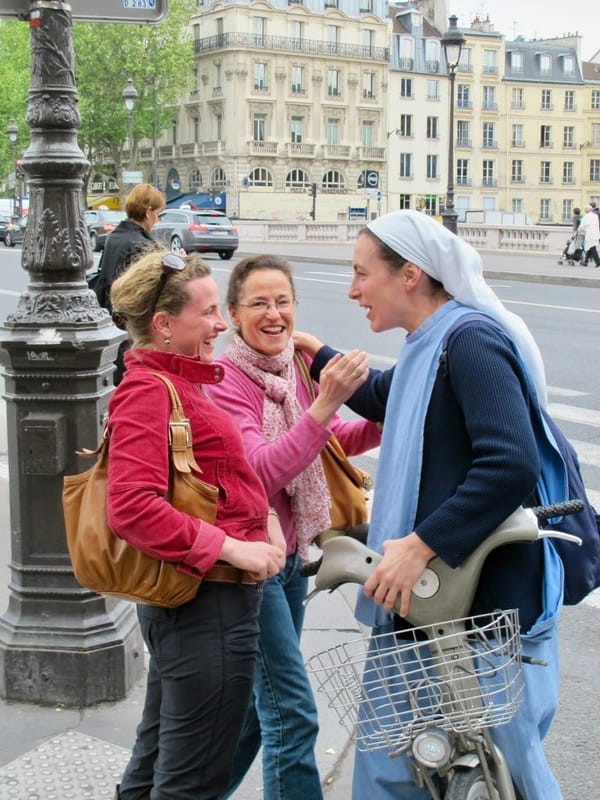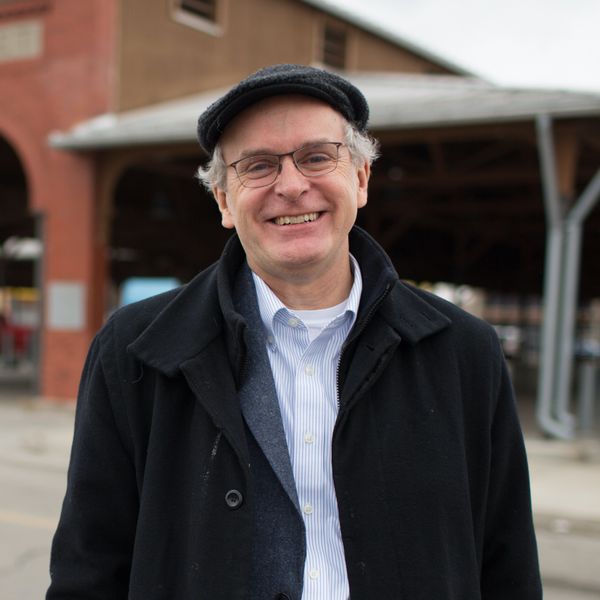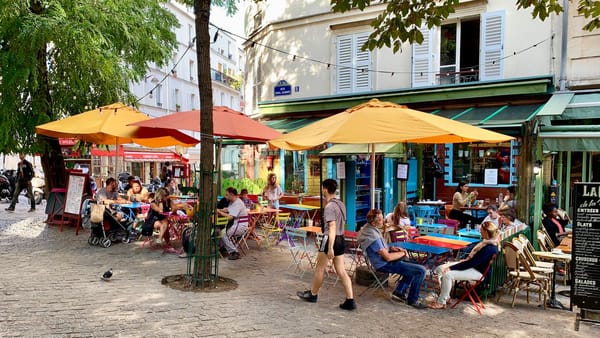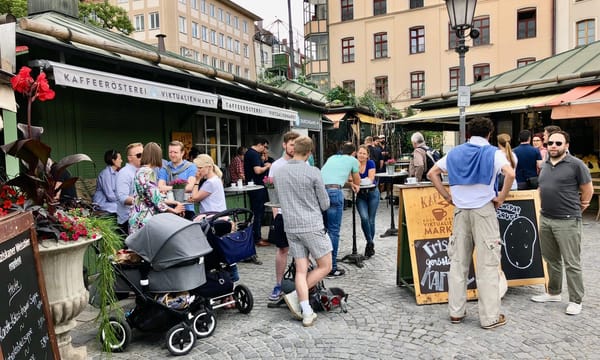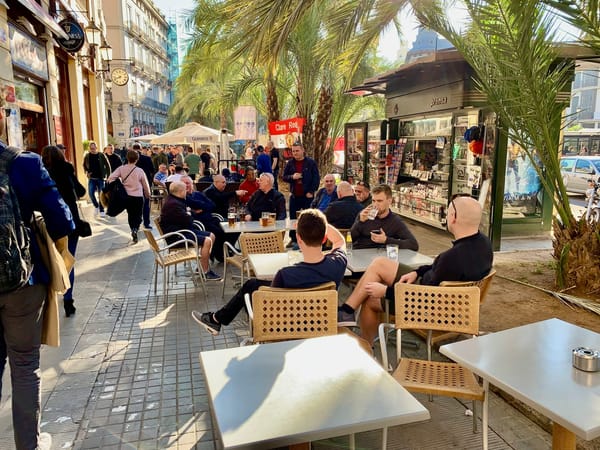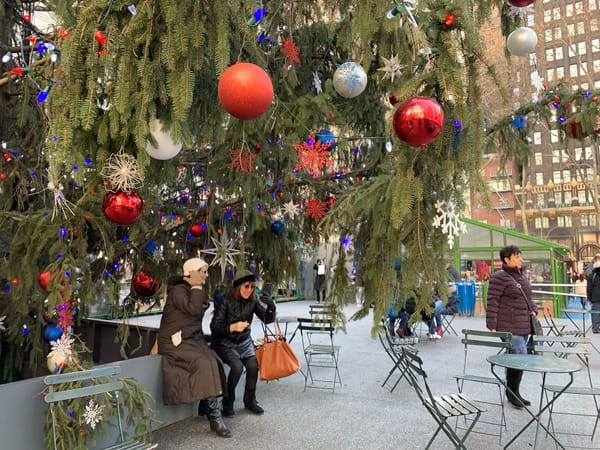For decades now, we have photographed street life, documenting how people interact and live their lives in public. In this series, which we call Social Life for All, we look at various different groups and how each of them spends time in public spaces. We've previously delved into how women use and move through public spaces, and how children bring a unique and joyful energy to them. We've observed the kind of places each group is drawn to, where they spend the most time and where they seem to enjoy themselves the most. These photos give us a glimpse into how people shape and are shaped by their environments. Knowing what different groups of people like and need from their public spaces gives us inspiration for how to make better public places that are welcoming for everyone.
Men's need for social connection is often overlooked, but social disconnection is a serious problem that leads to loneliness and various mental health issues. Because of the collective tendency to play down these issues, unique risks arise. For example, there is an epidemic of loneliness in the US, and lonely people are more likely to experience depression and suicidal ideation, with men's suicide rate being close to four times higher than women's in the US. For this, among other reasons, men's need for social connection cannot be an afterthought.
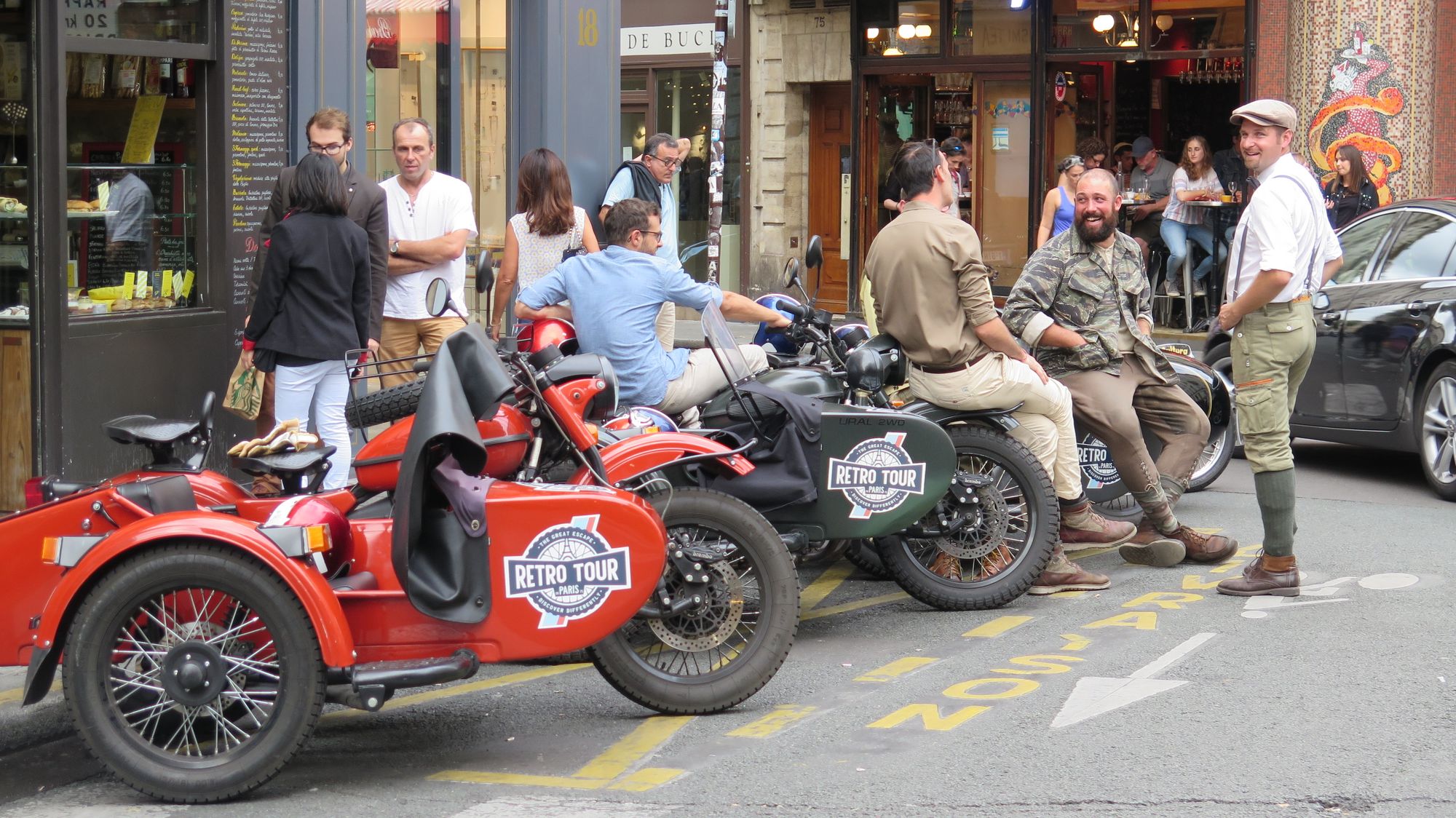
In fact, USA Today recently published an article titled Boys and Men are Lonelier Than Ever. What Can We Do About It? While certainly not a panacea, one thing we can do is create more places where men can make friends and maintain friendships. The photos in this post represent some of the best examples of such places we've found.
Conversation – making a point
Places that give us an opportunity to stop comfortably for long enough to have a conversation are incredibly important. These are the places where we really connect. But what are their "ingredients"? Places to sit, perch or lean with others, such as benches, outside seating, and even ledges, steps, and bollards, are the perfect catalysts for social interactions.
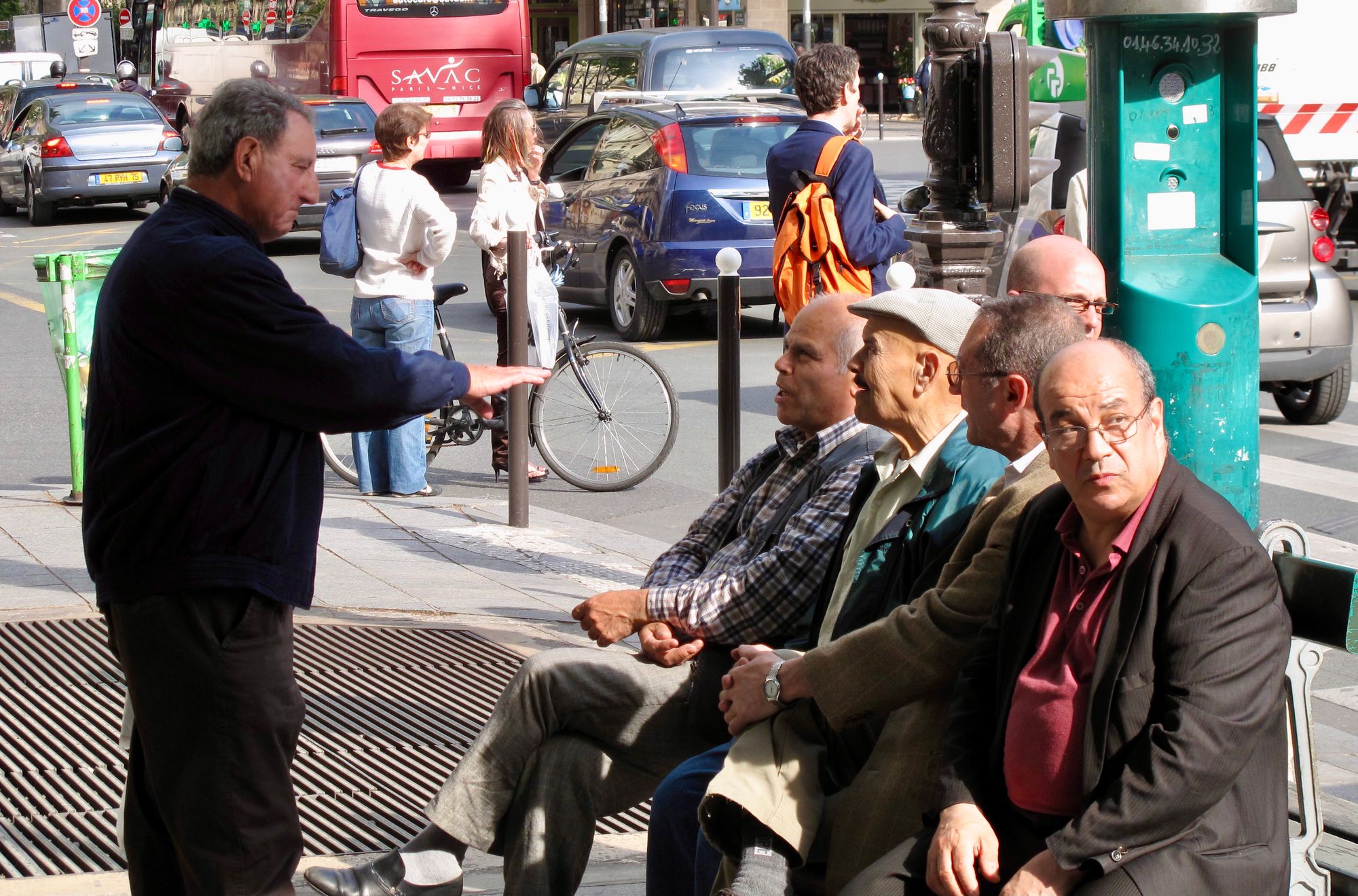
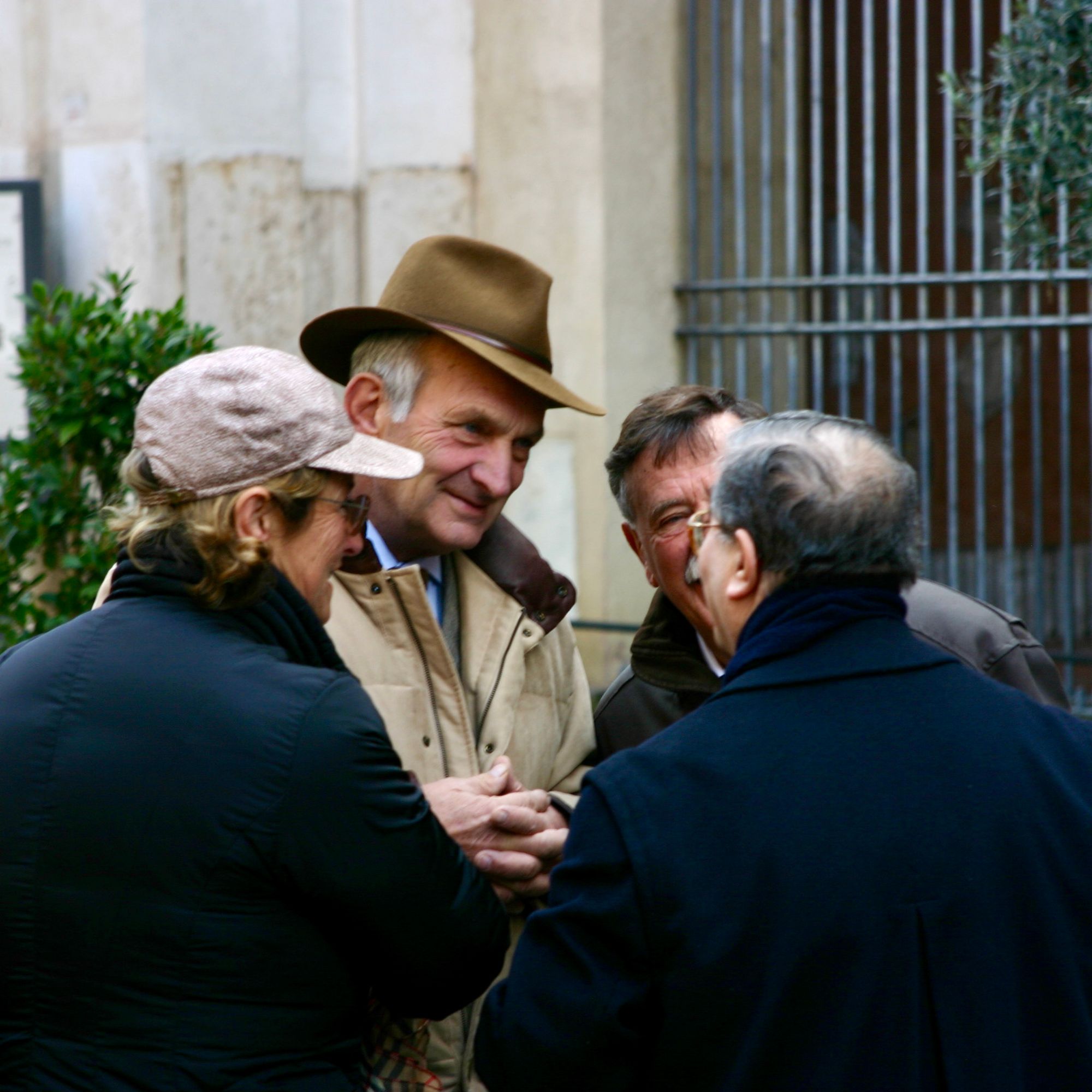
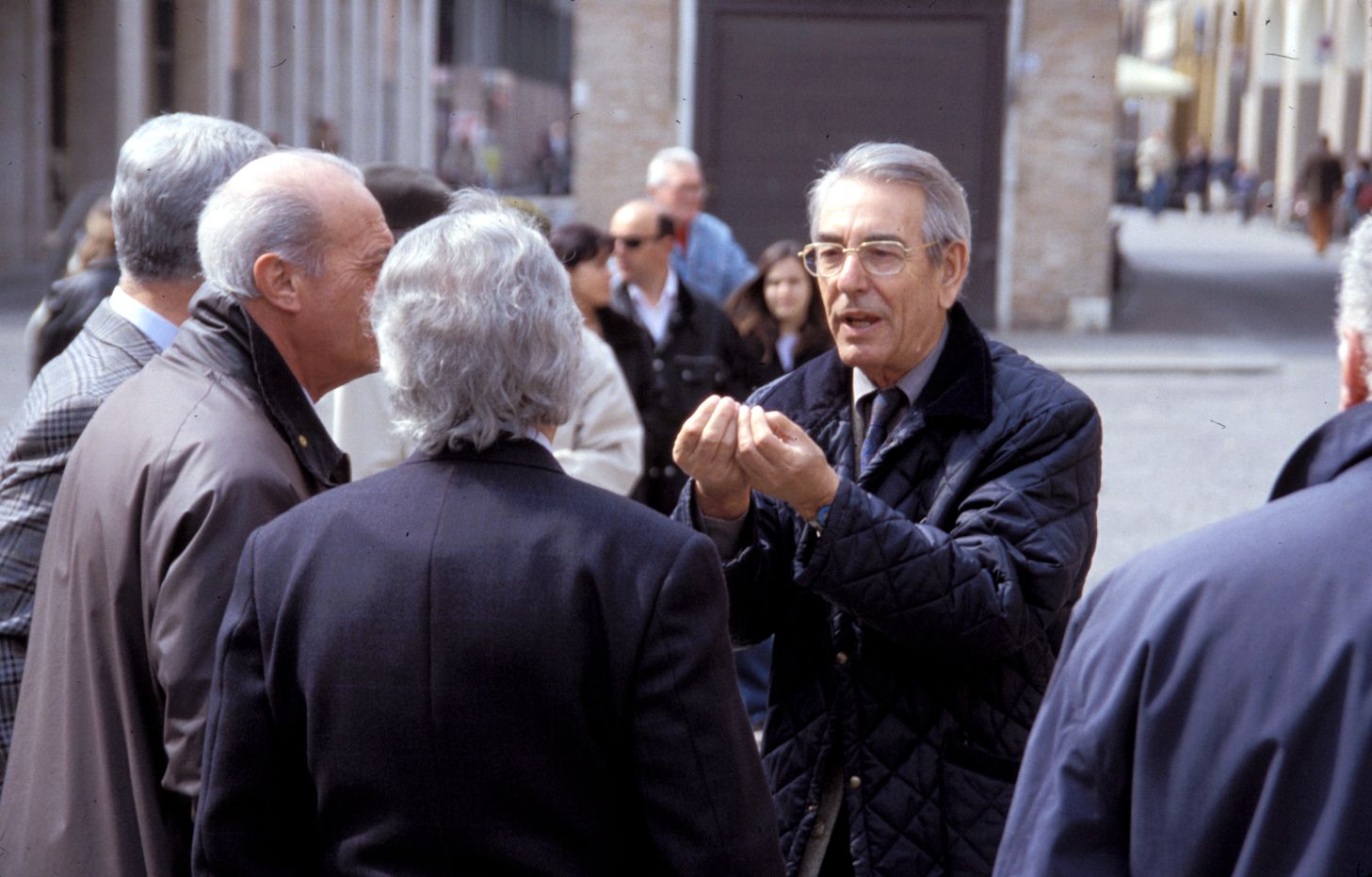
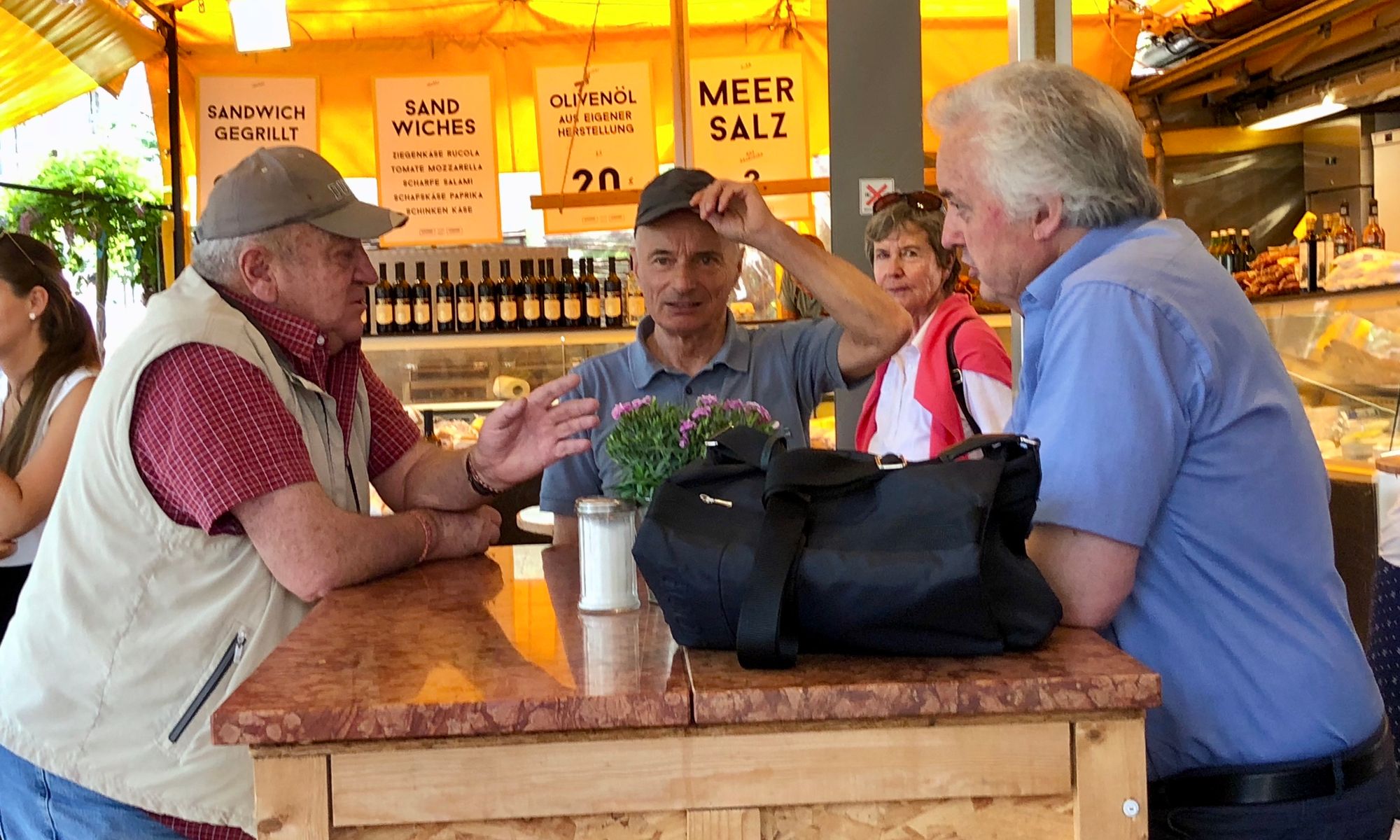
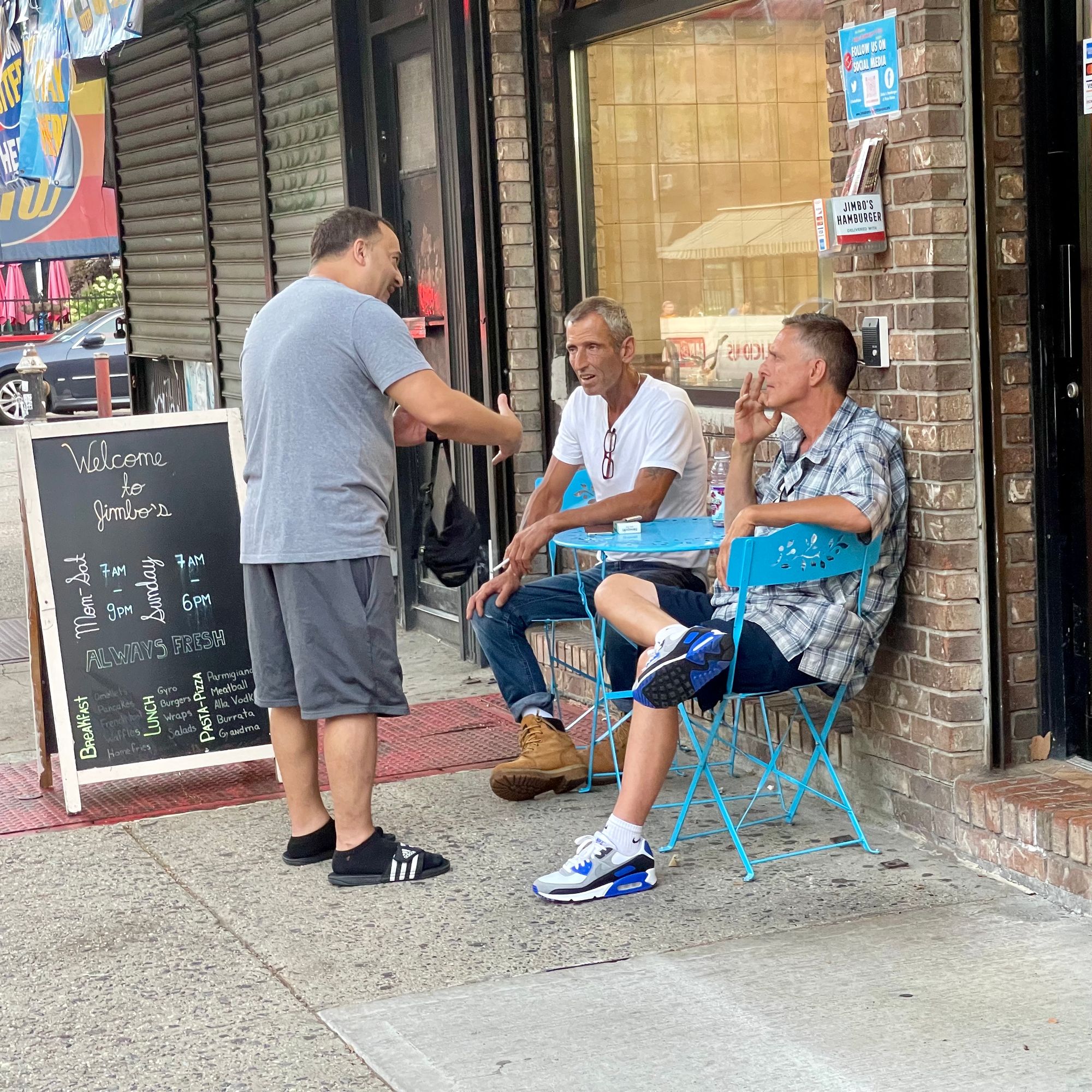
"The less men think, the more they talk." -Montesquieu
Bollards
Bollards are critical features not only for safety but because of how they act as props that invite hanging out at the corner. They often serve as leaning posts that anchor spontaneous conversations.
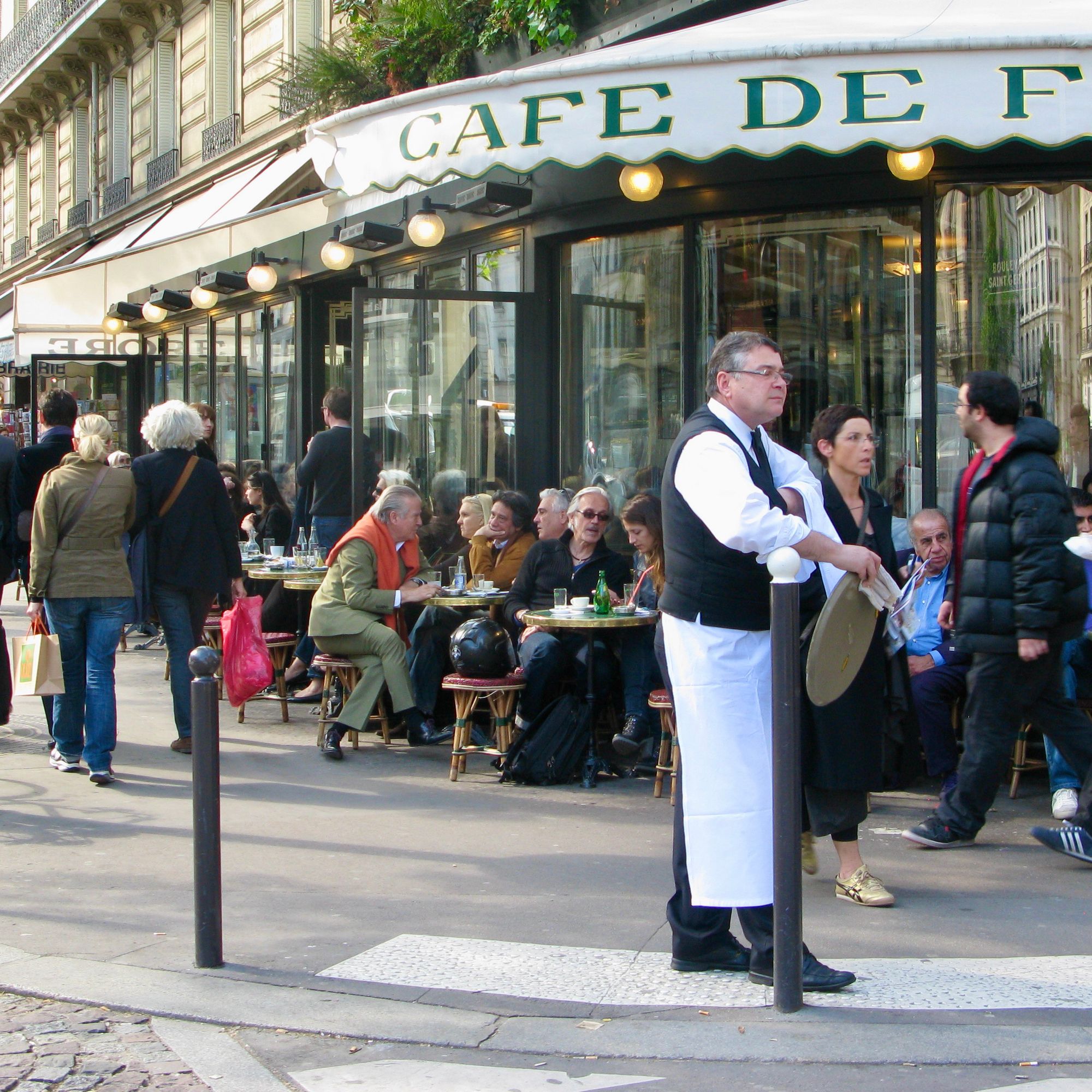
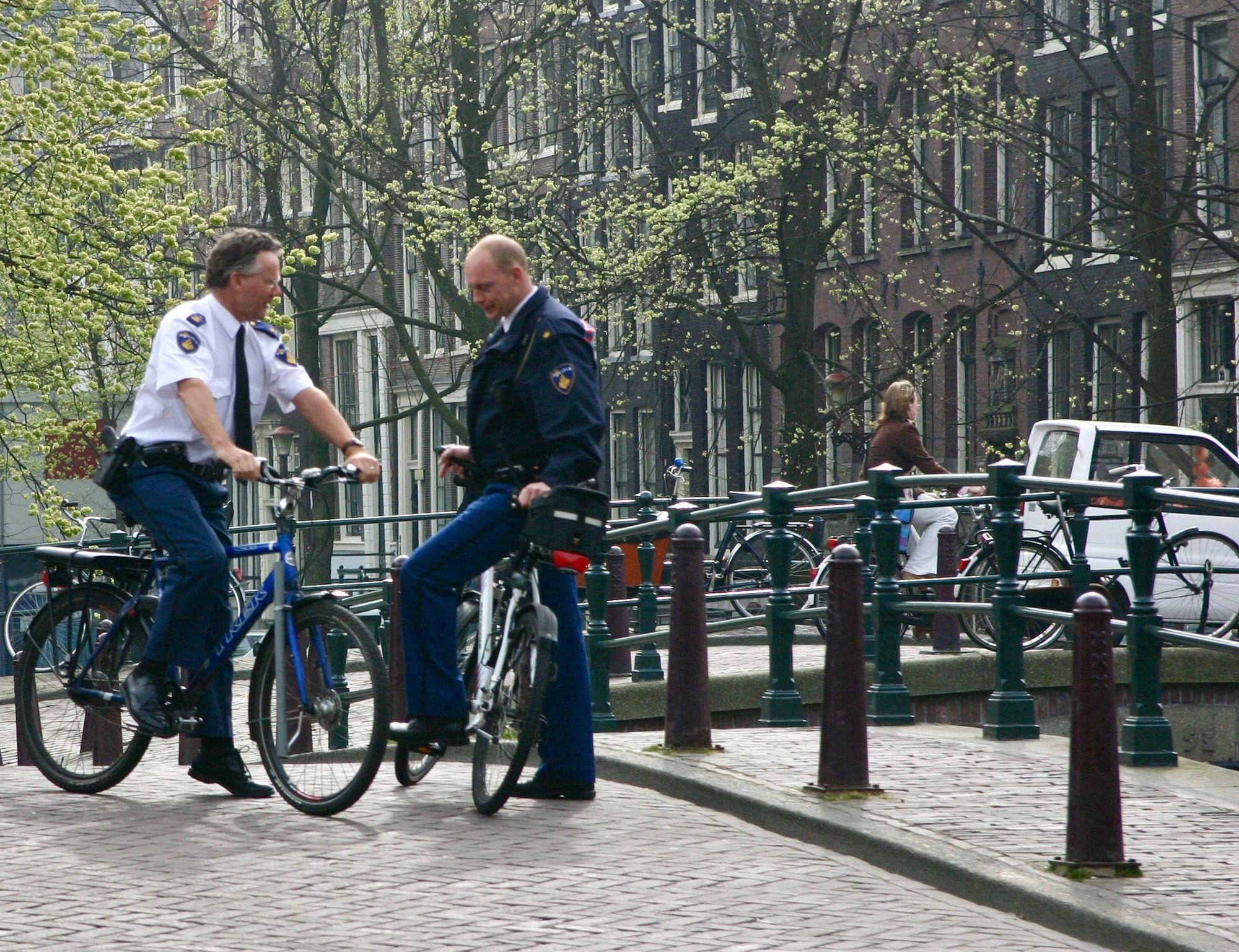
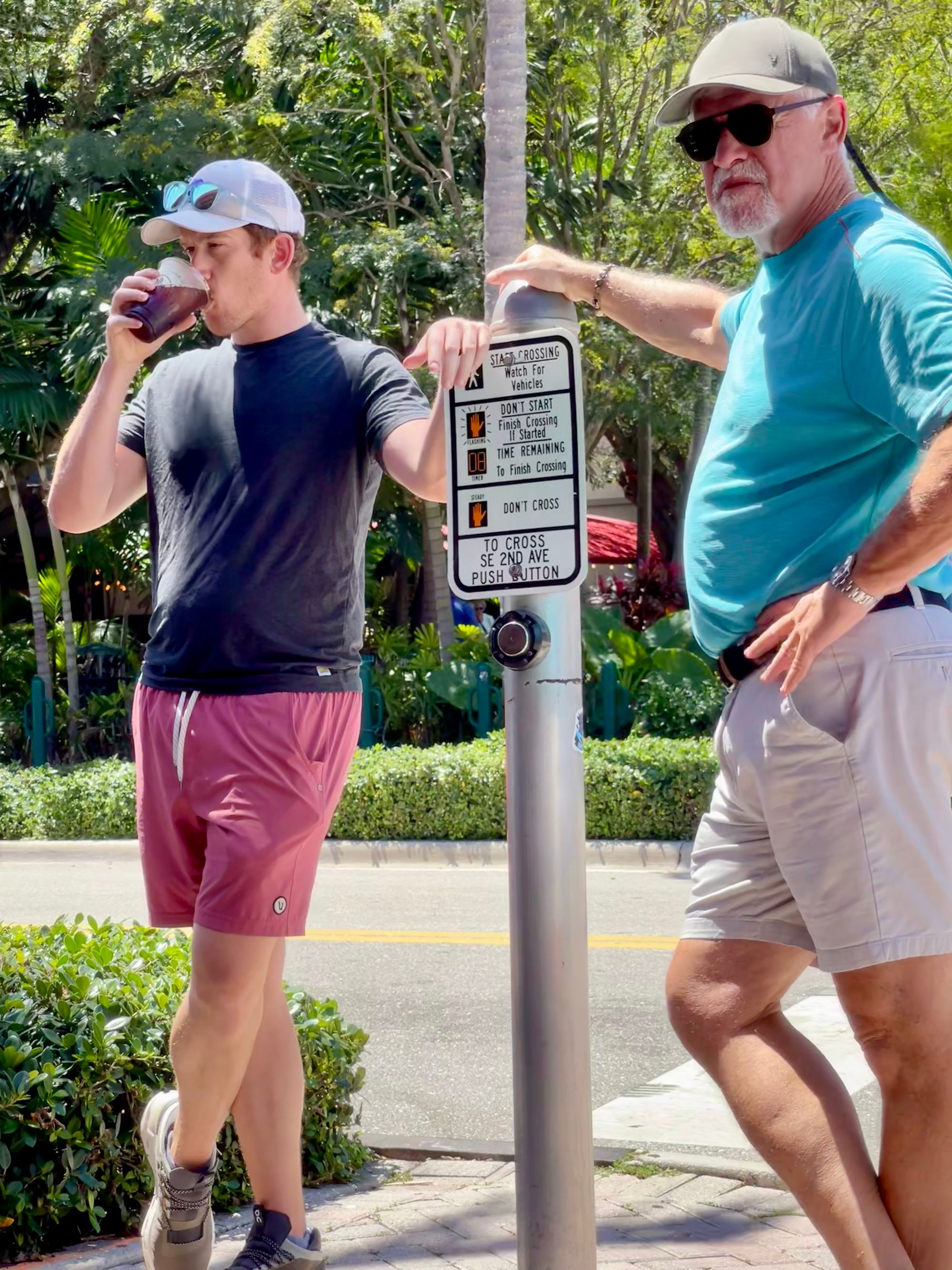
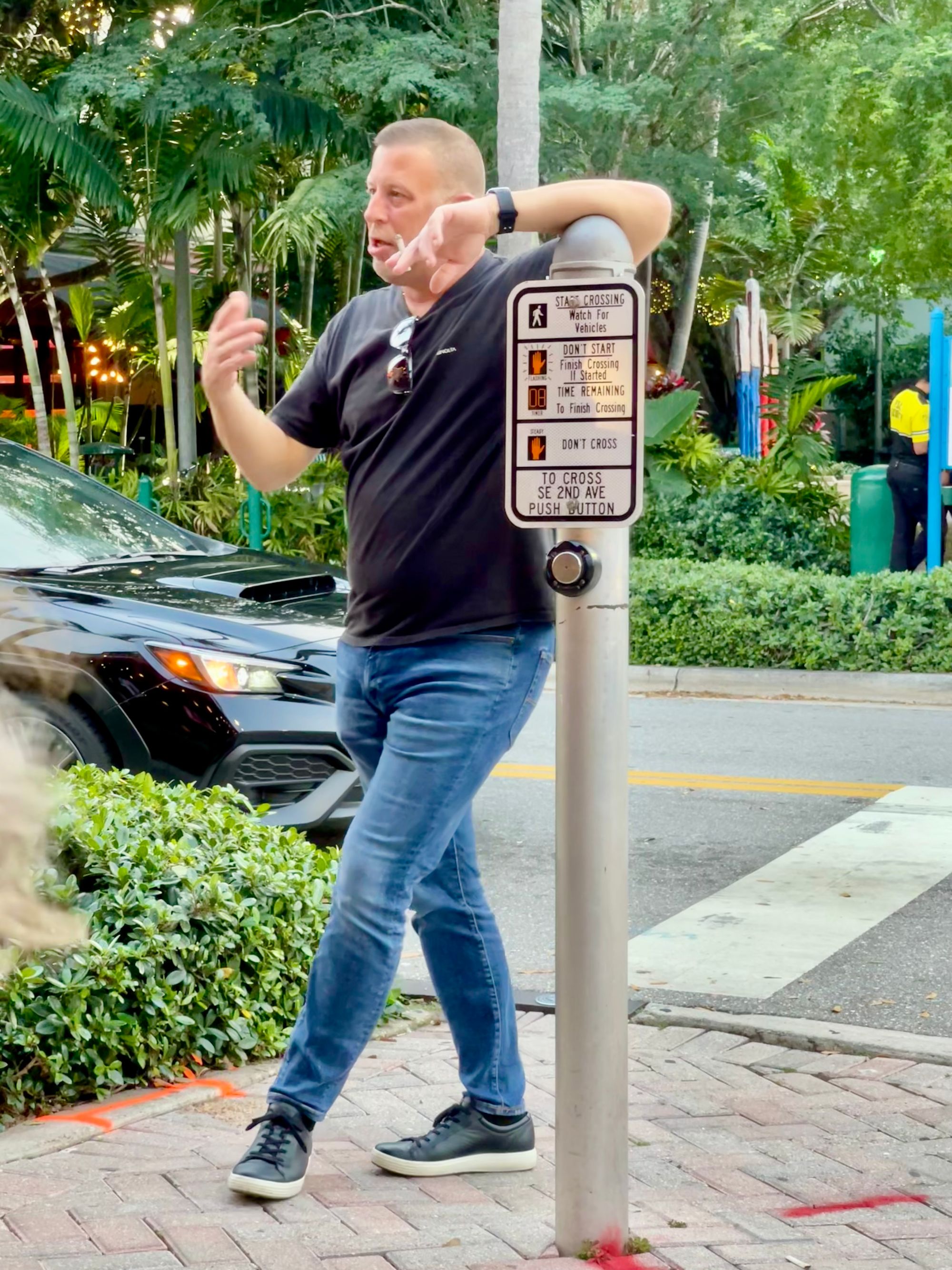
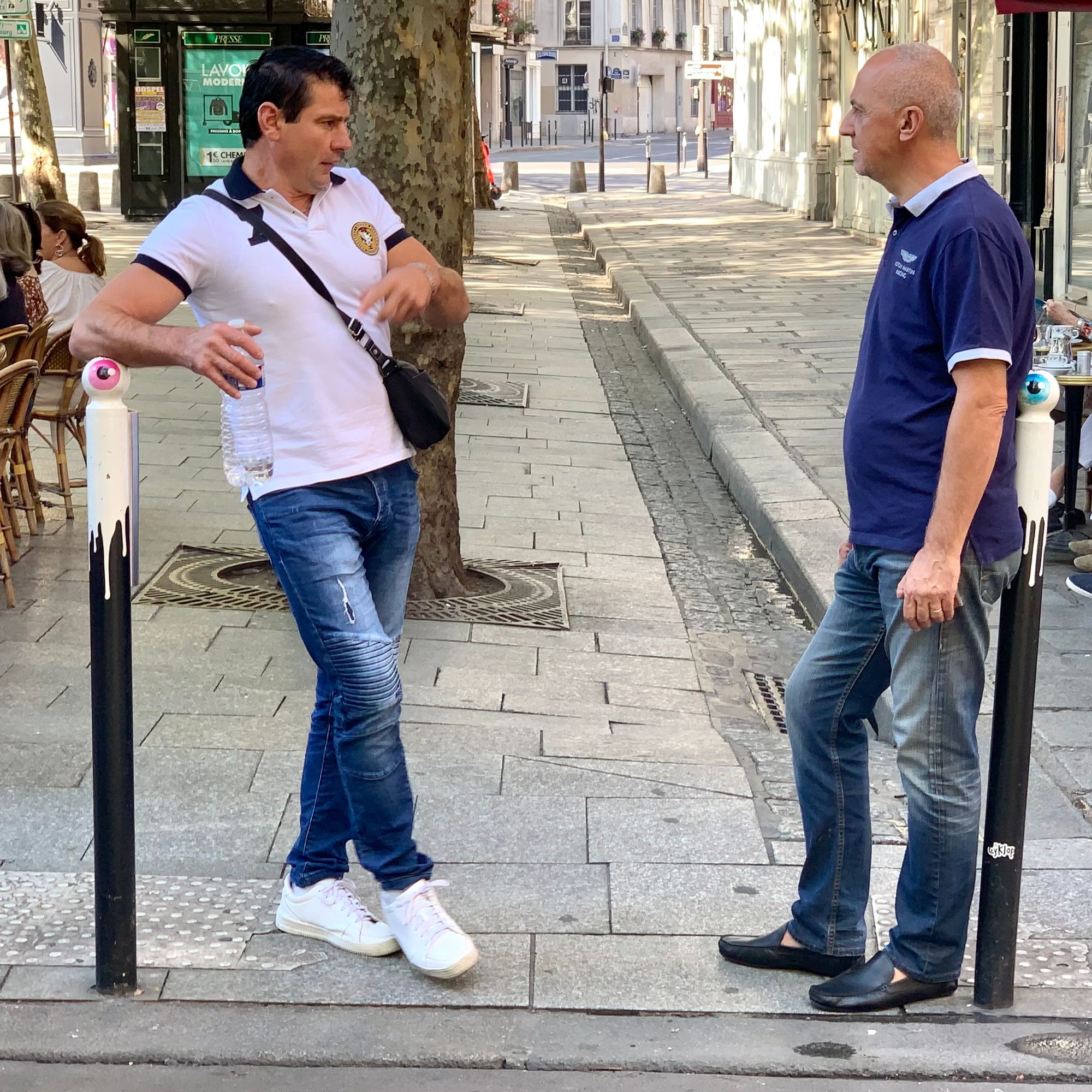
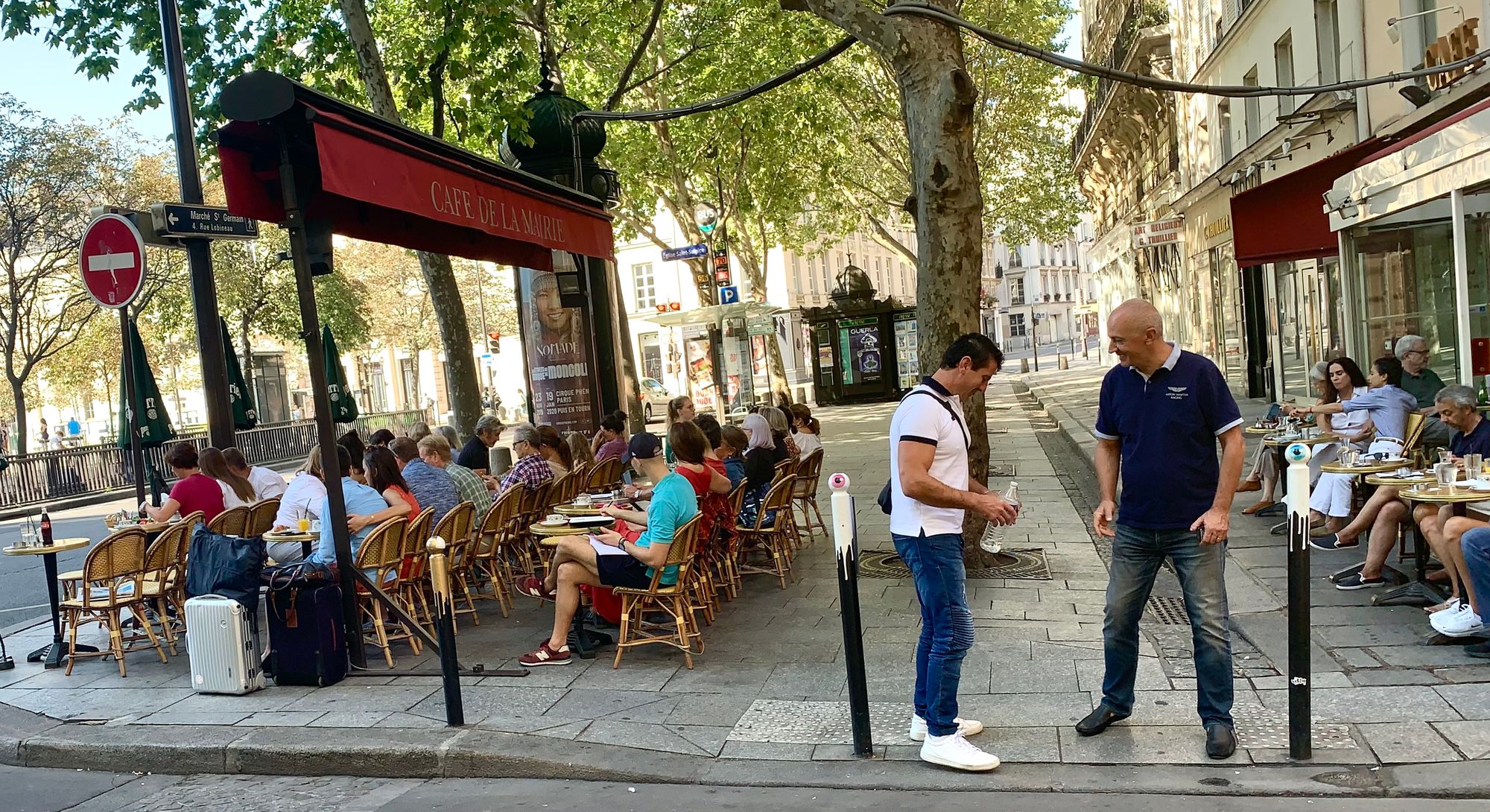

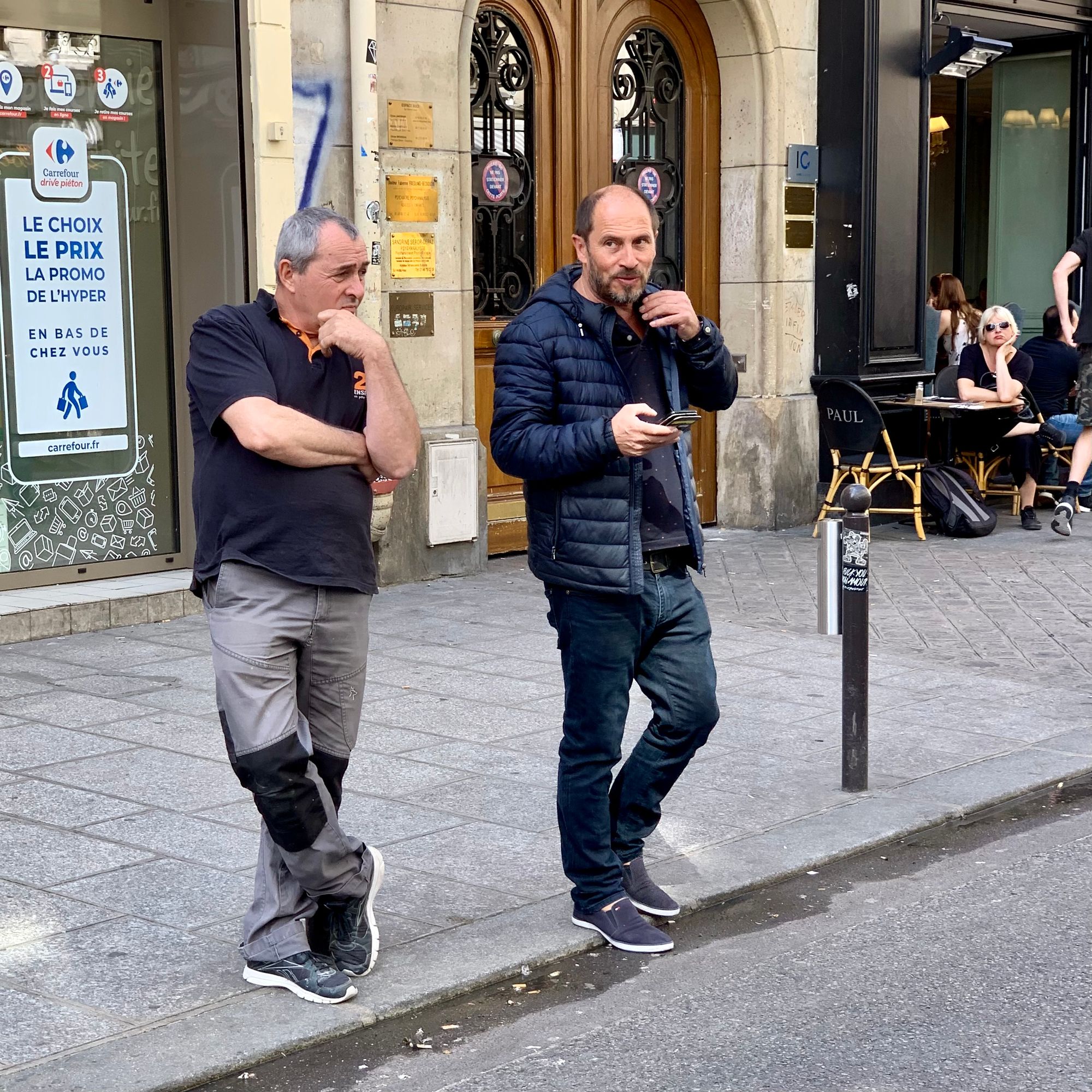
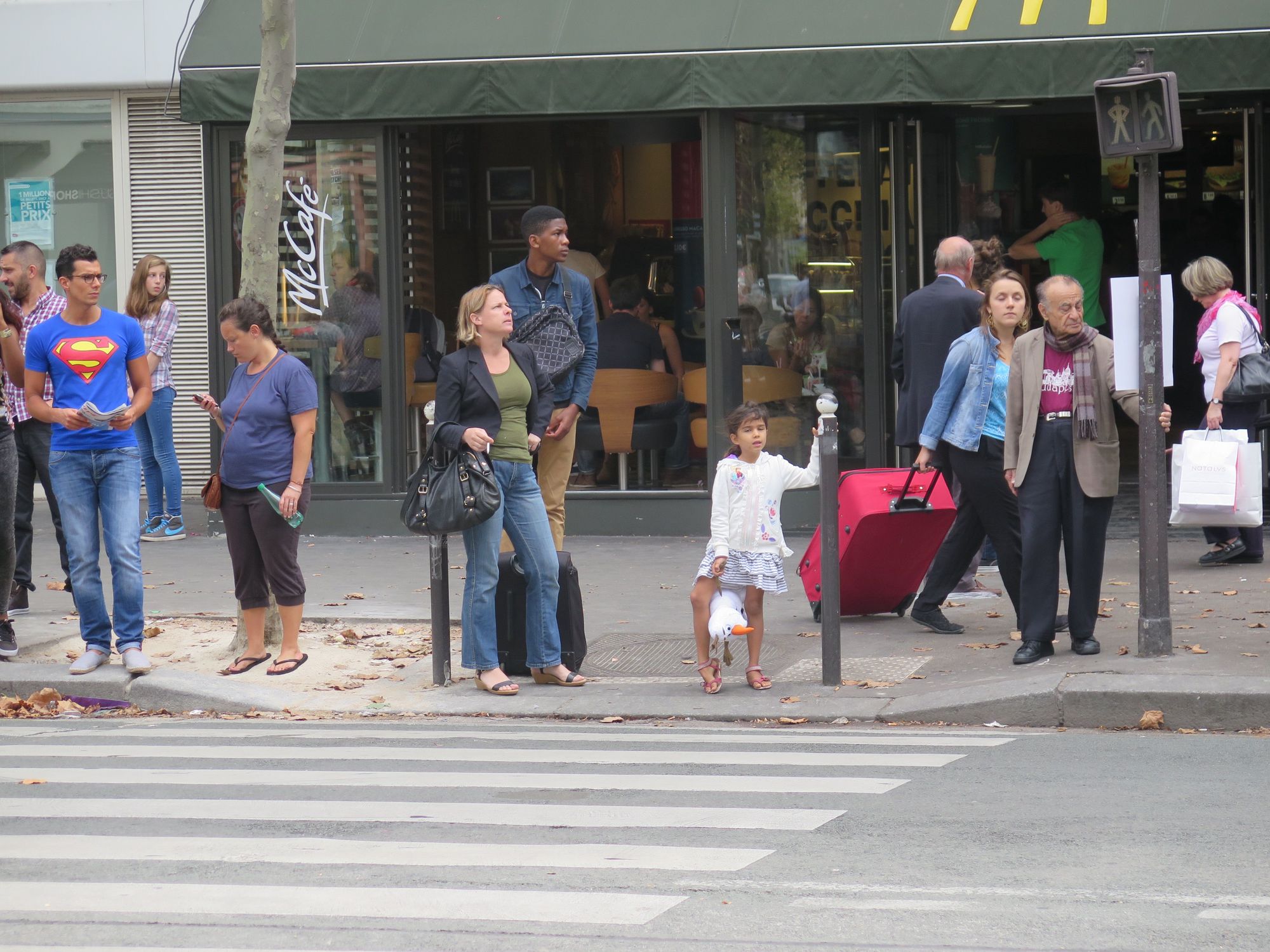
Performance
Men expressing themselves through art and performance creates a vibrant and lively atmosphere with positive energy all around. Making sure that public spaces make room, both physically and through programming, for diverse performances is part of how we can all access and be part of artistic expression in our everyday lives.
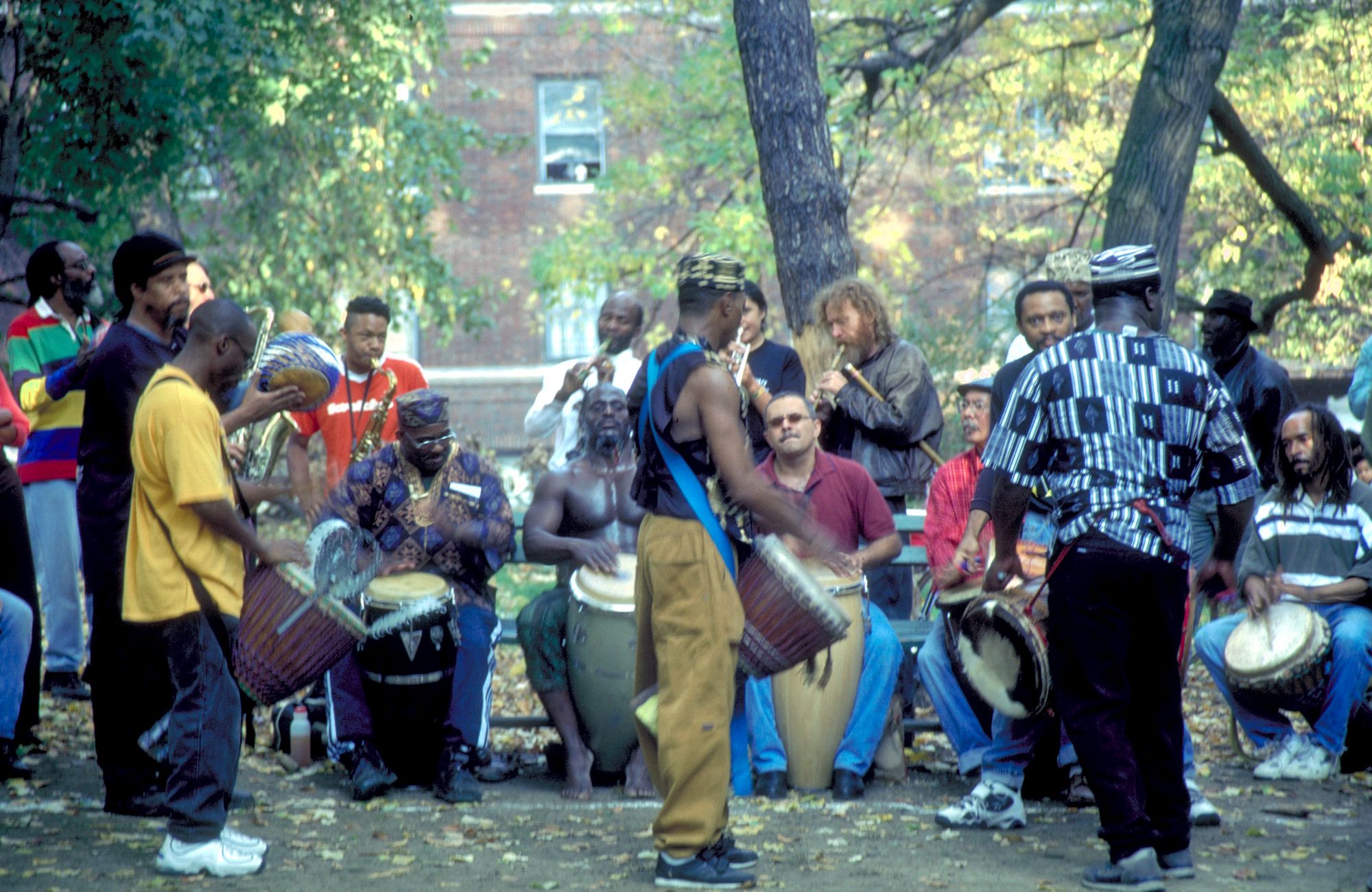
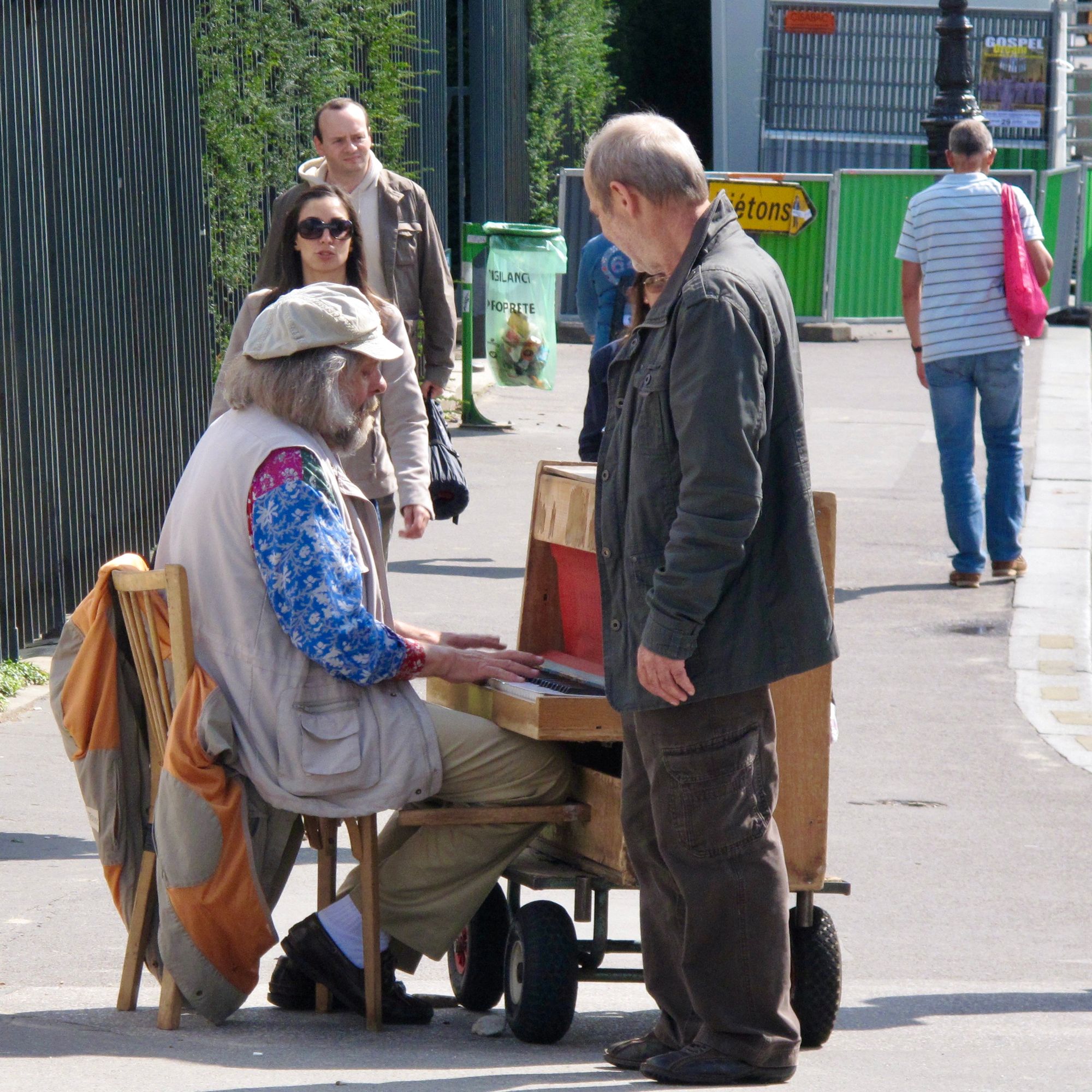
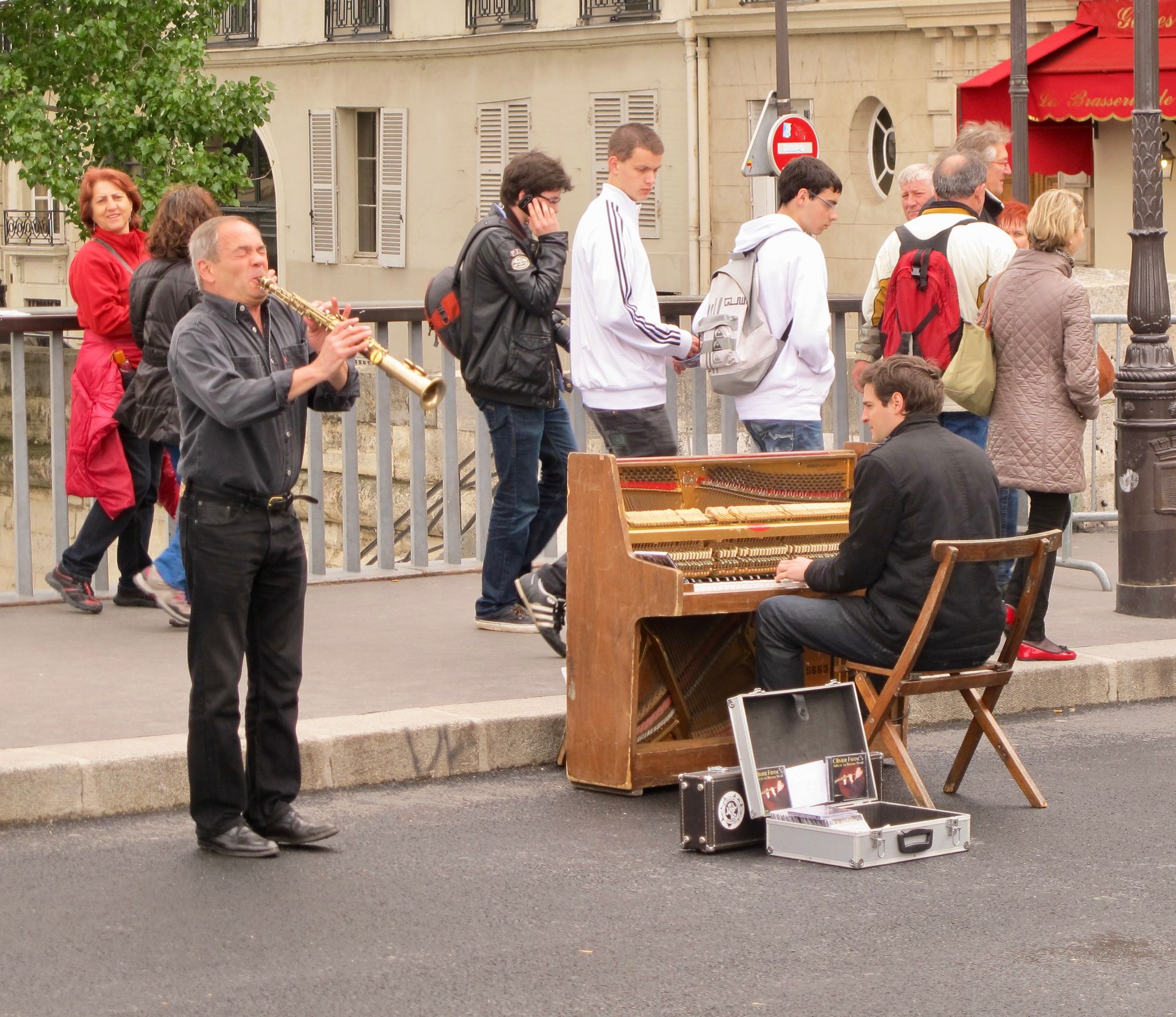
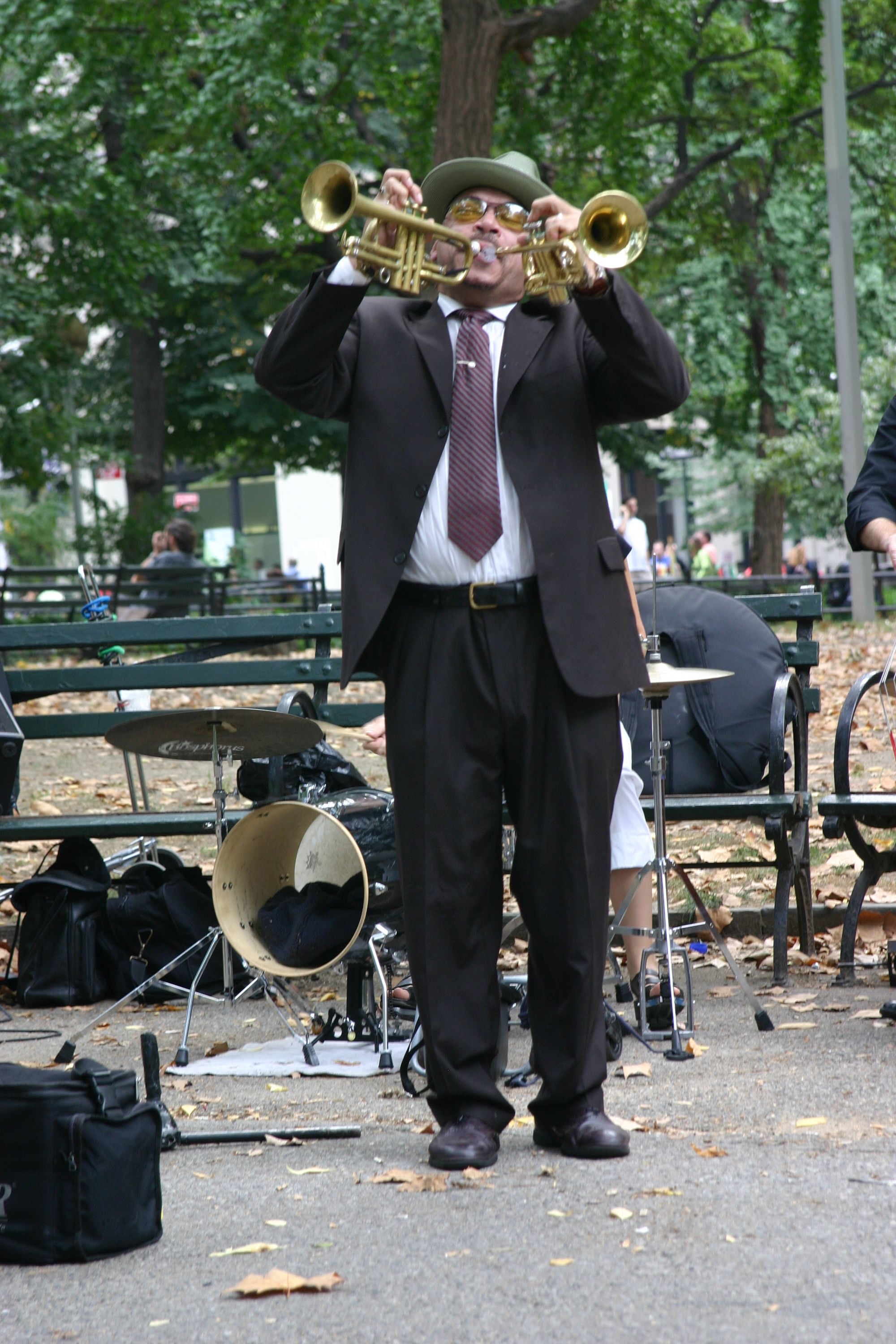
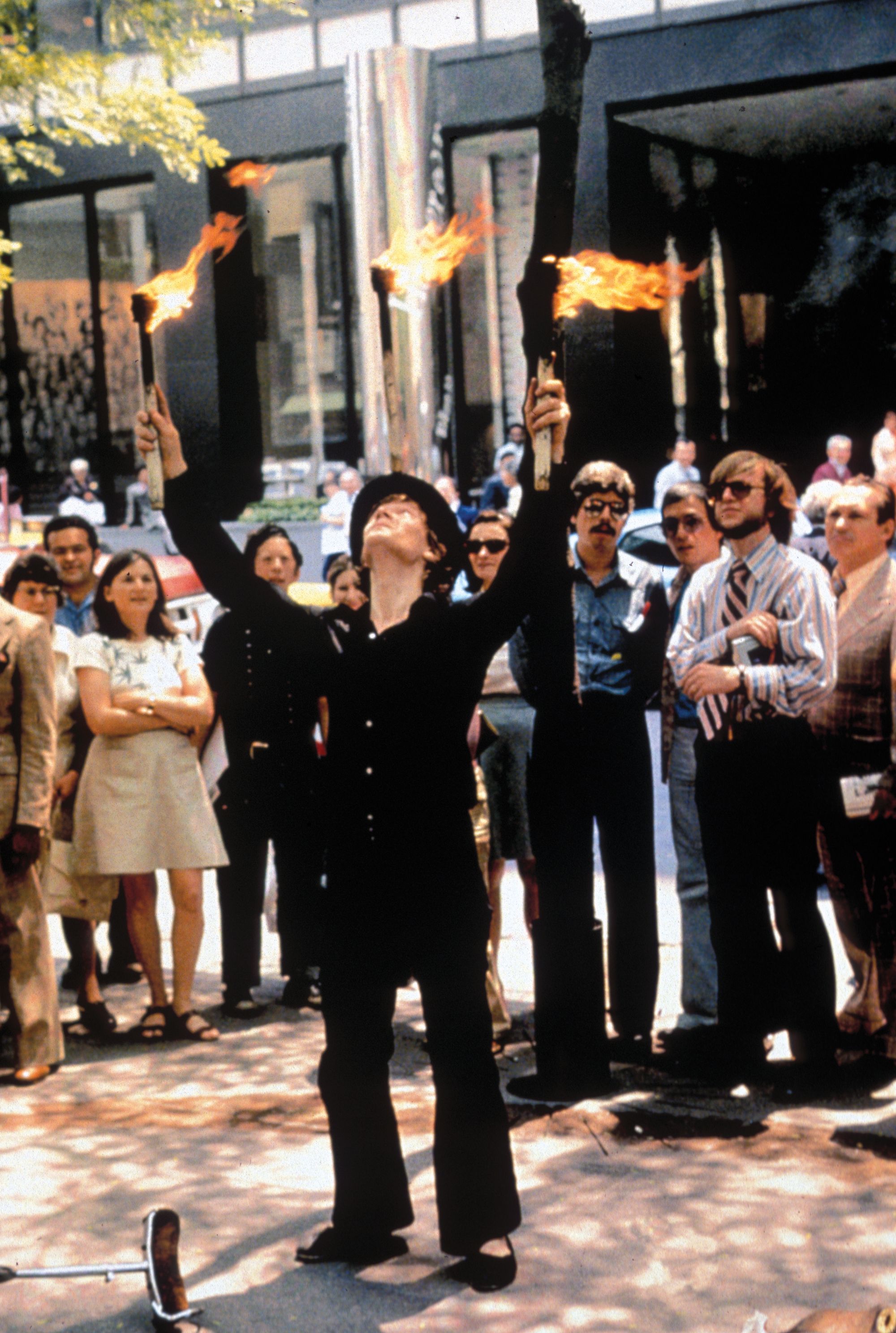
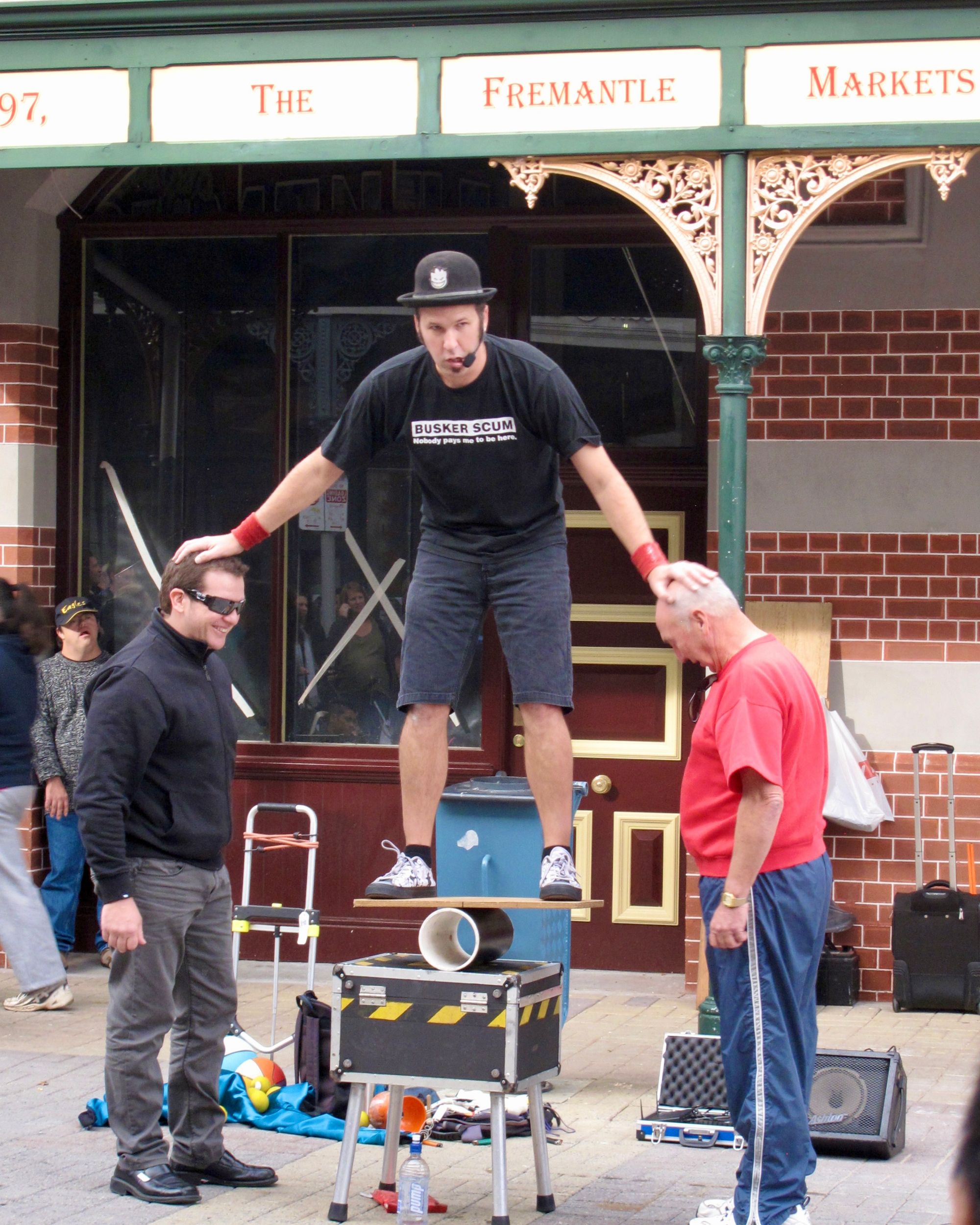
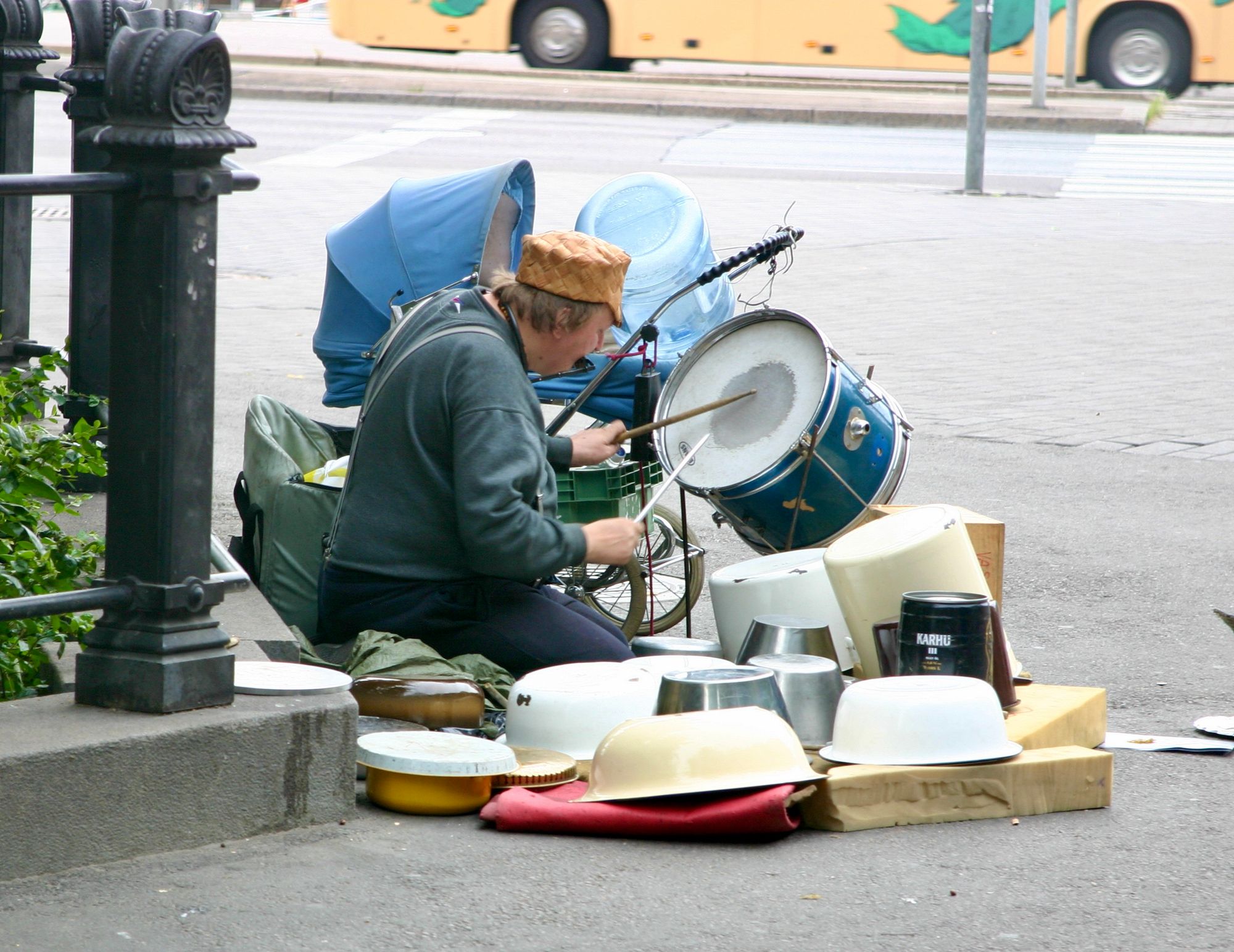
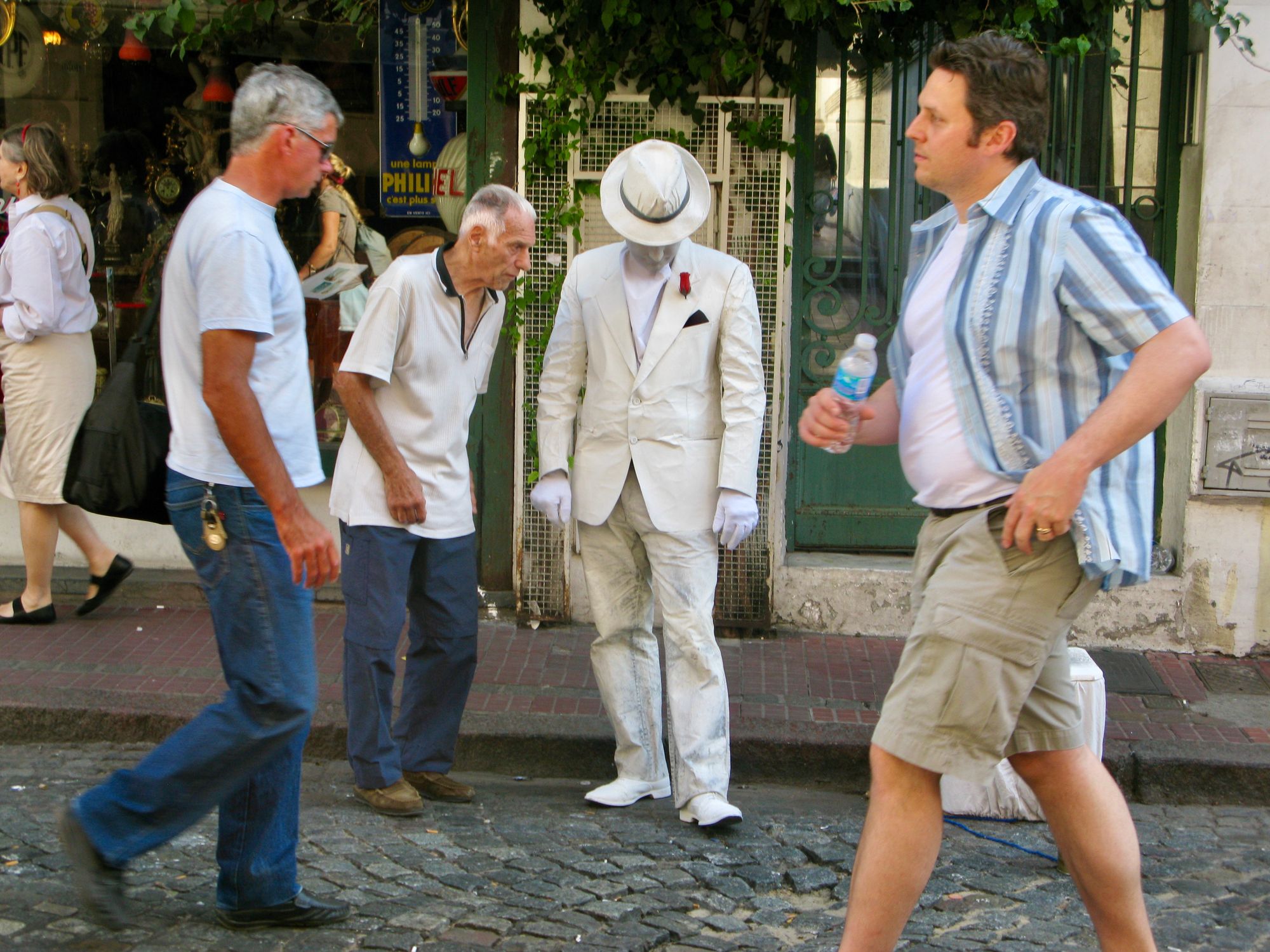
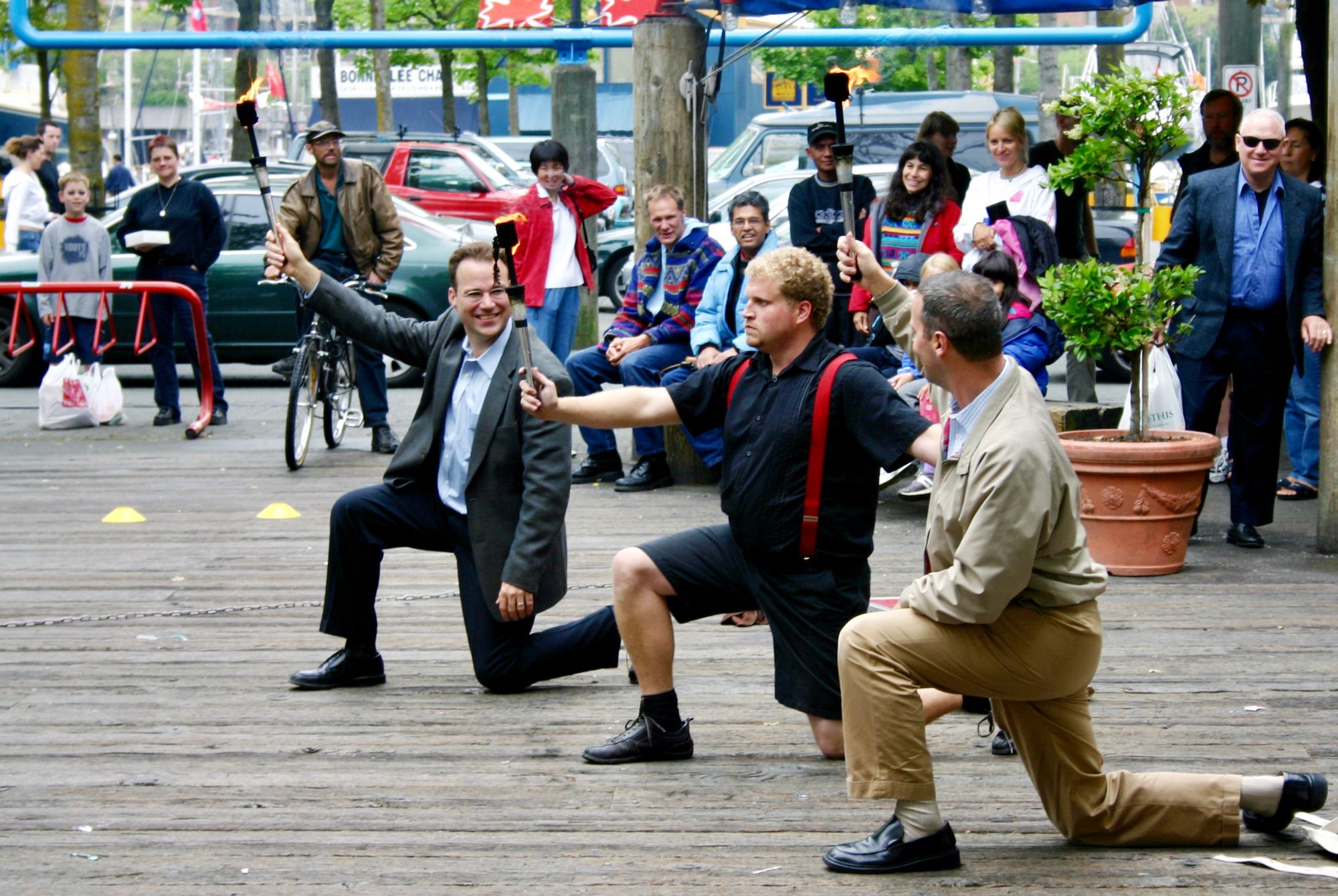
Special interests and attractions
Though no one group shares the same interests, it is always worthwhile to make space for the presence of special-interest events. Whether that is by opening up an antique car show, or scheduling regular performances, reflecting diverse interests is key to drawing people in and helping them connect.
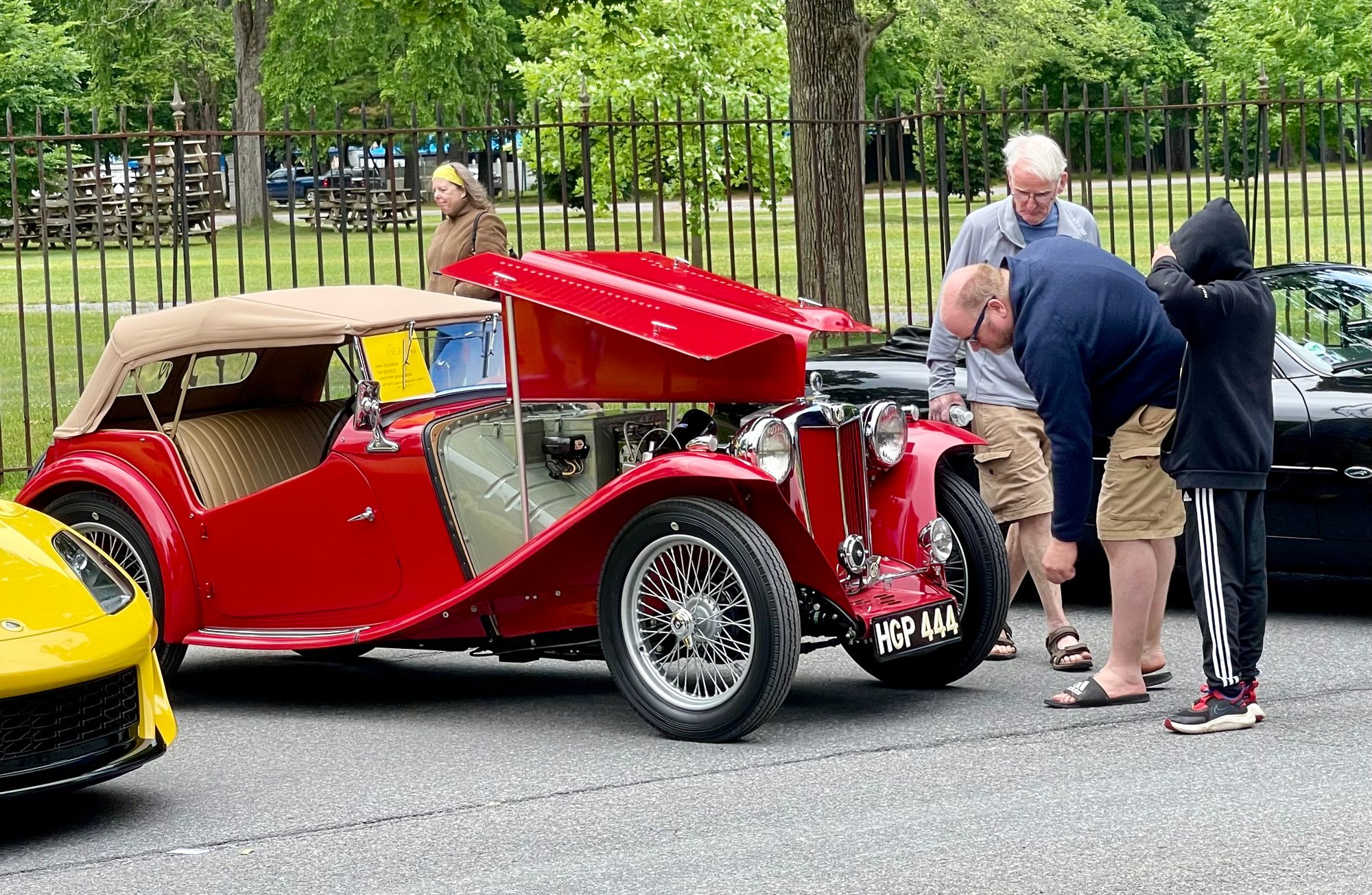
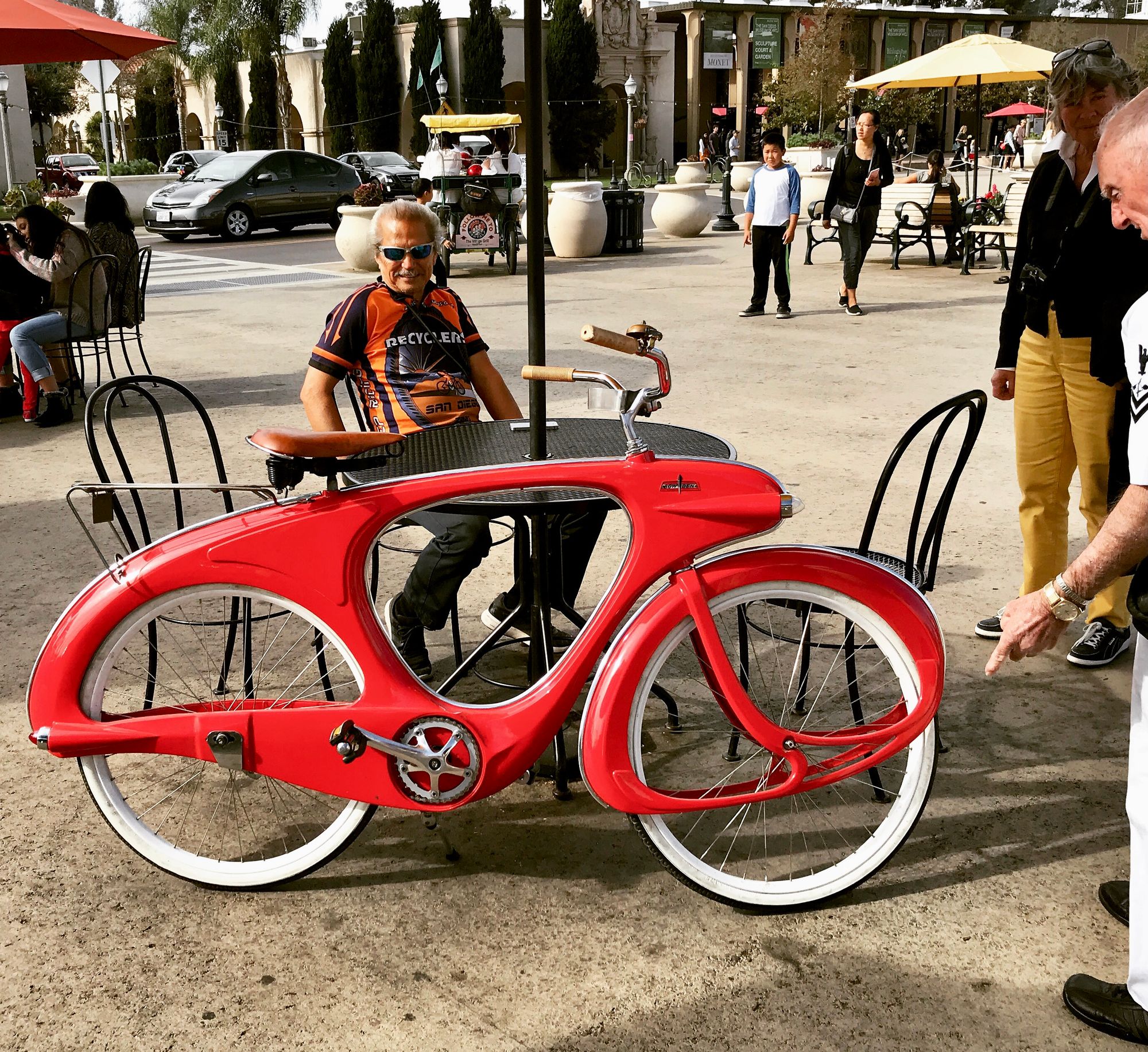
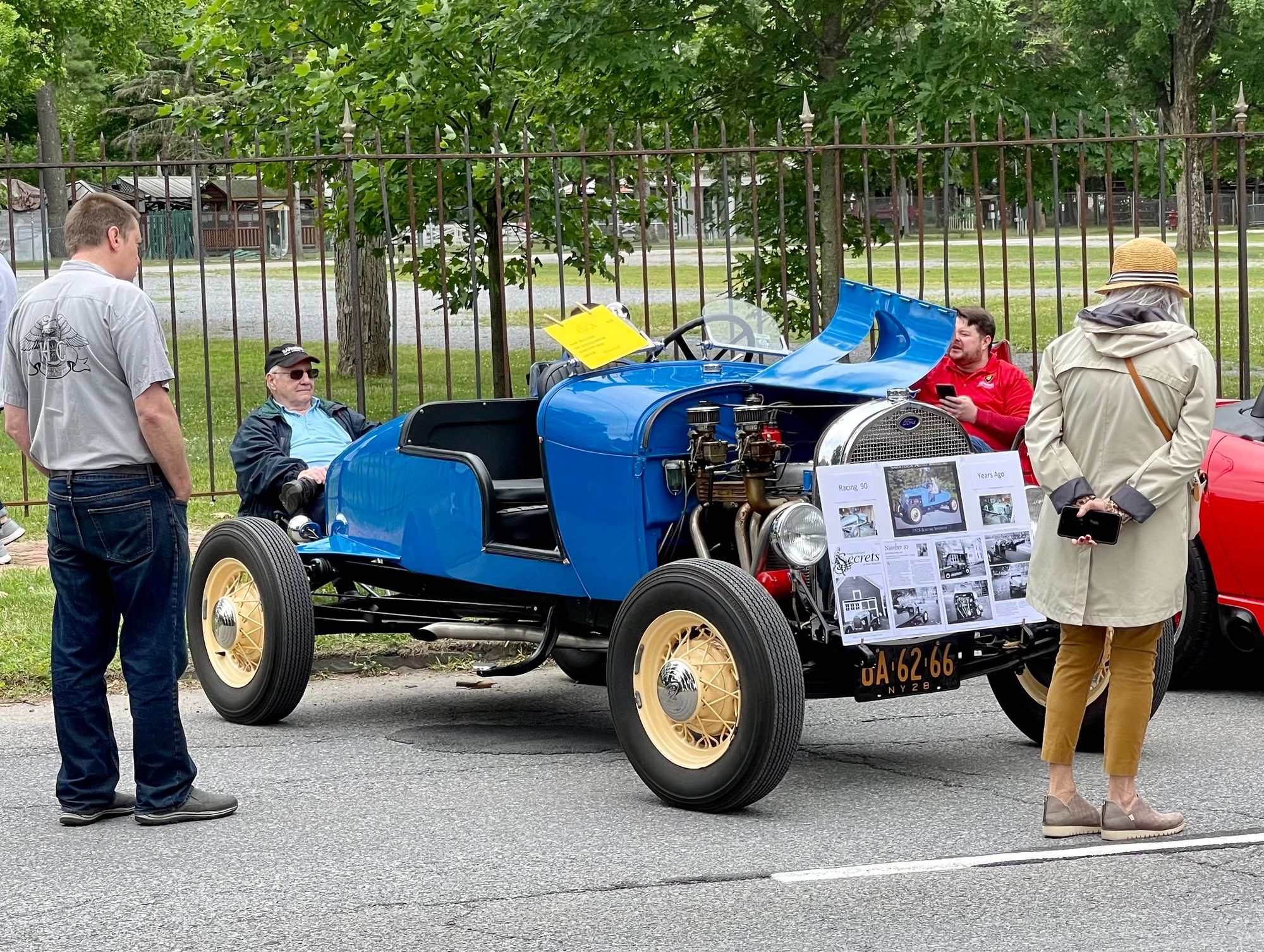
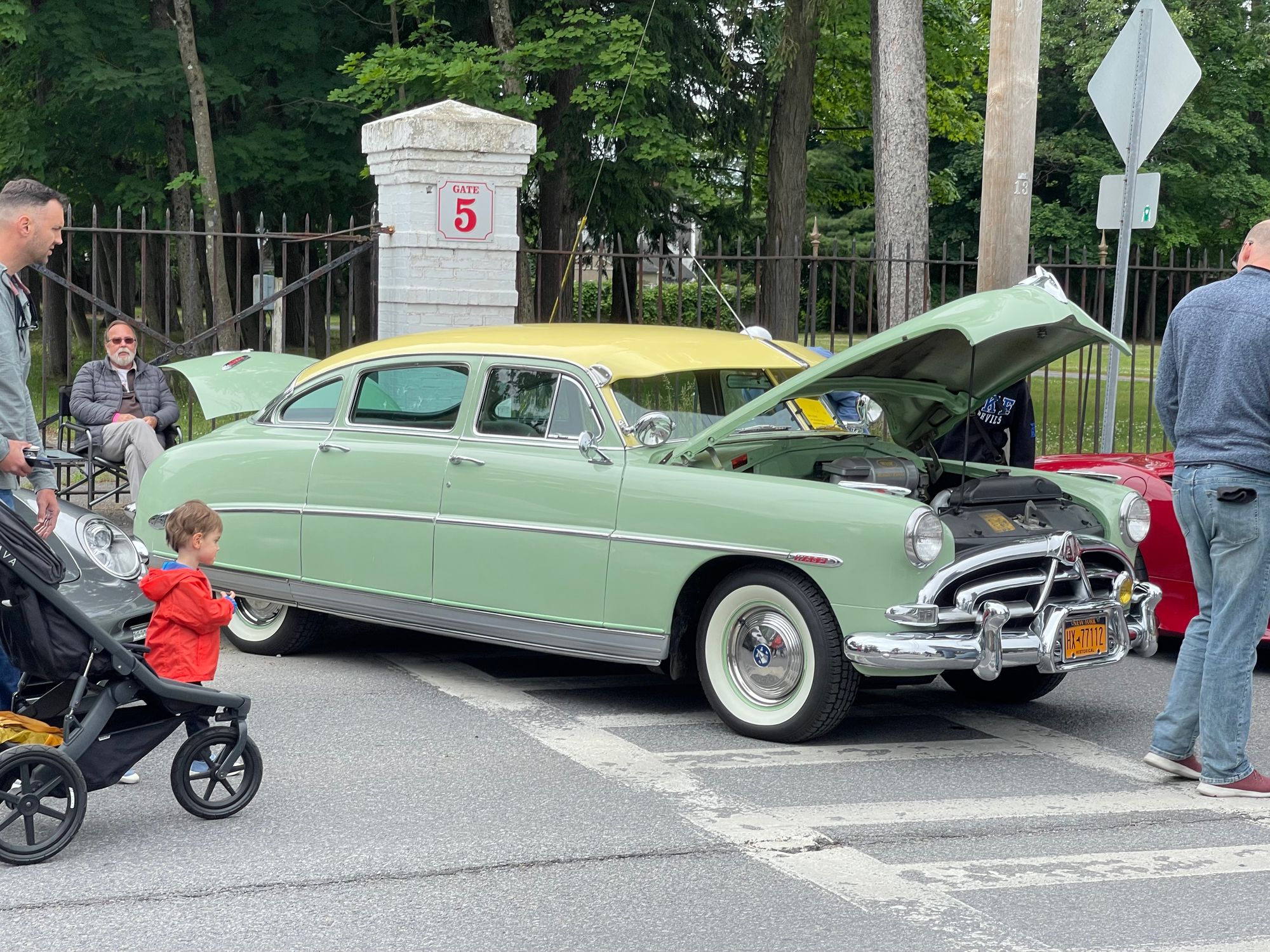
Men and commerce
When commercial offerings spill onto the street through stands, kiosks and displays, business activity blends with social activity as customers and vendors interact in an often friendly way, bringing the street to life.
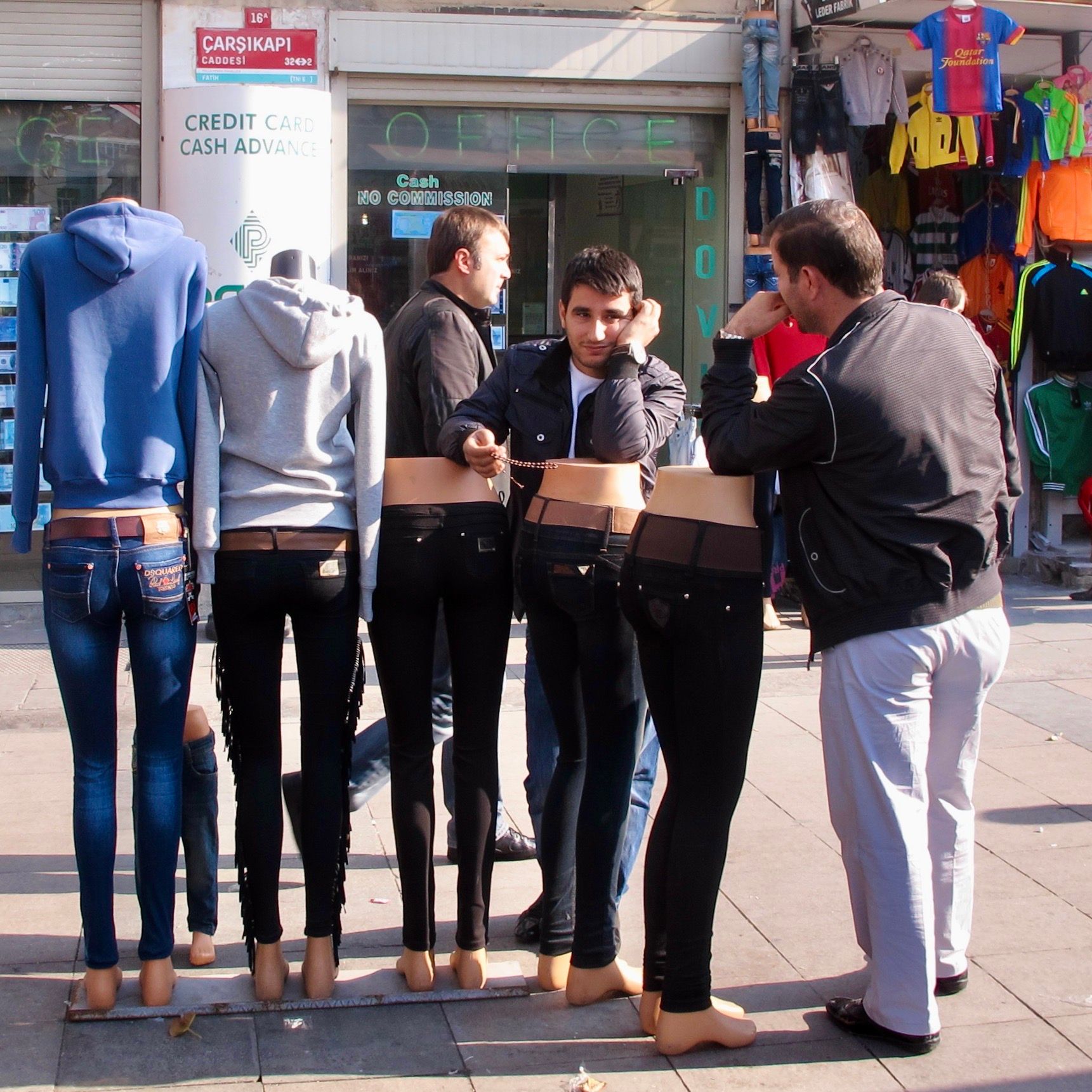
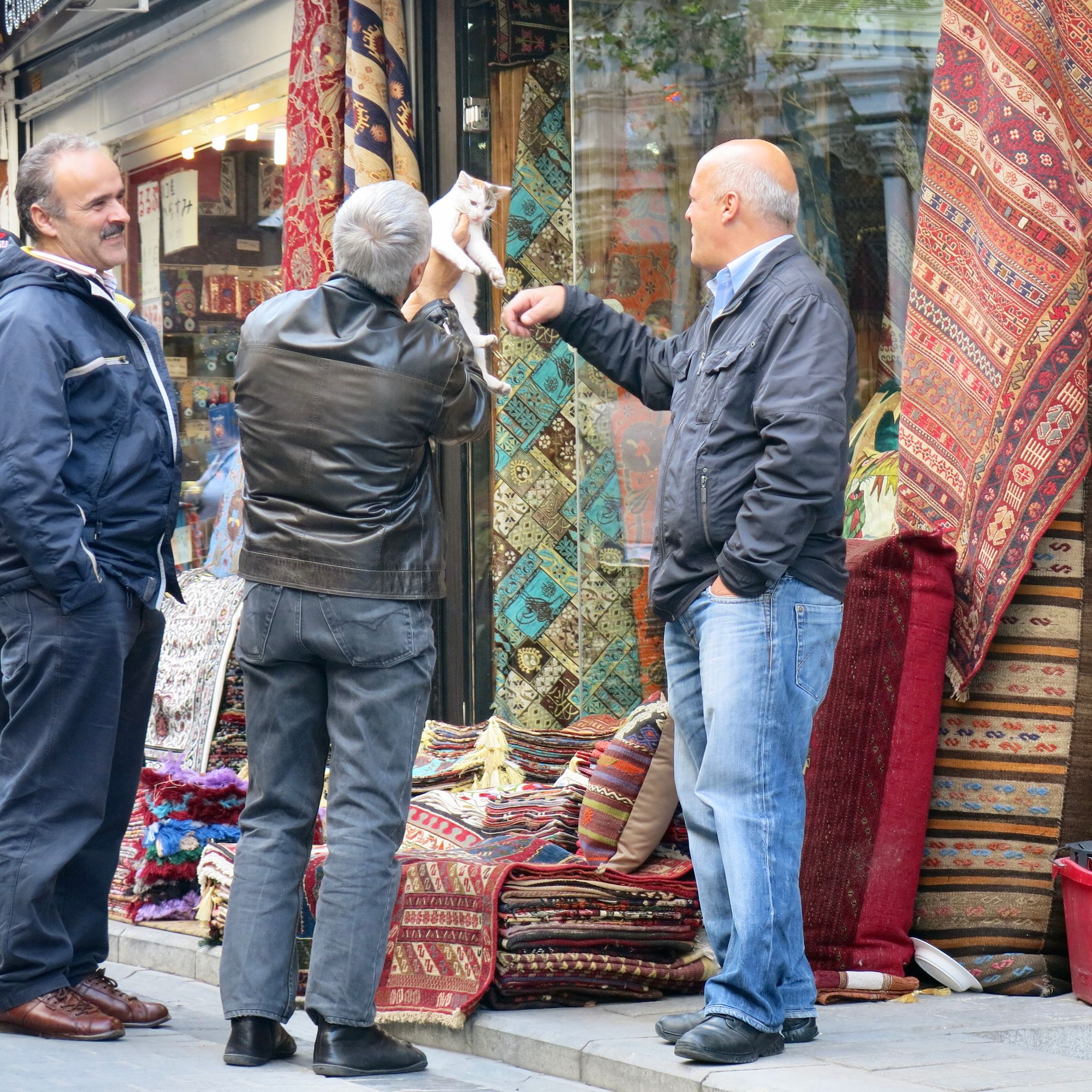
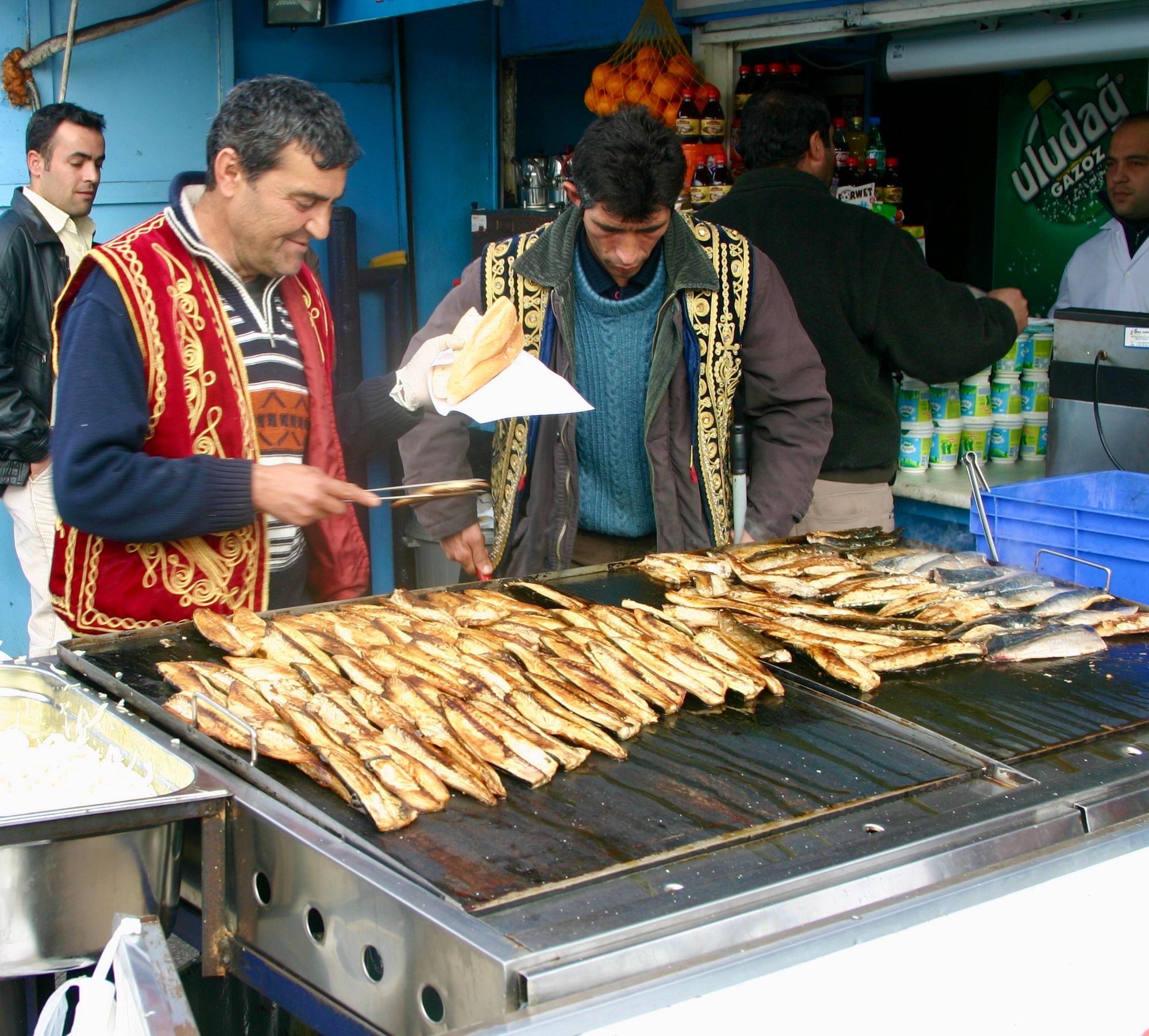
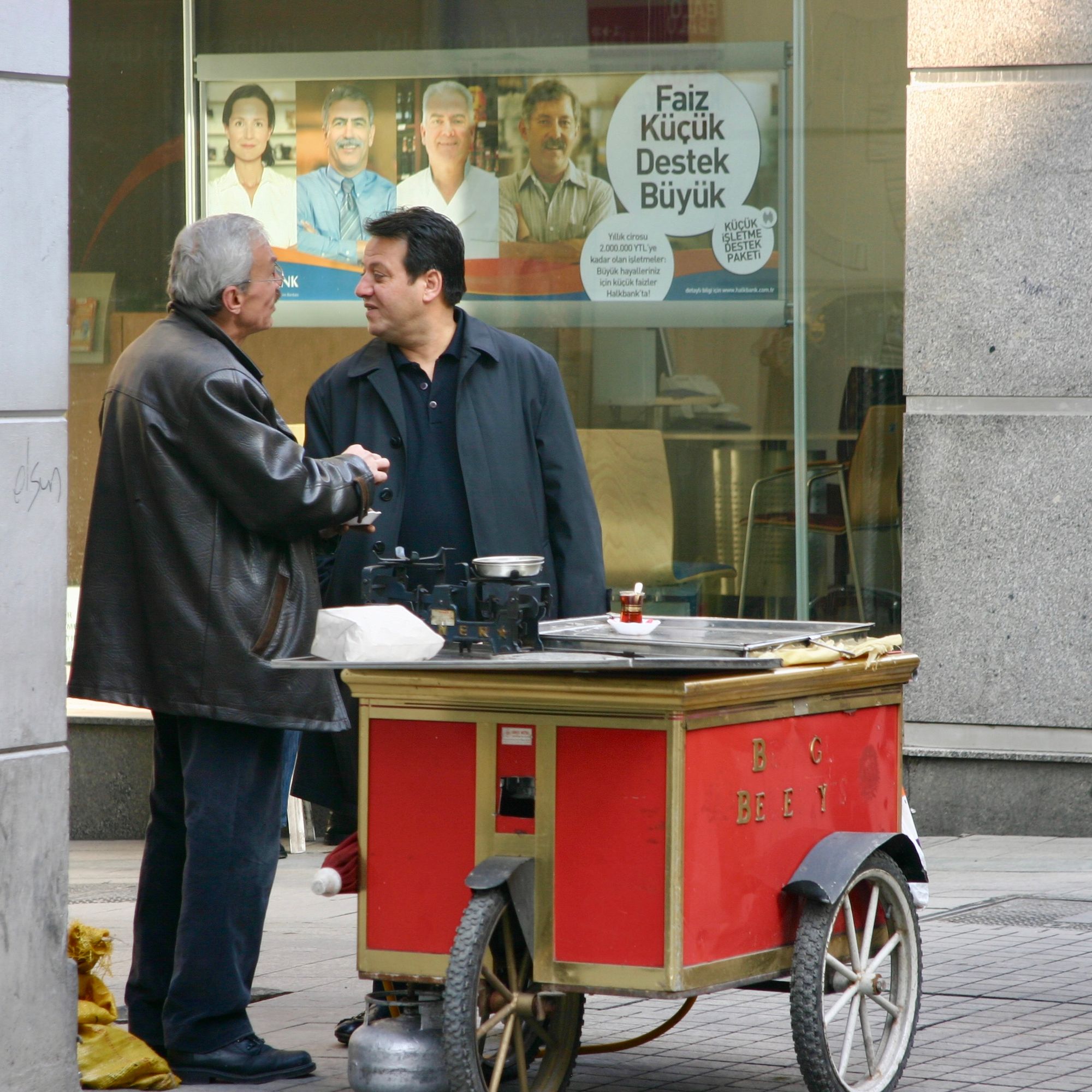
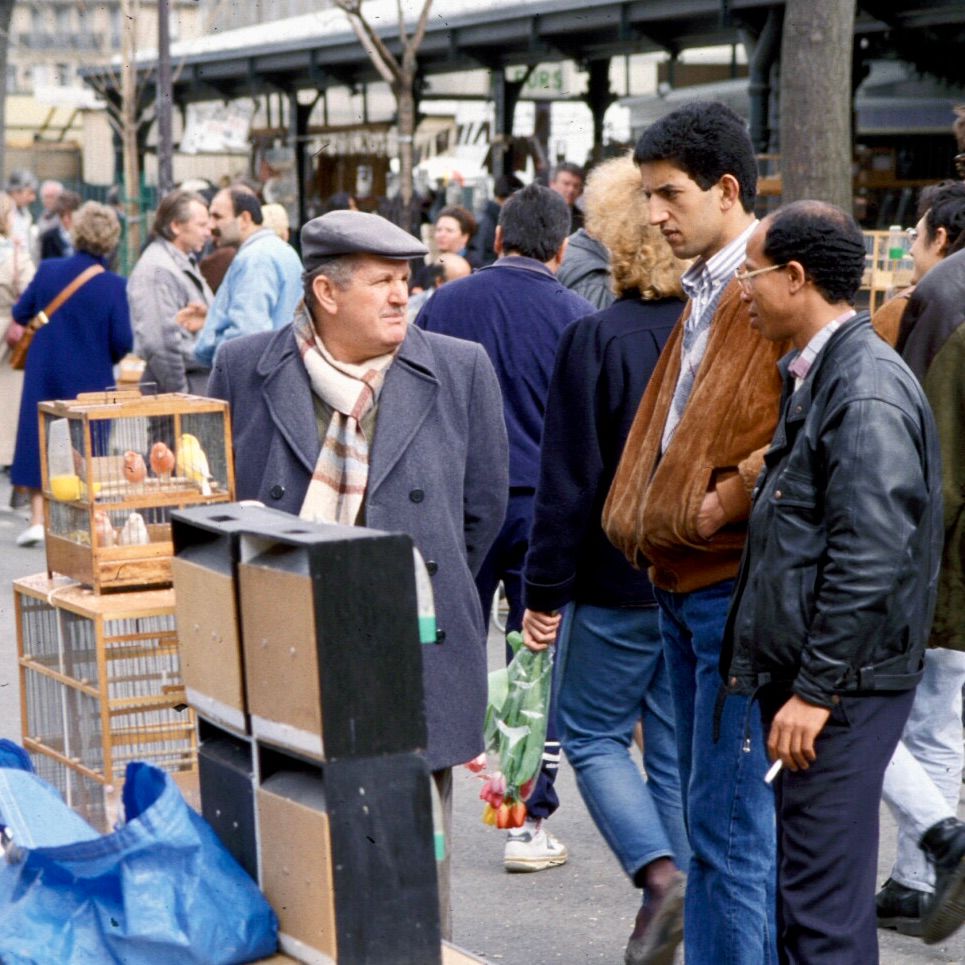
Family men
The best public spaces are those that are welcoming for all ages. Spaces that bridge generational gaps, offering something for every stage of life, have greater appeal than places intended for only one segment of the population.
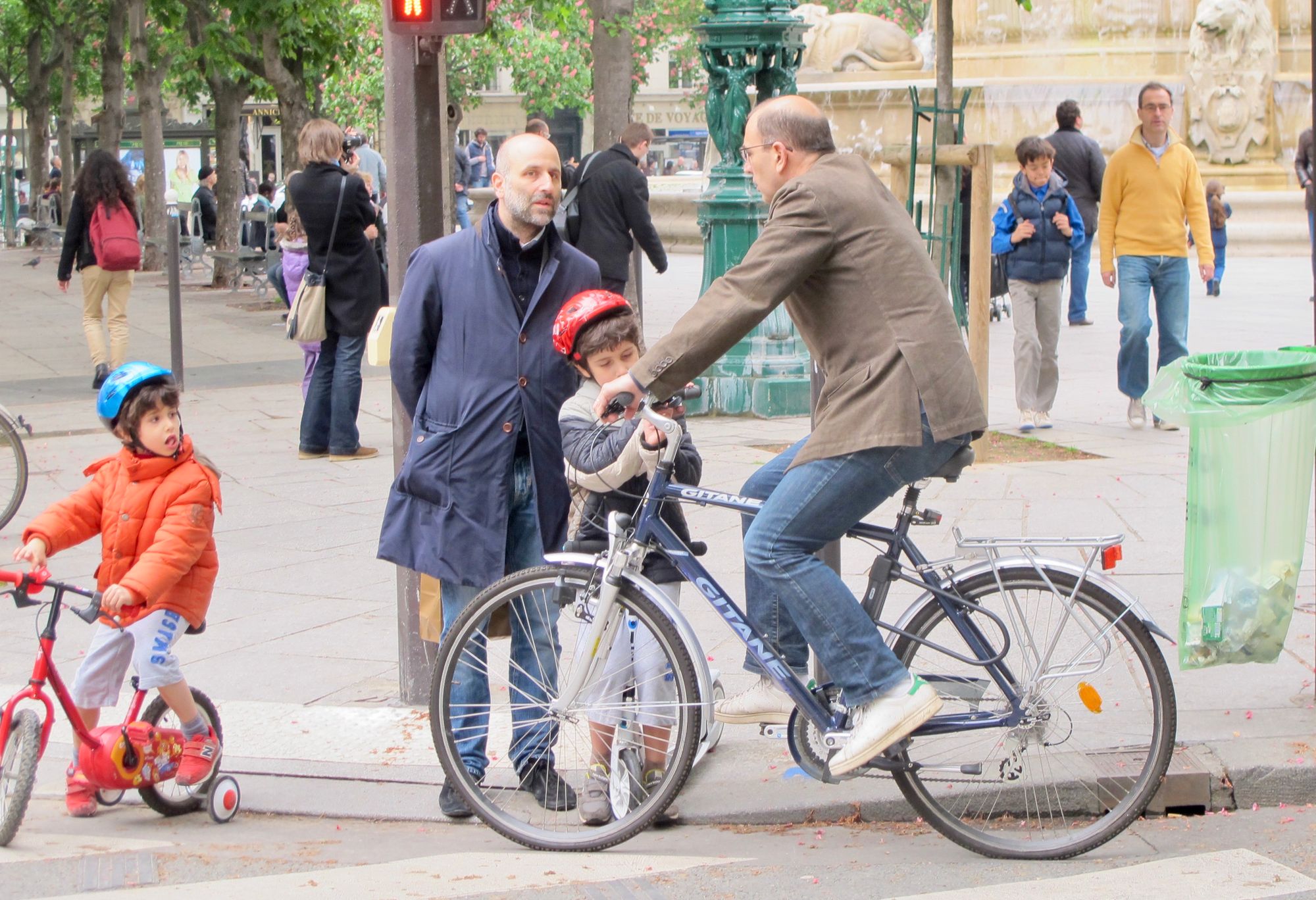
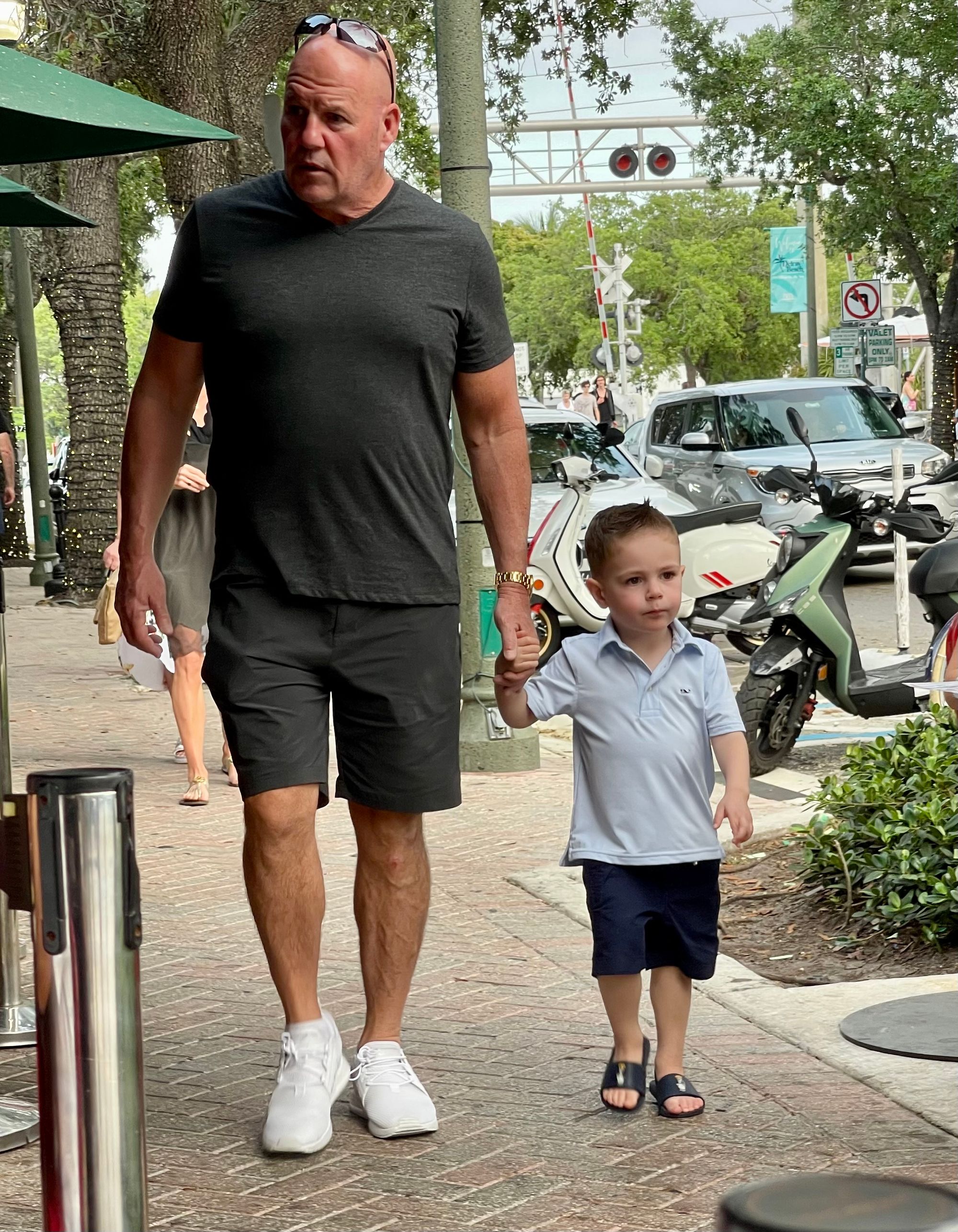
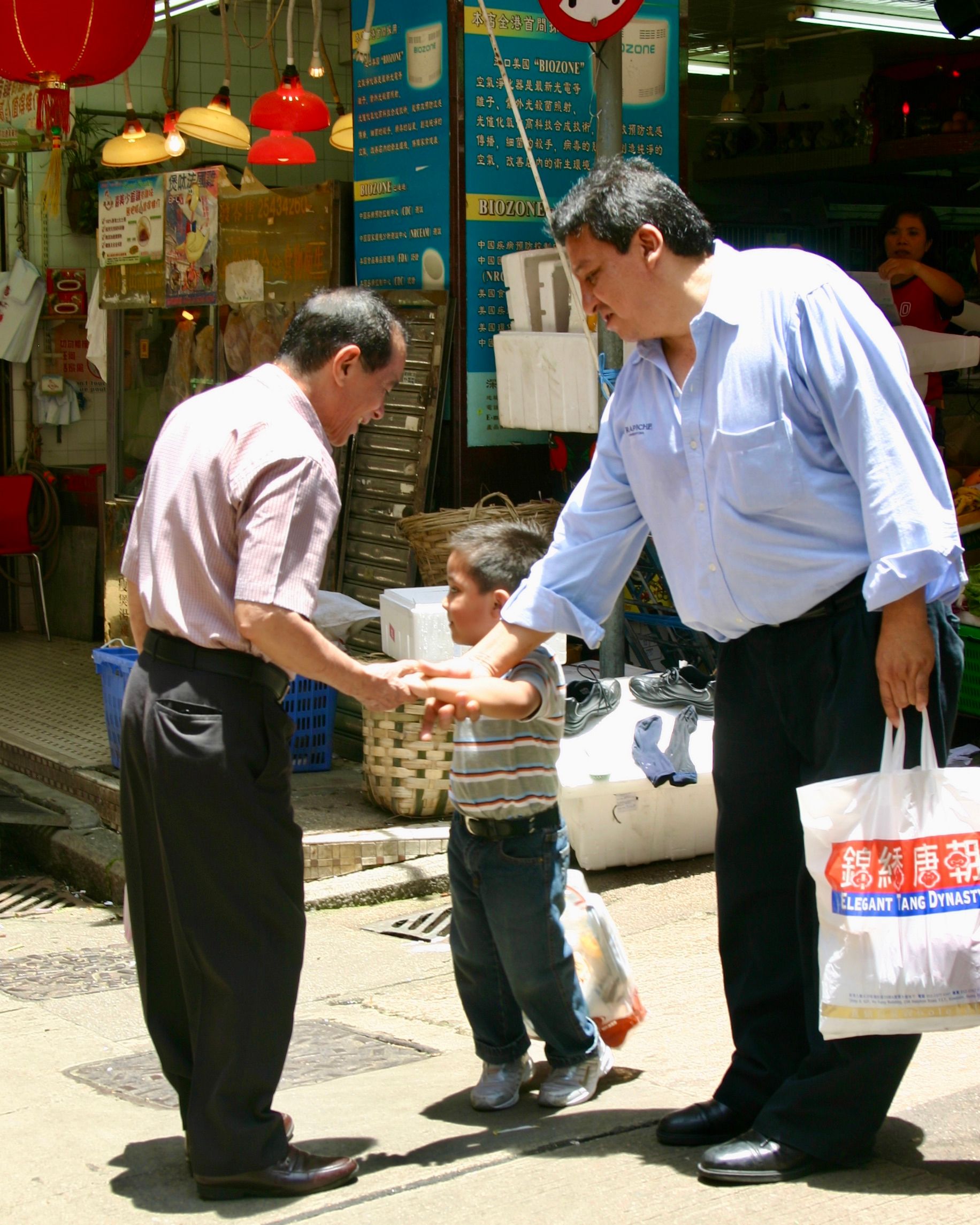
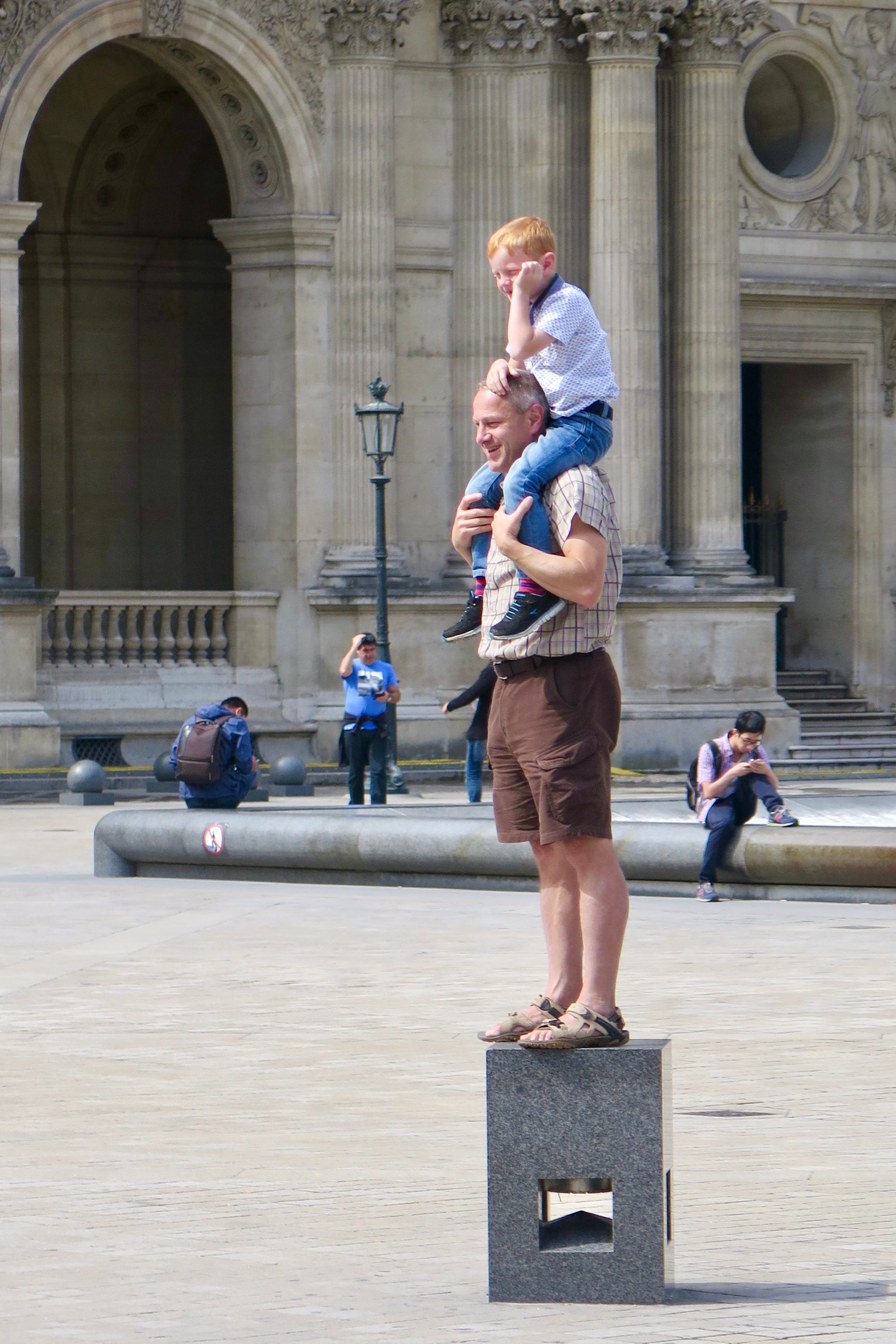
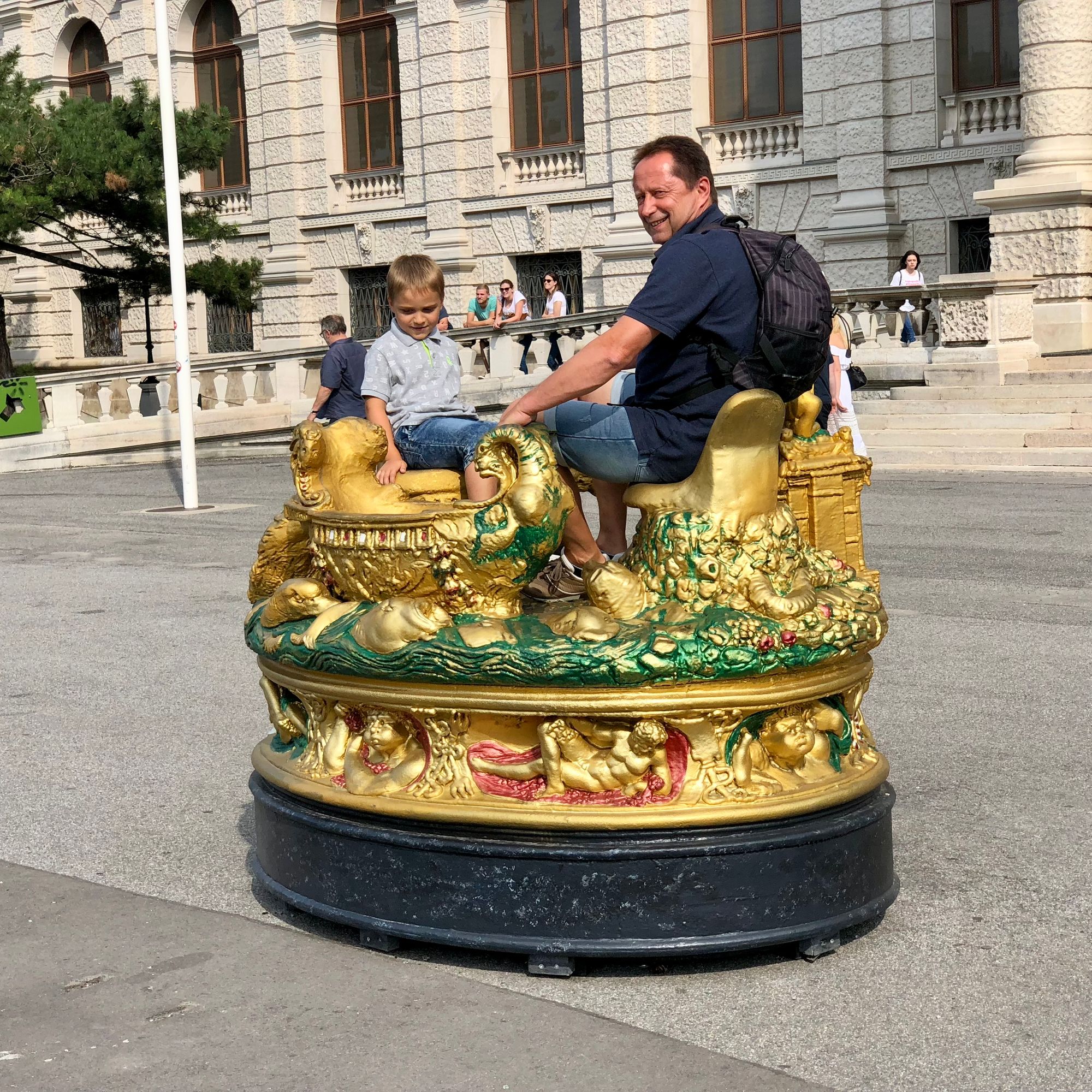
Relaxing
Everyone needs a break once in a while. The more places to rest, the better. Spots for rest and relaxation are what some of our favorite images focus on because they are key to creating a welcoming environment.
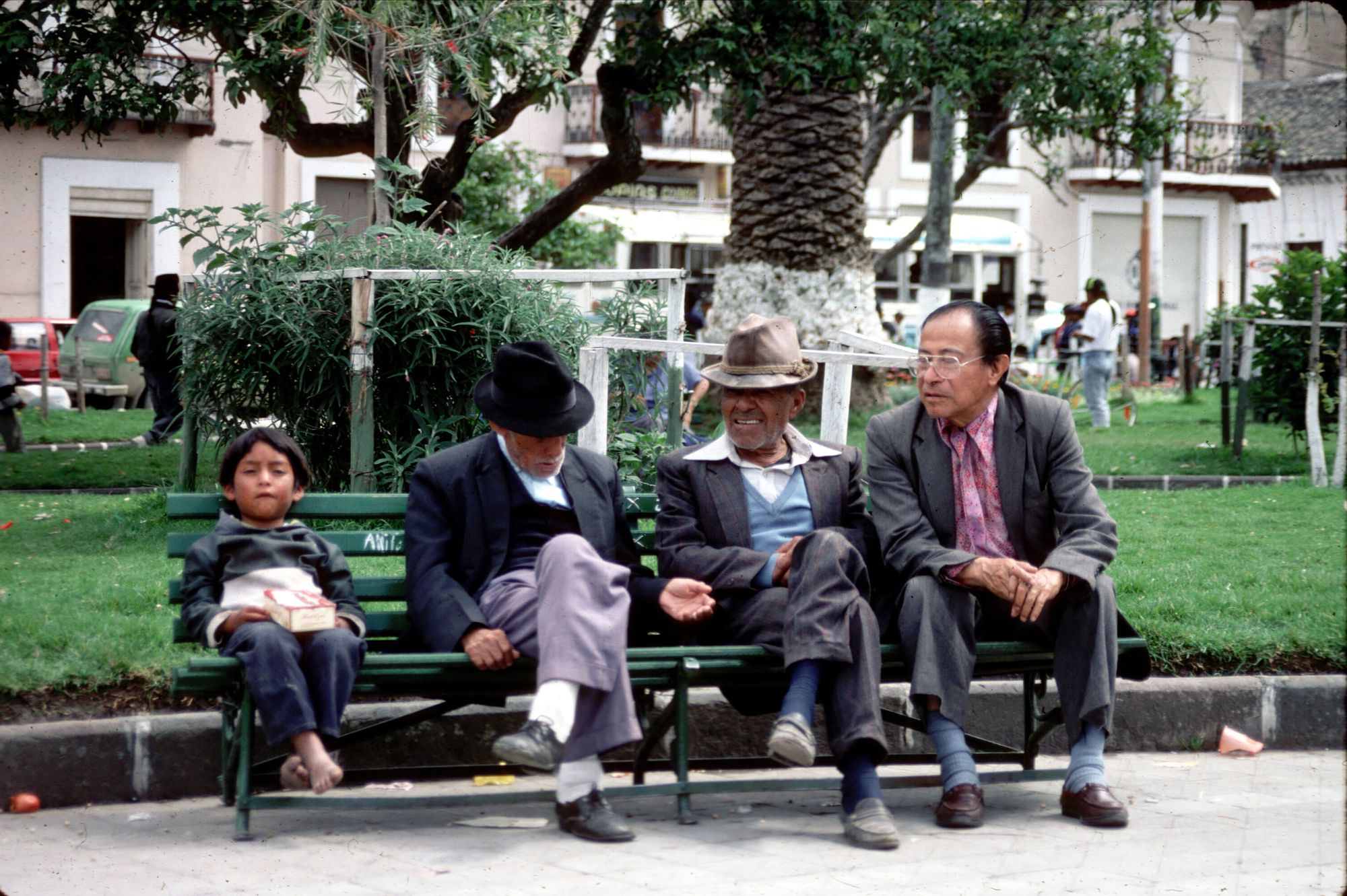
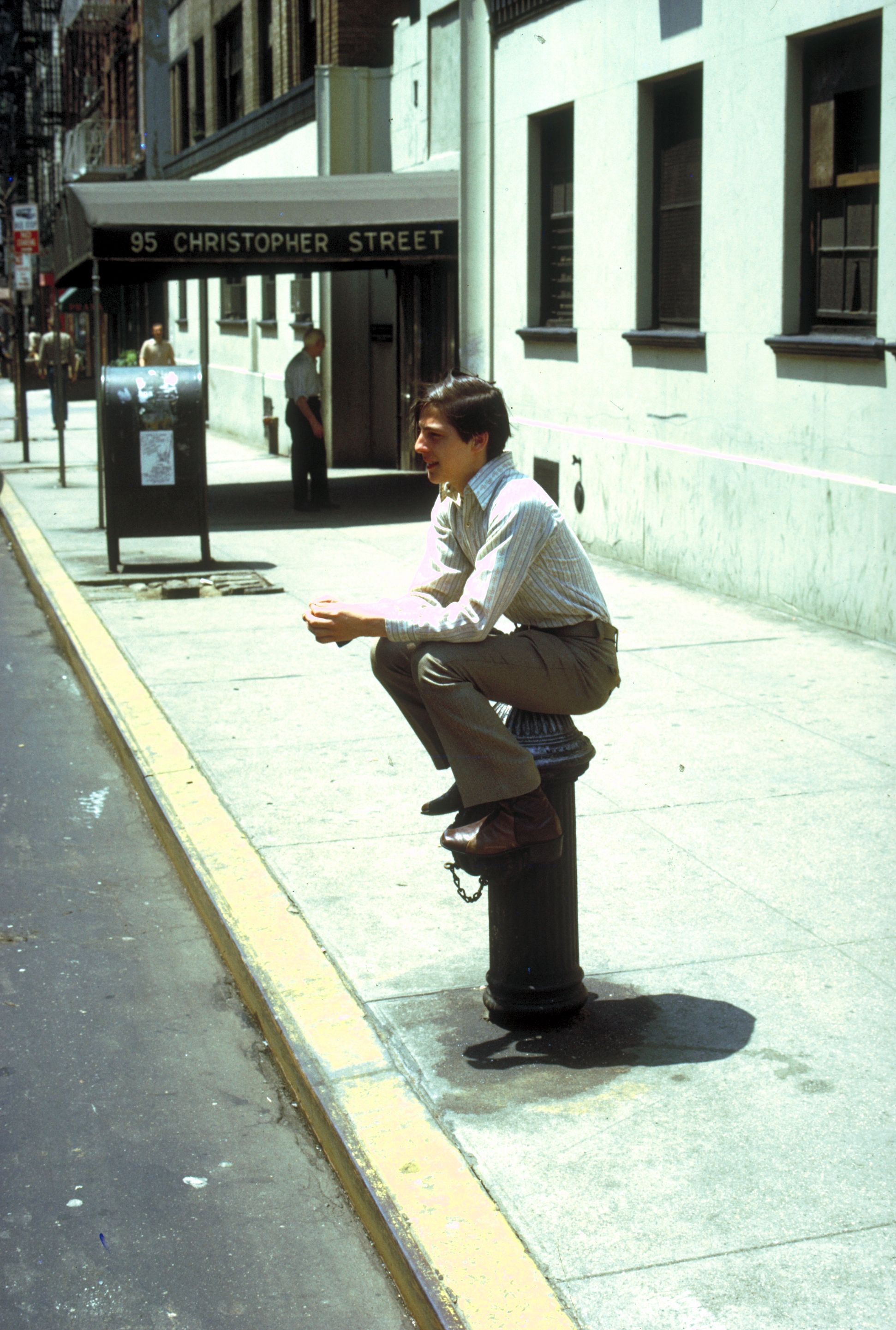
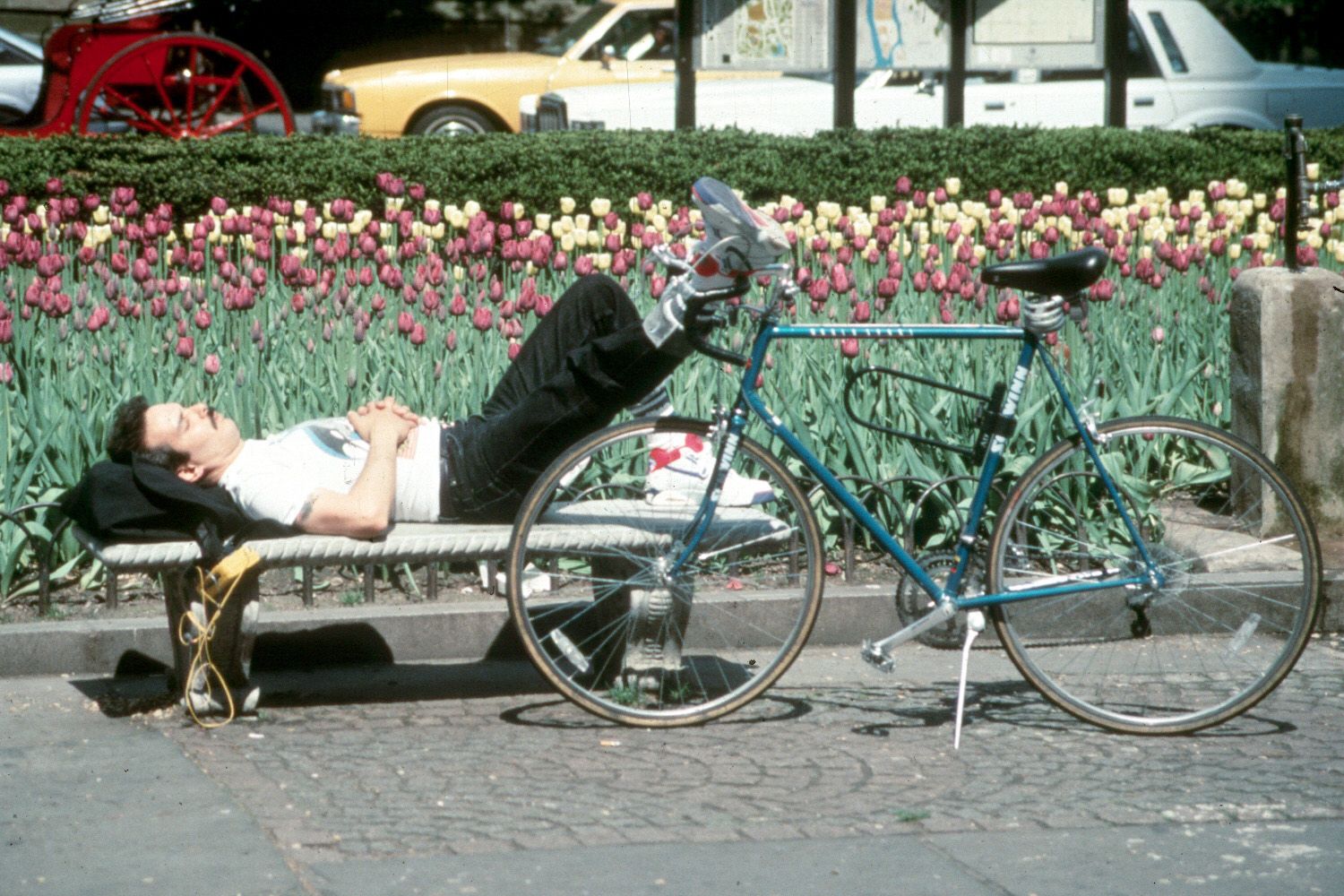
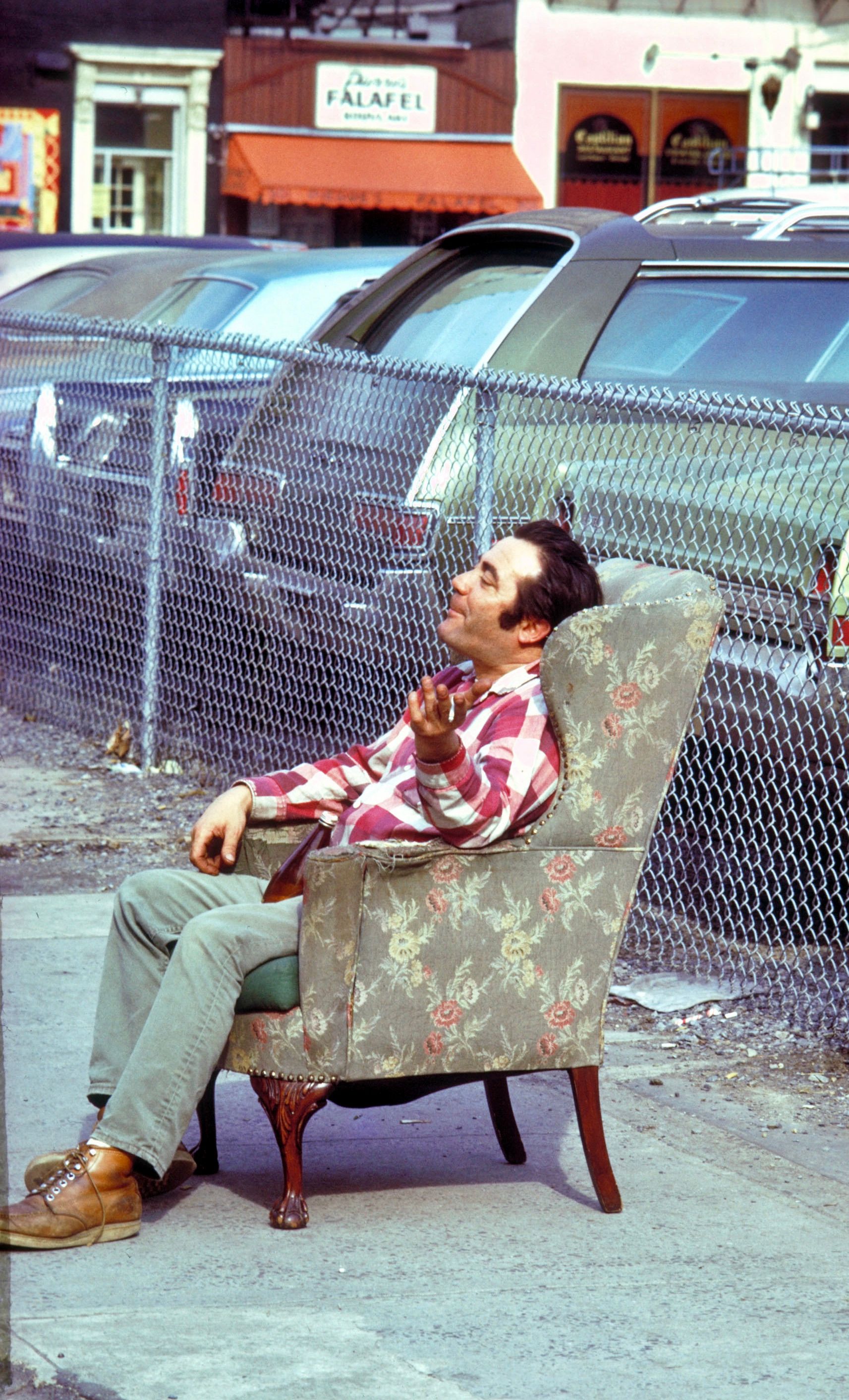
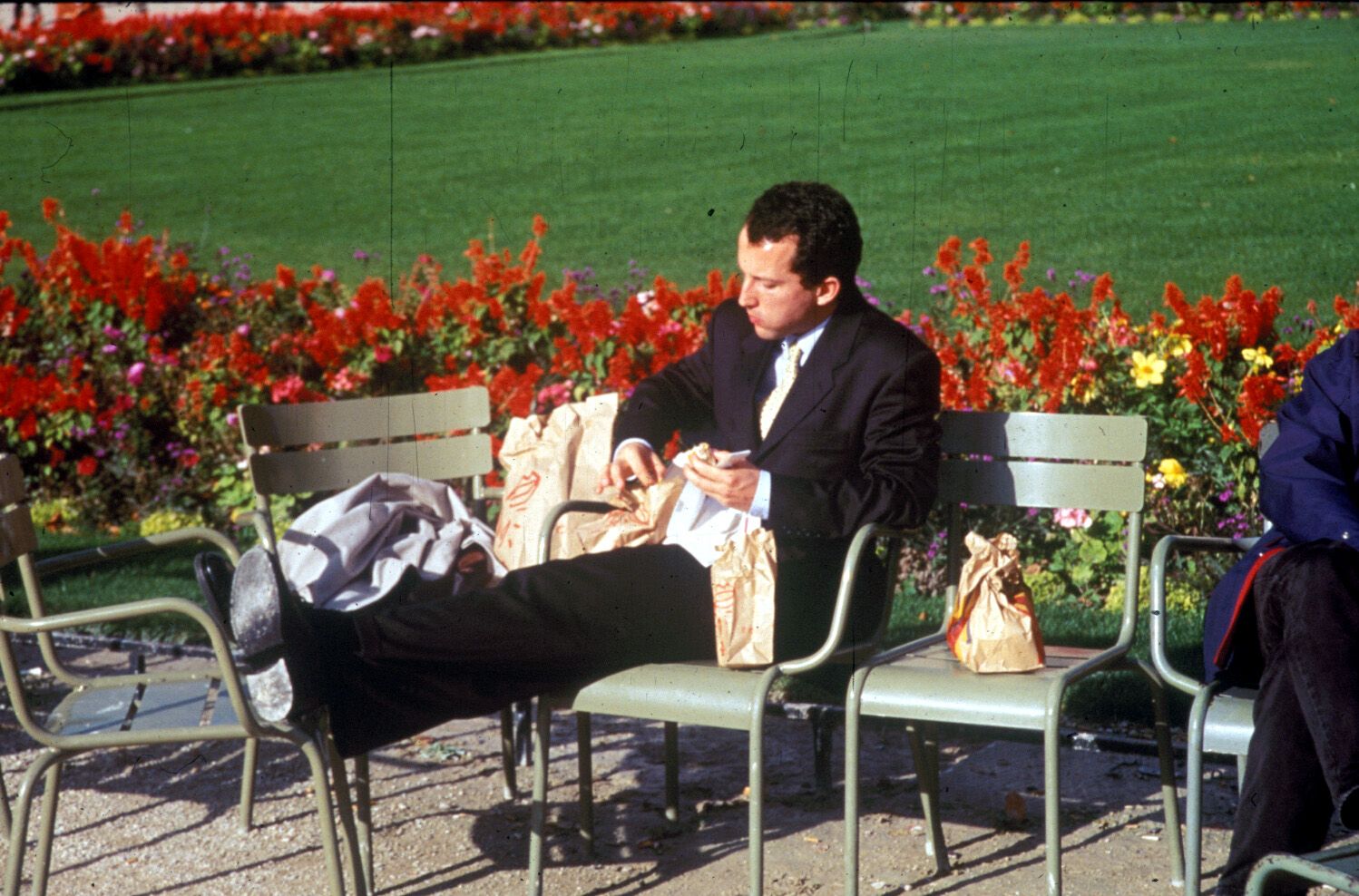
Sitting/leaning and expressing personality
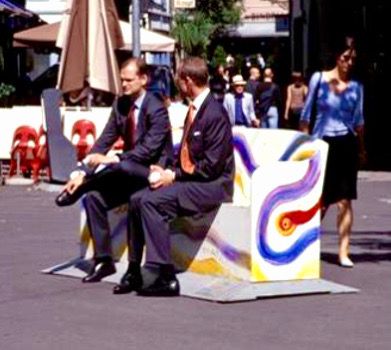
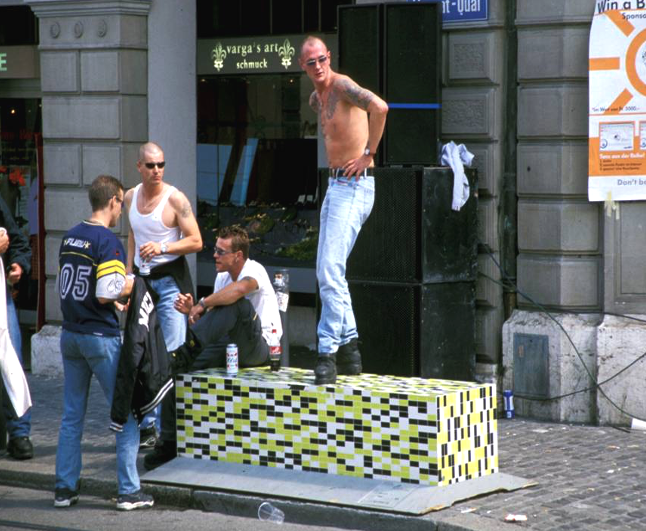
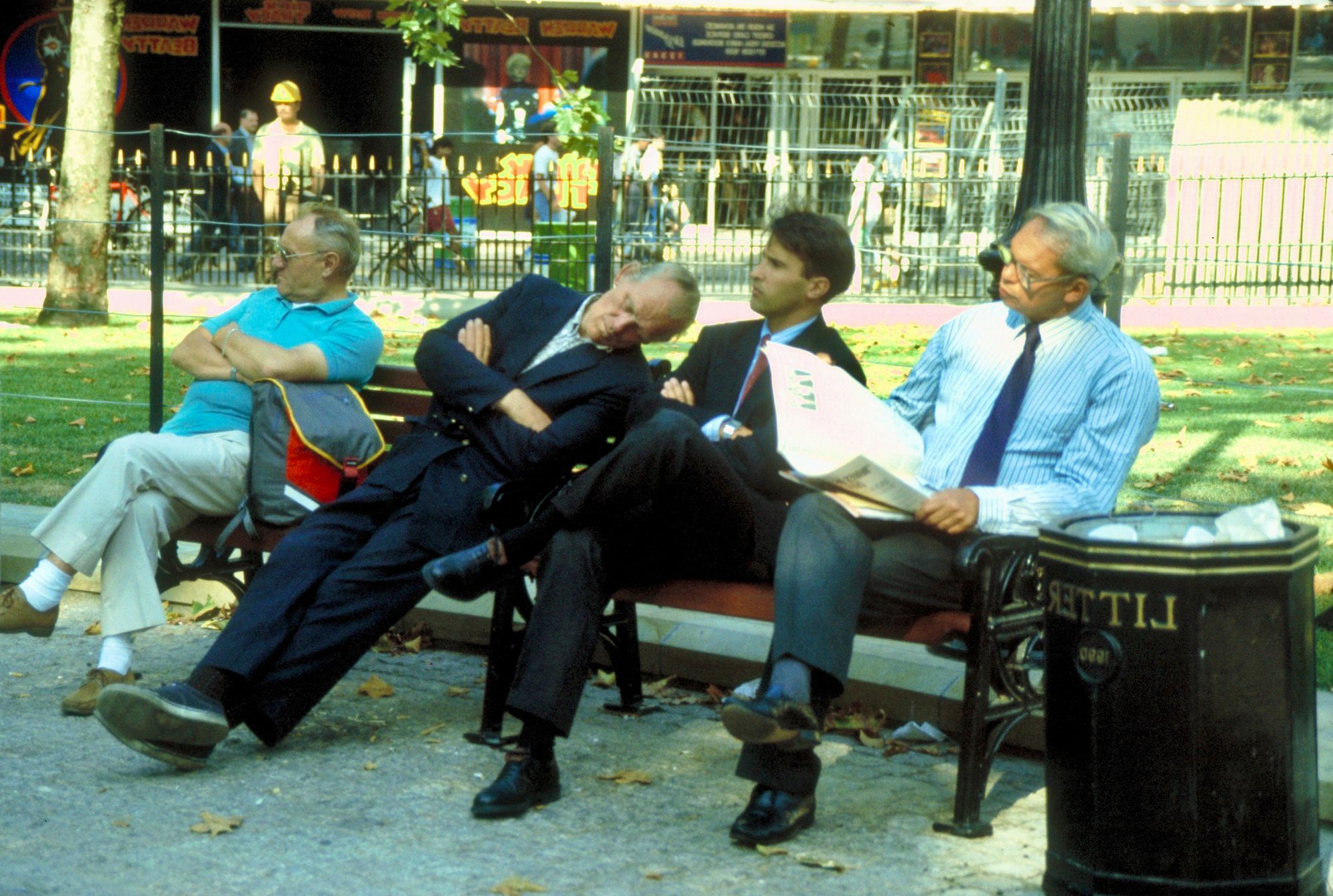
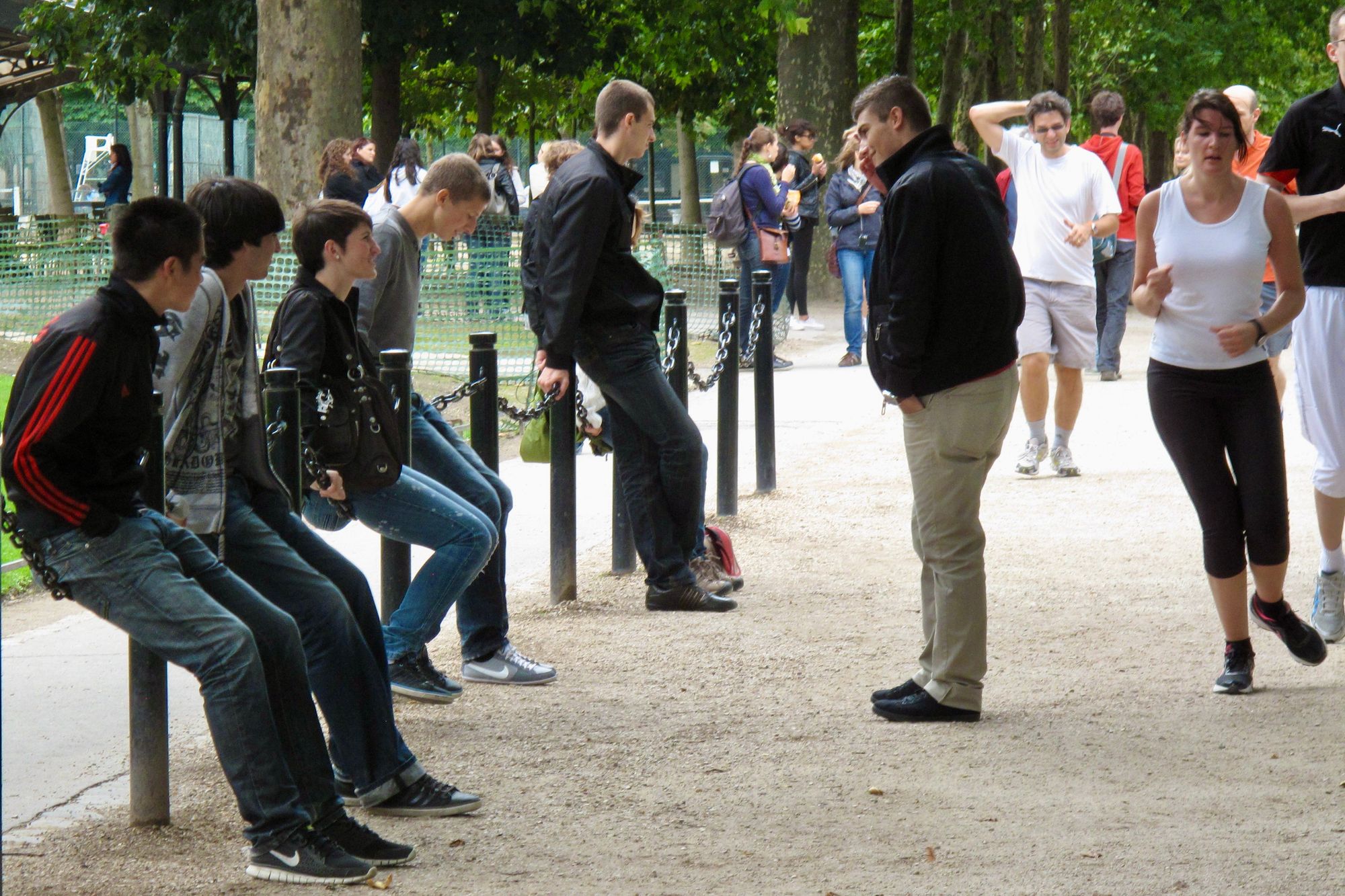
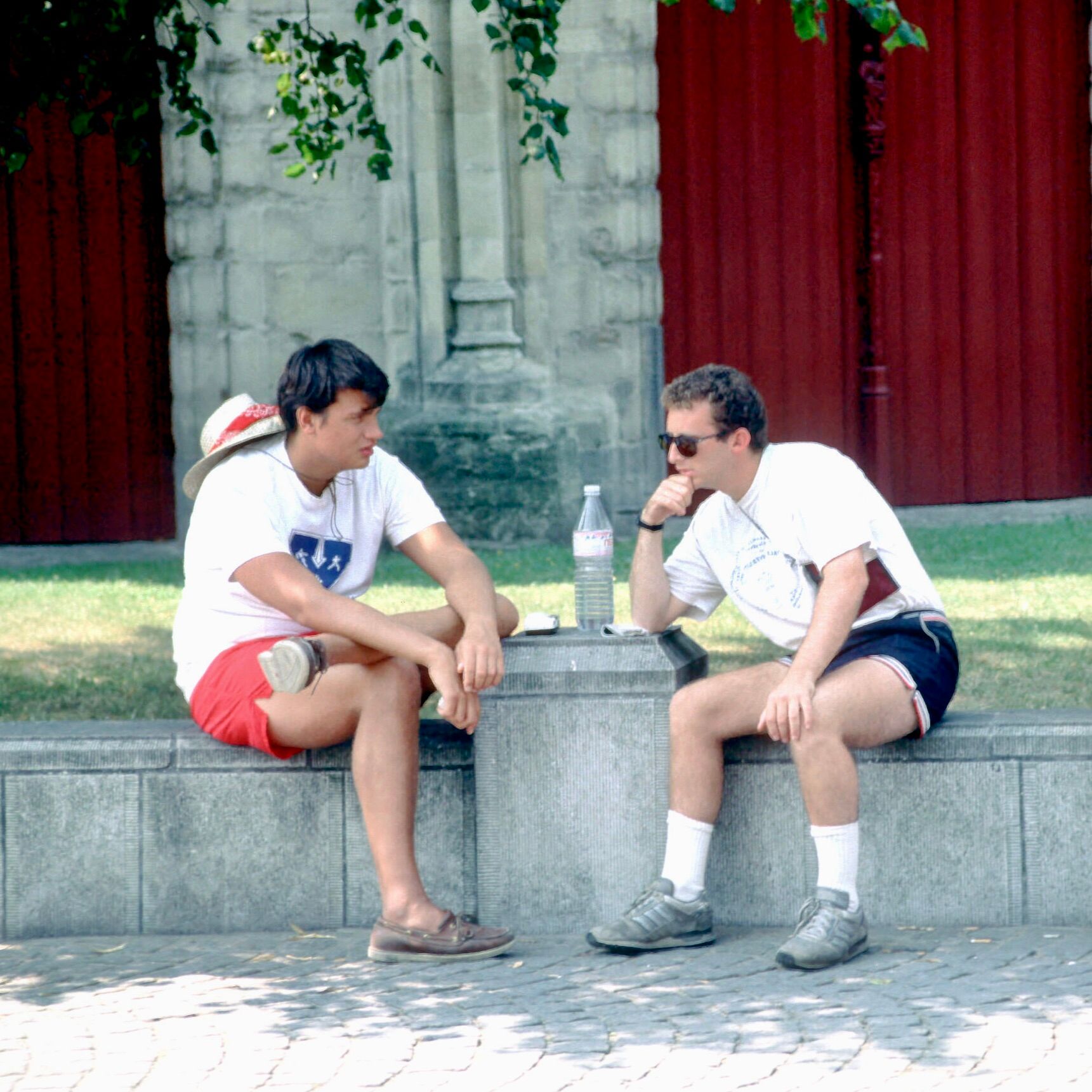
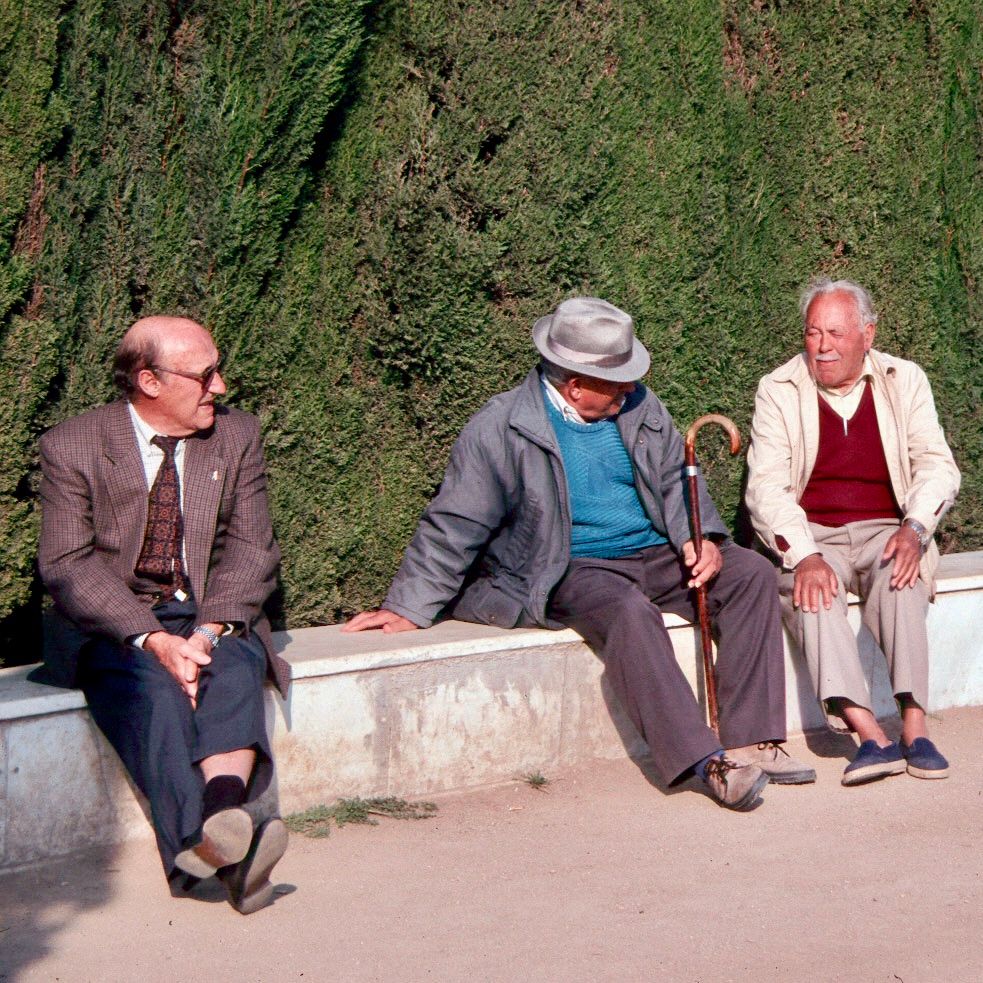
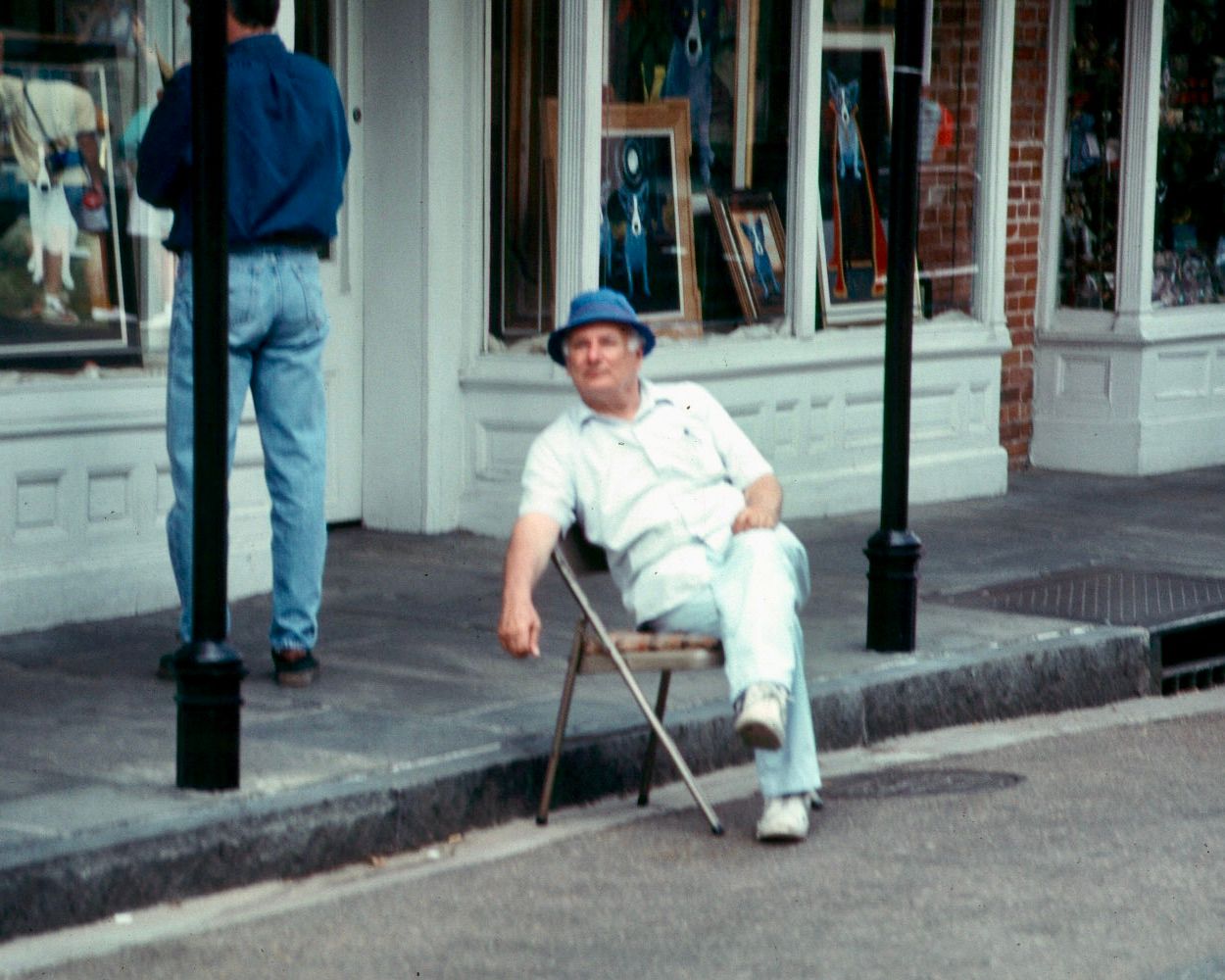
Games and exercise draw more of a crowd
Talking and resting are all well and good, but sometimes you want to get active! Creating room and providing equipment for group sports, games, and even for lookers-on is a great way to bring men together in a space. Chess, for example, is a favorite for all ages.
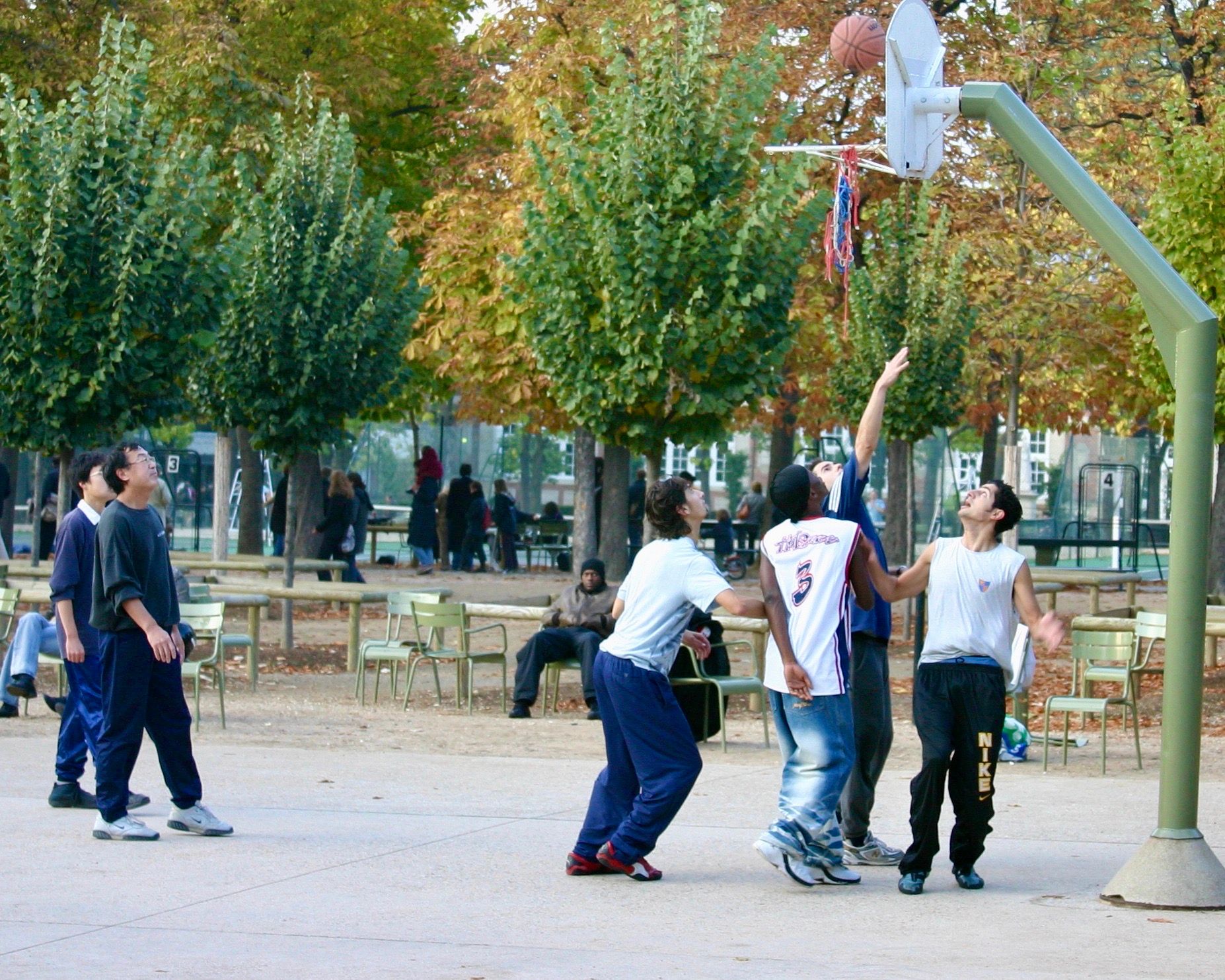
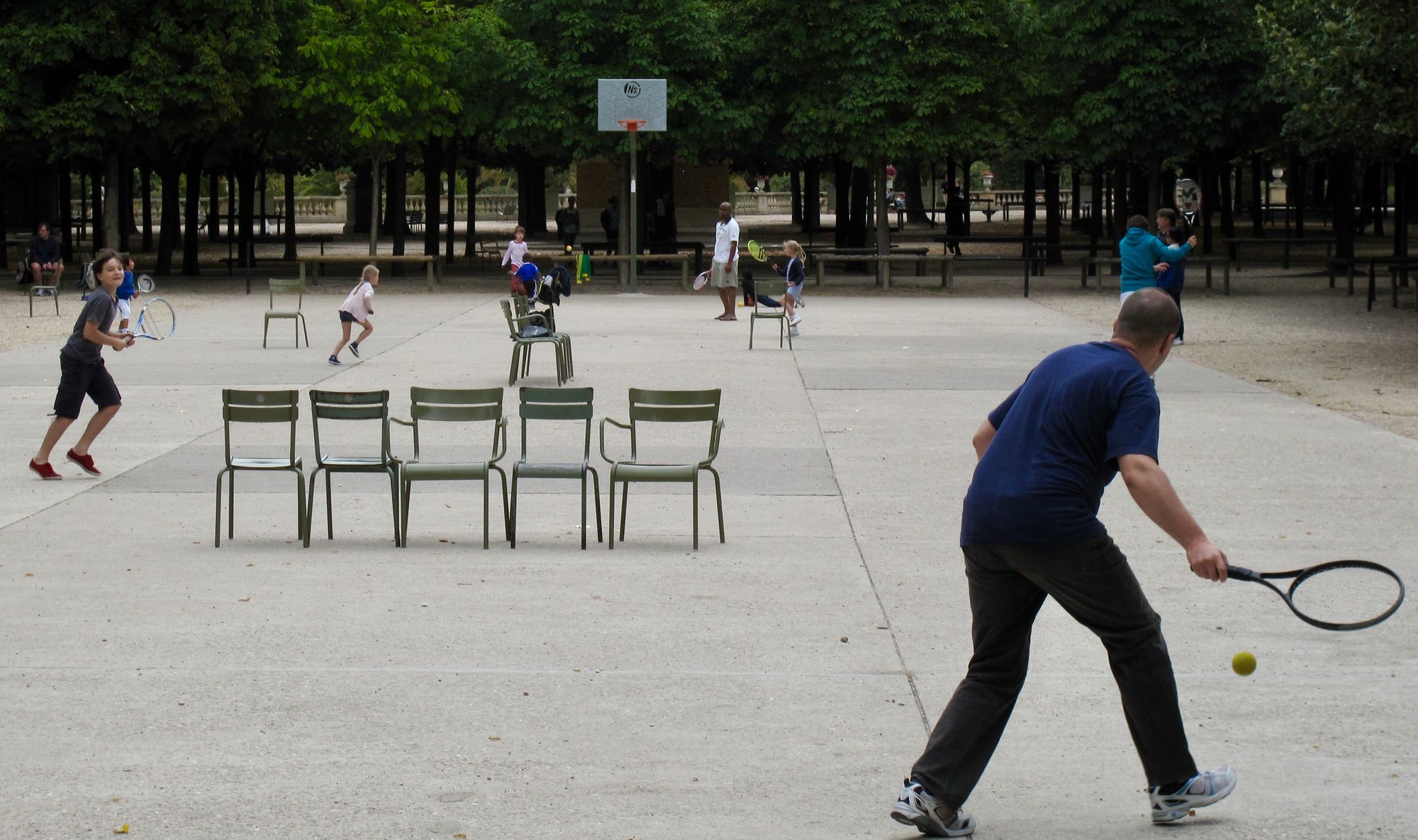
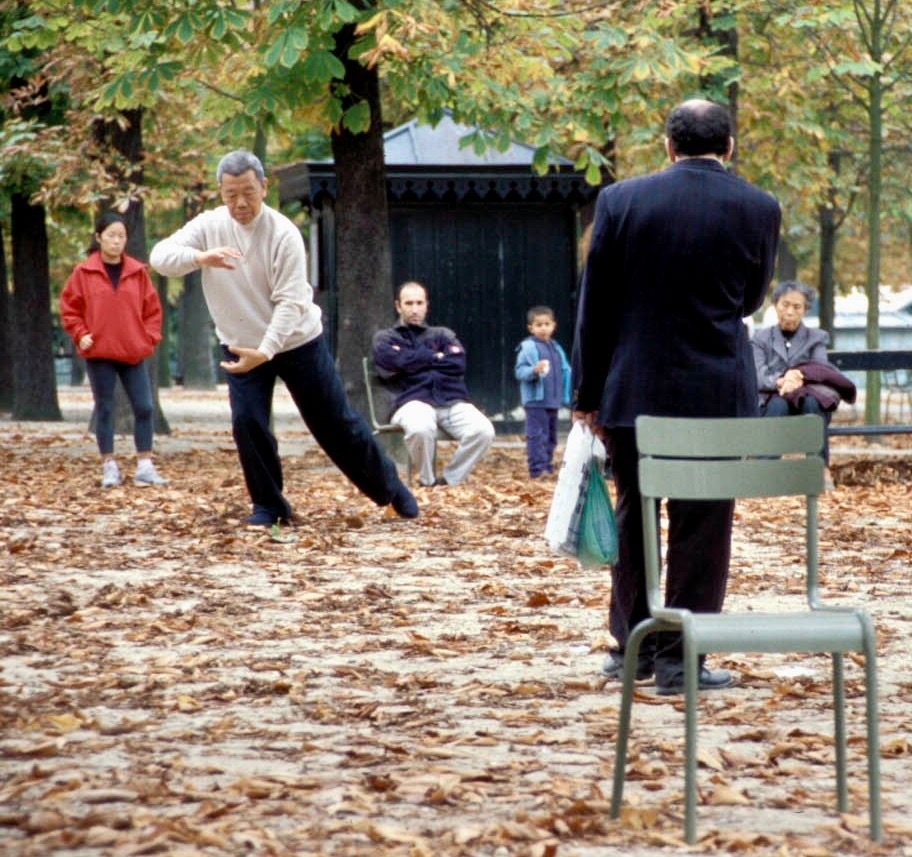
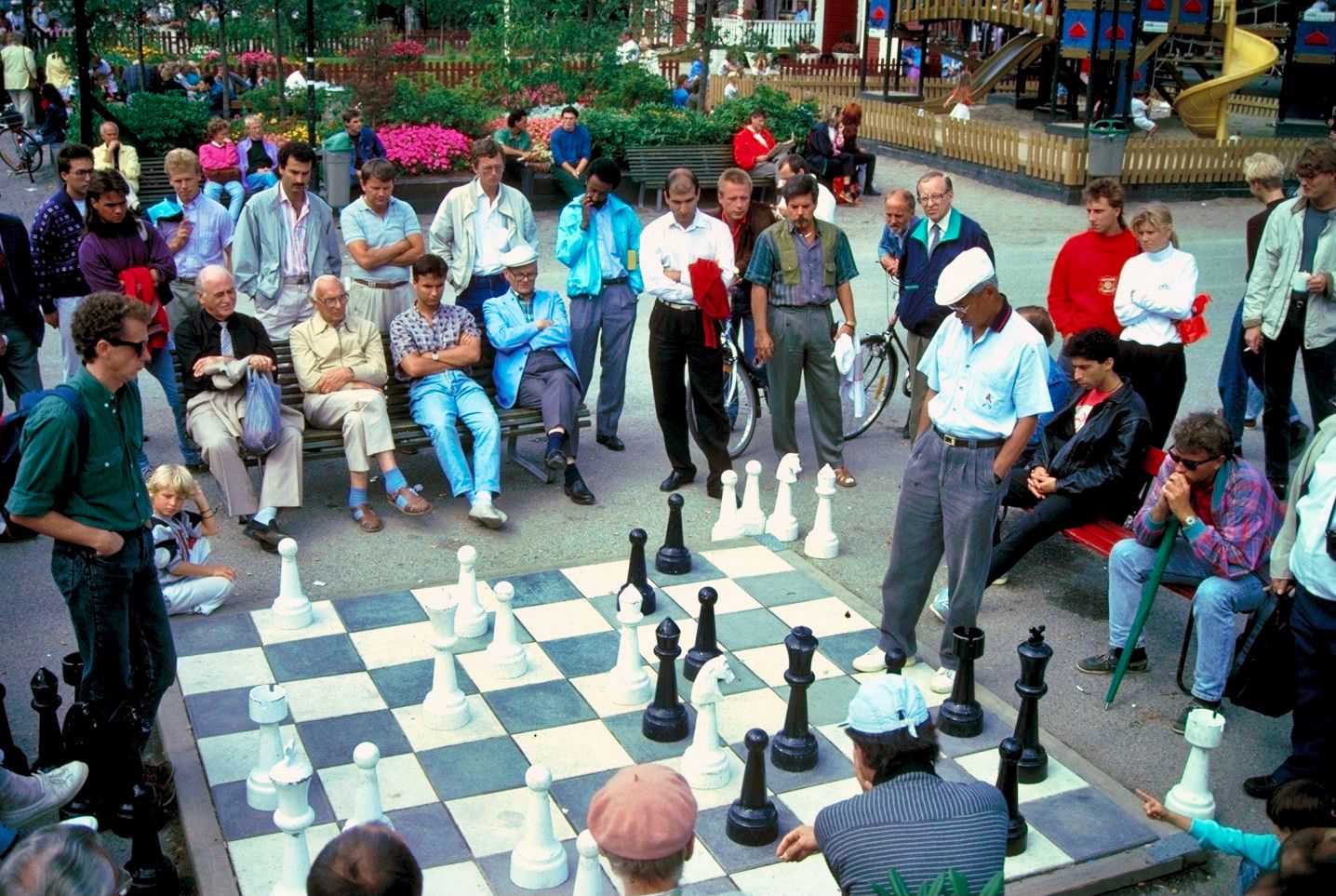
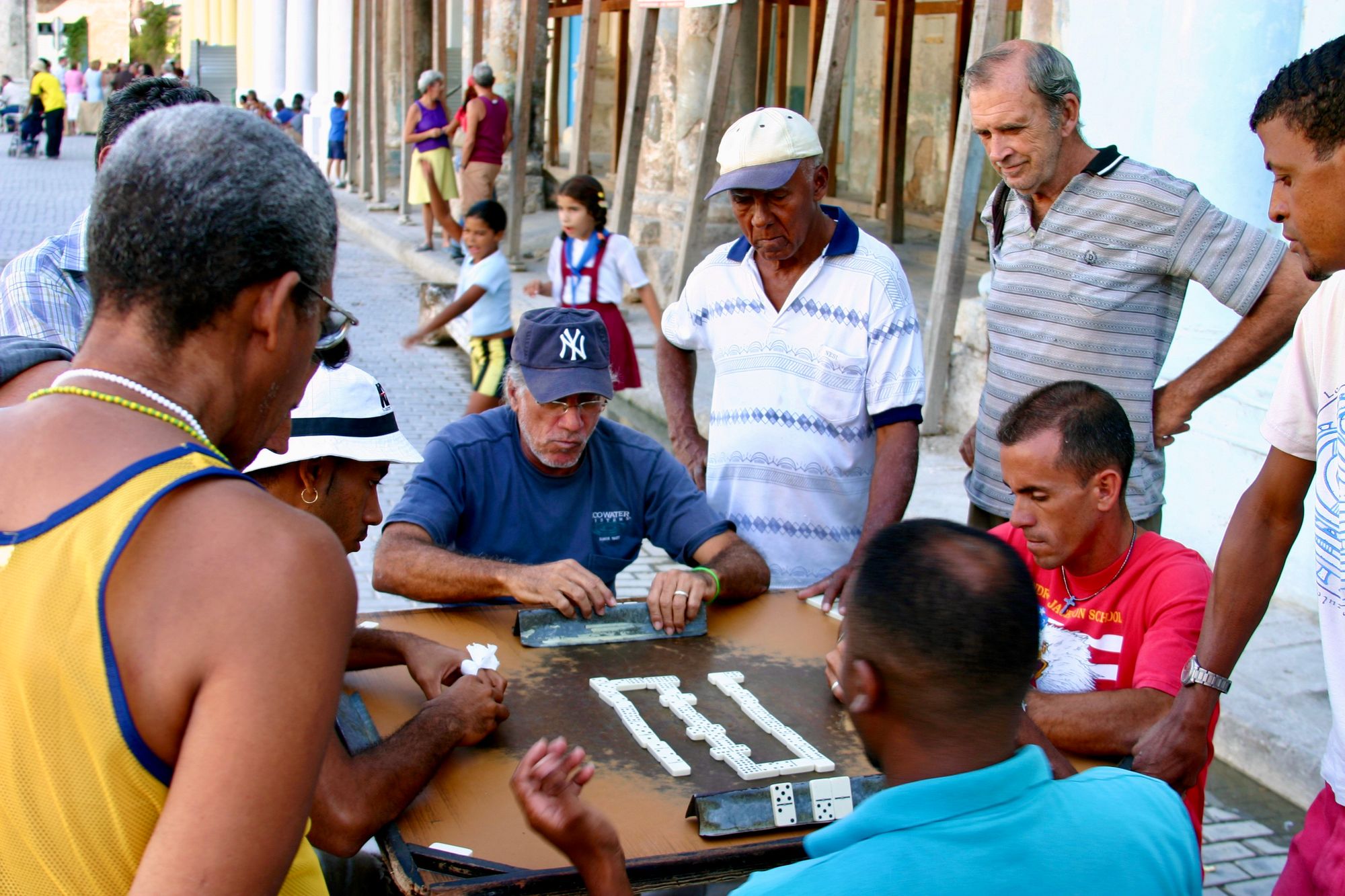
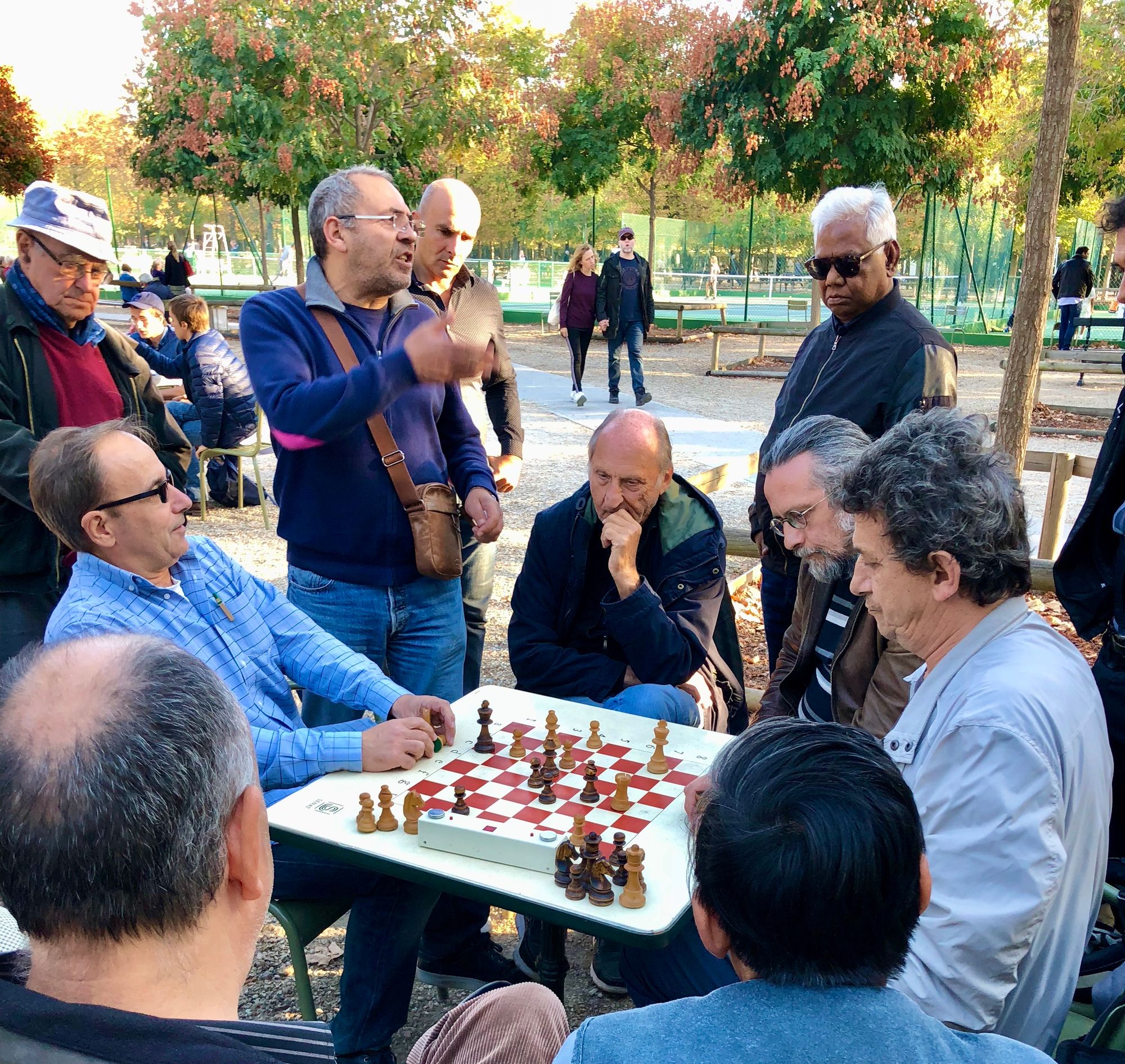
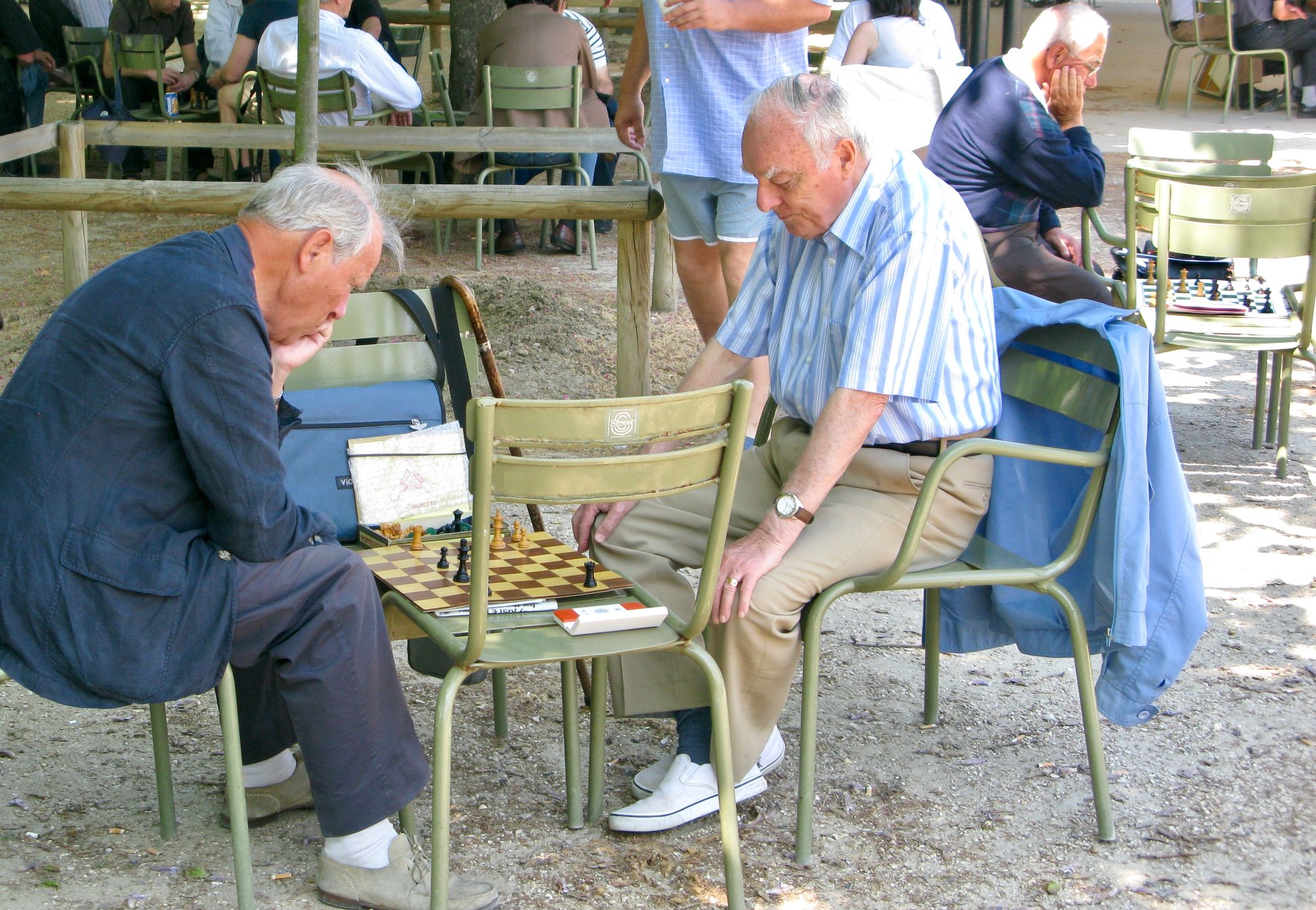
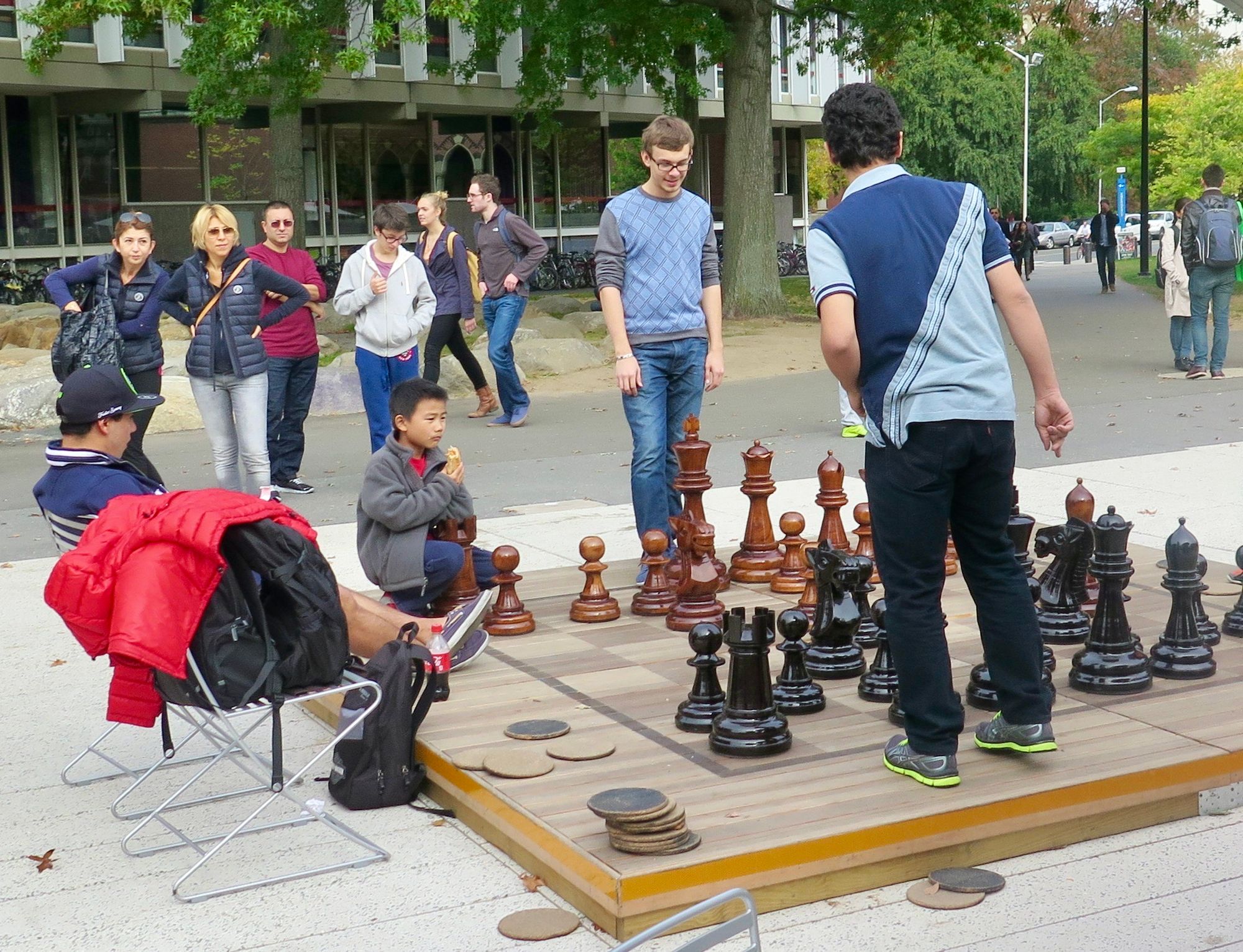
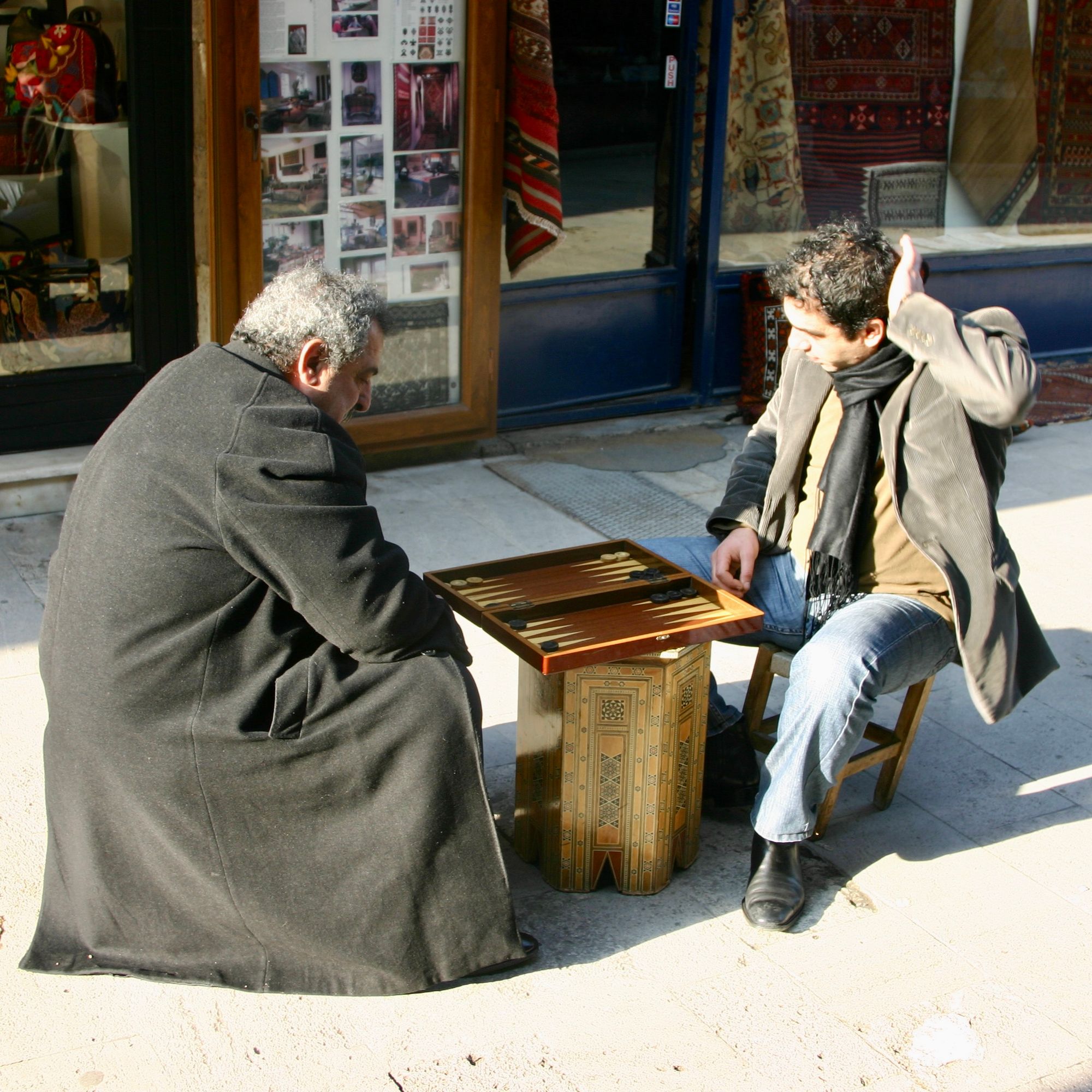
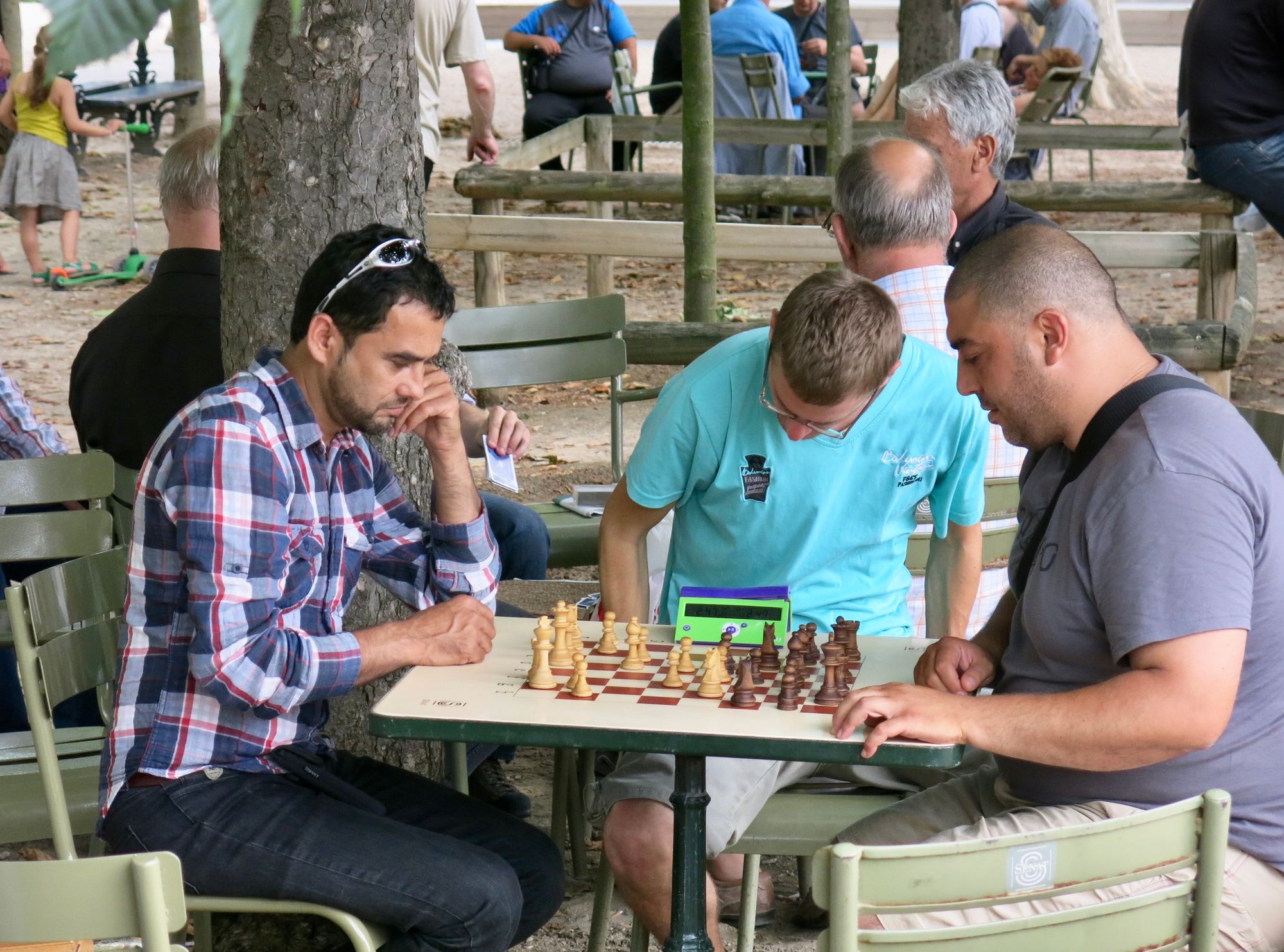
Certain games are particularly well-loved by older men, like bocce or petanque. Adding these games to public spaces provides an accessible way for men to connect in a relaxed way.
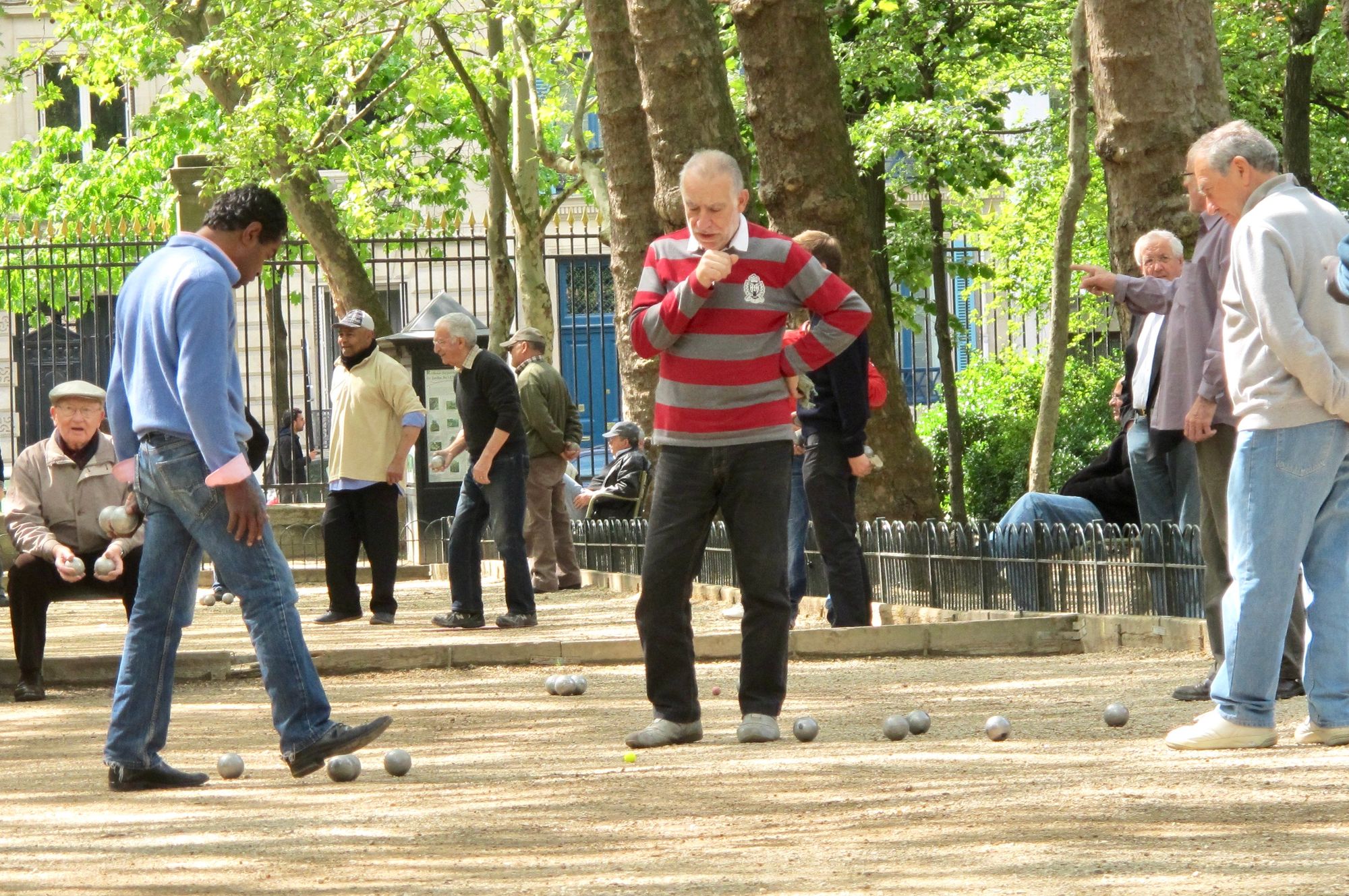
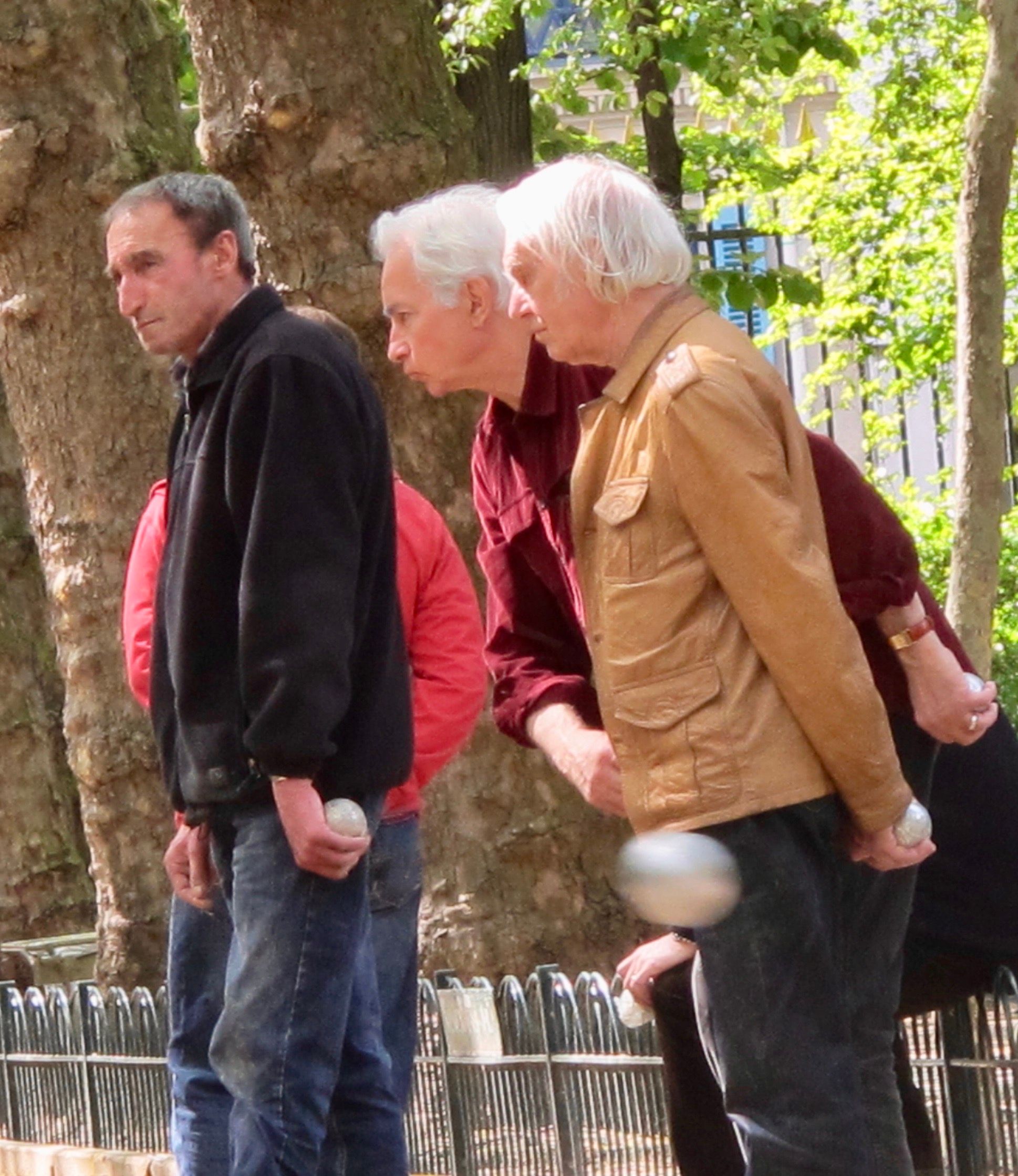
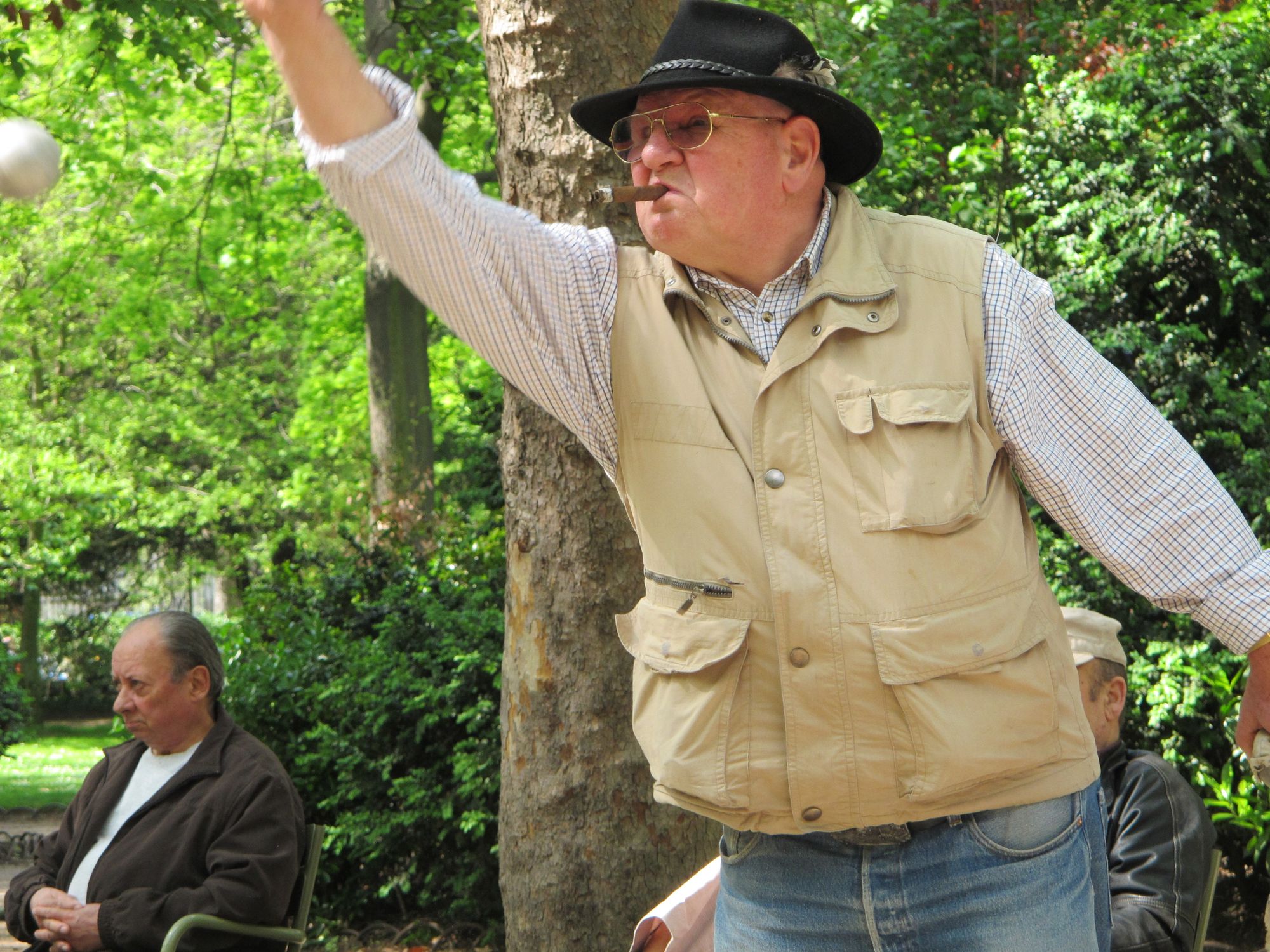
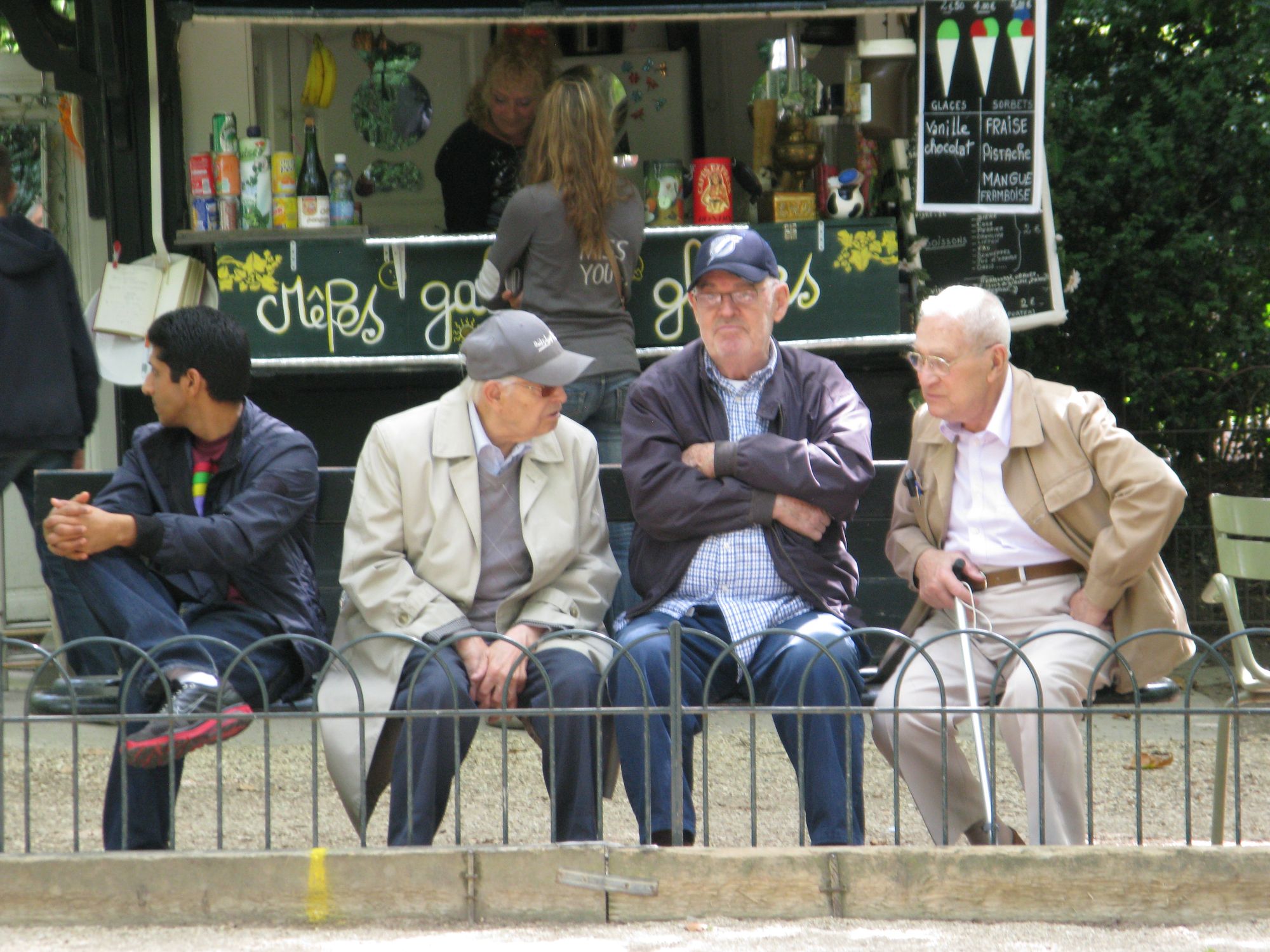
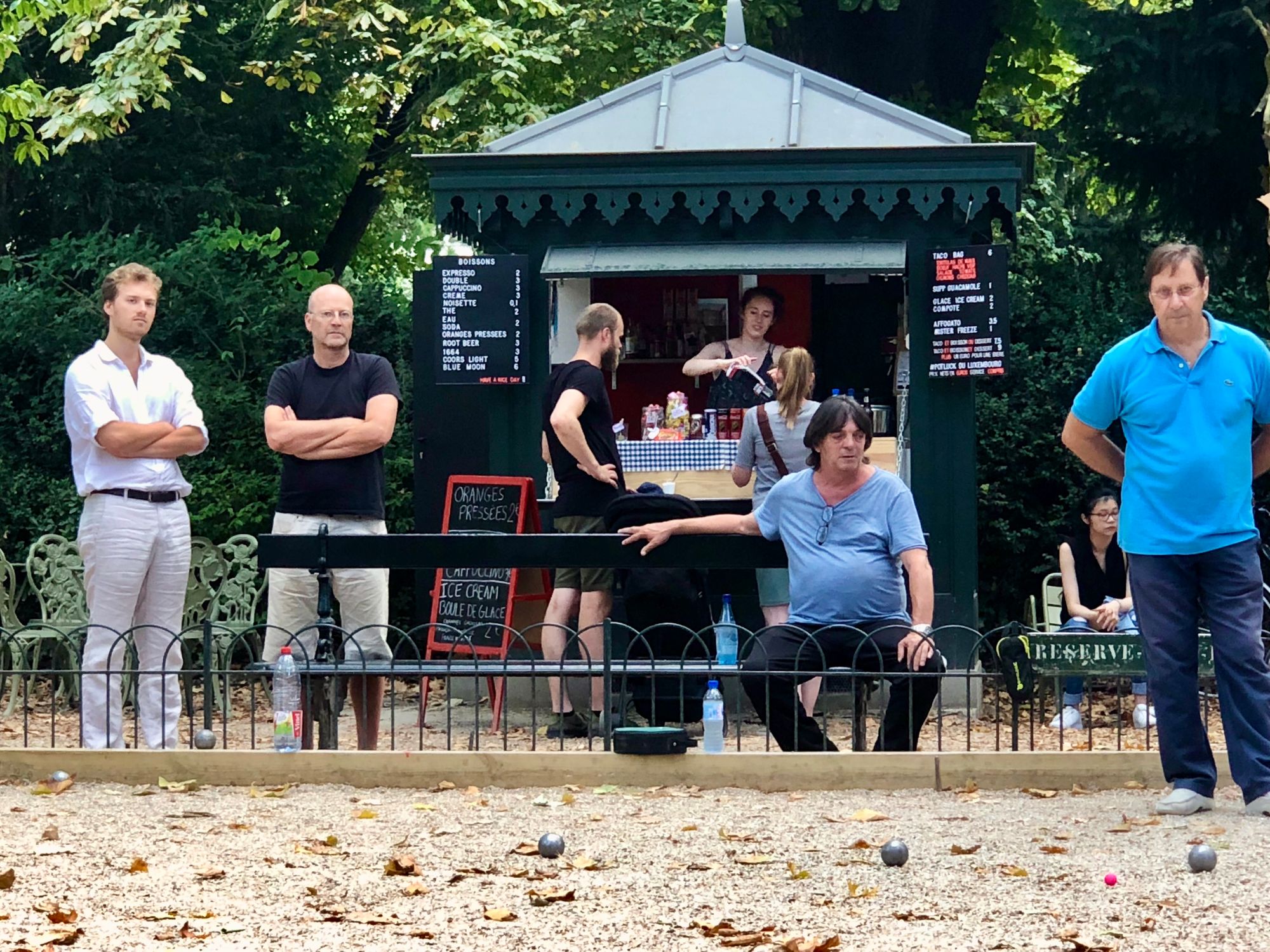
"Macho" Men
Men like to show off sometimes when they get together, looking cool as they enjoy each other's company. It's important to recognize the unique ways in which men bond and to create spaces where they can forge and maintain friendships and social connections.
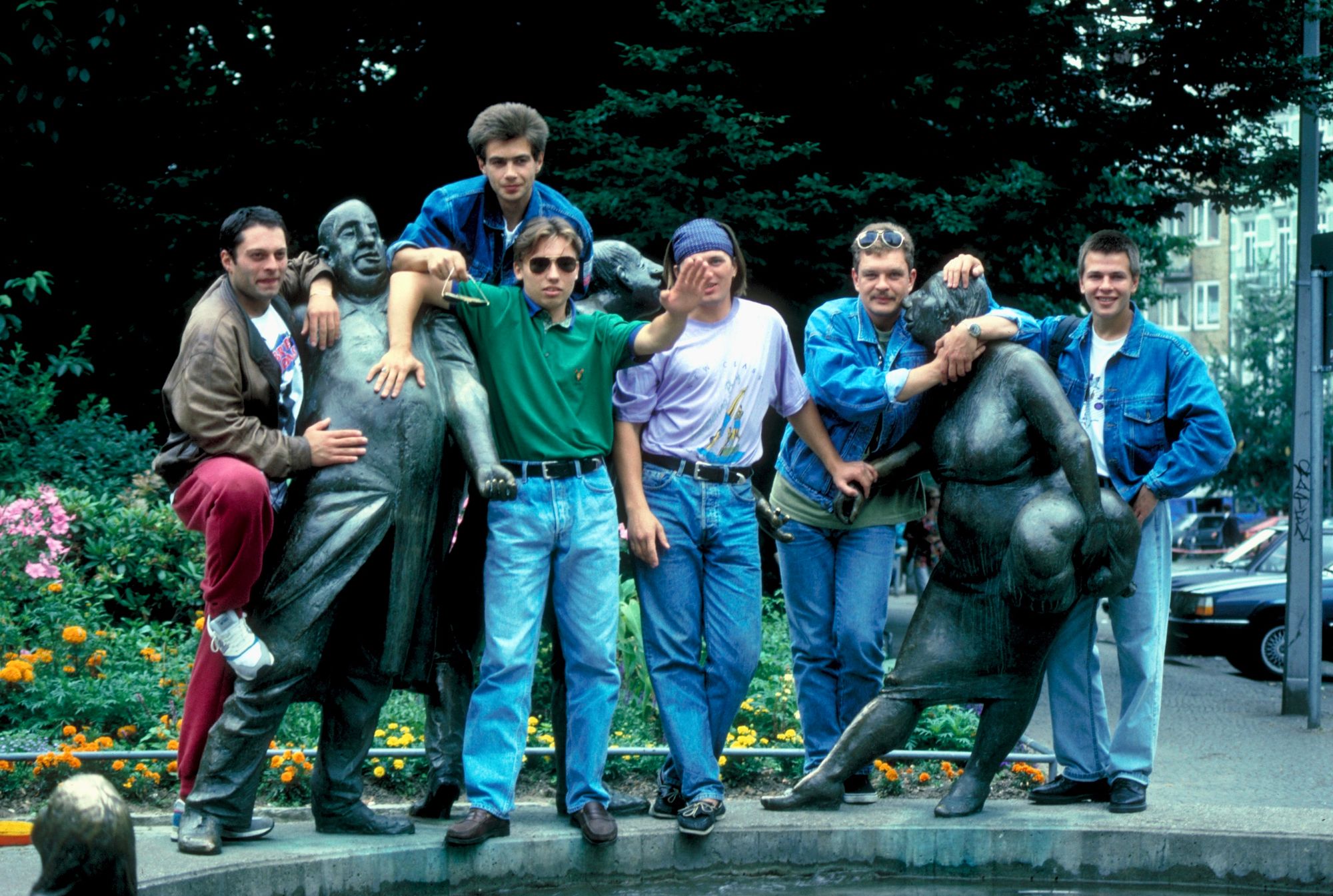
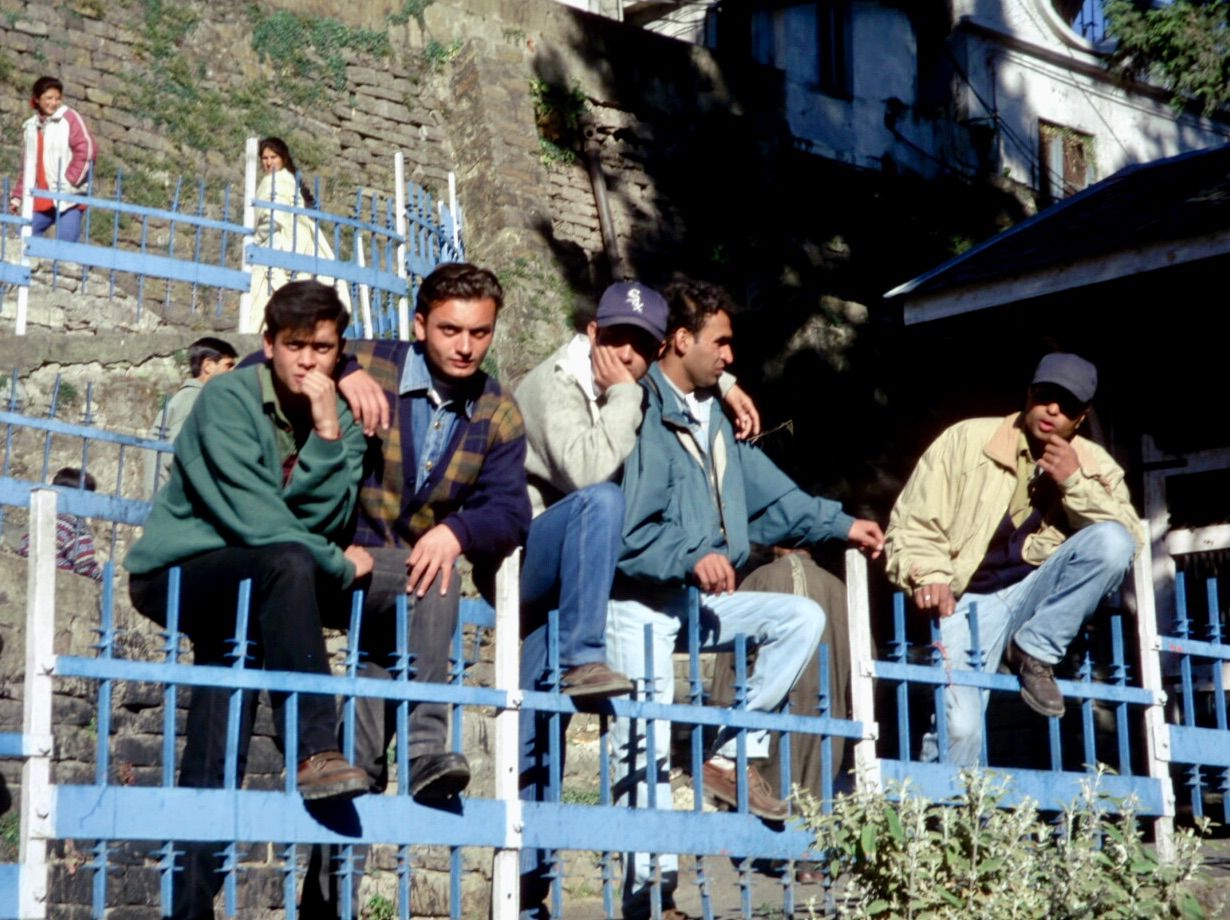
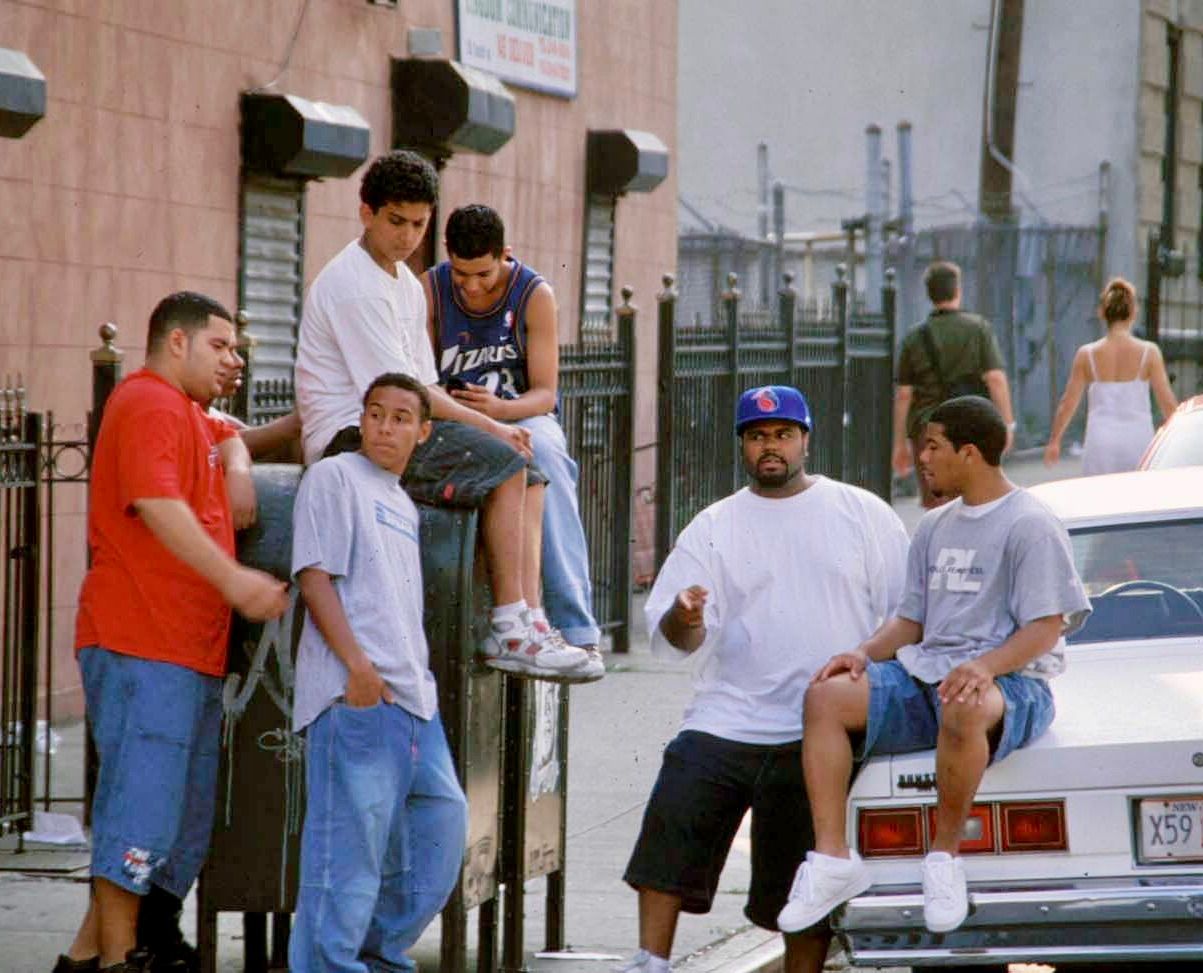
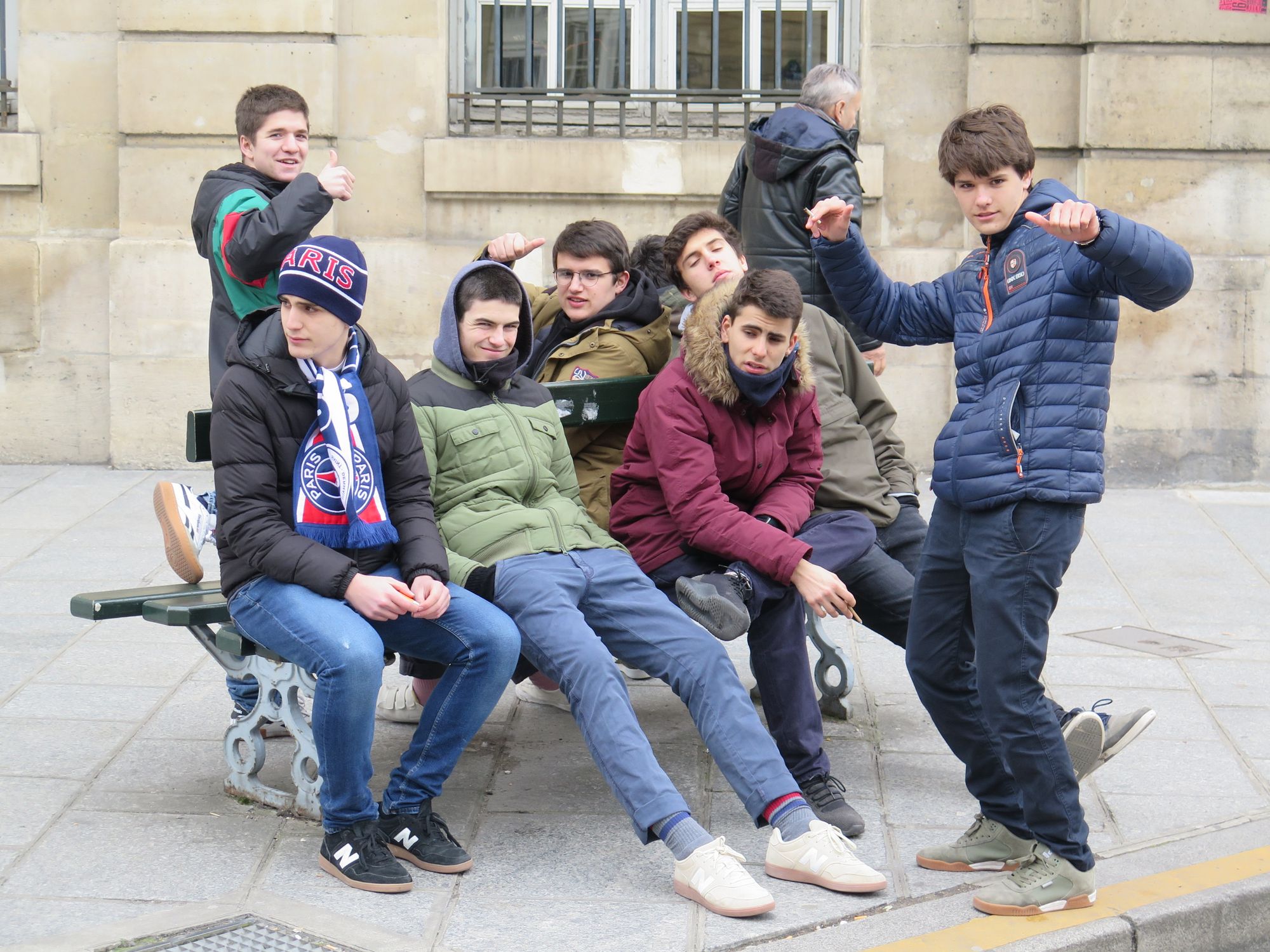

Men and their pets
Hanging out with a pet invites people to approach and strike up a conversation. It gets people's guards down and makes a space feel comfortable and fun. We think of dogs as the ultimate social connectors.
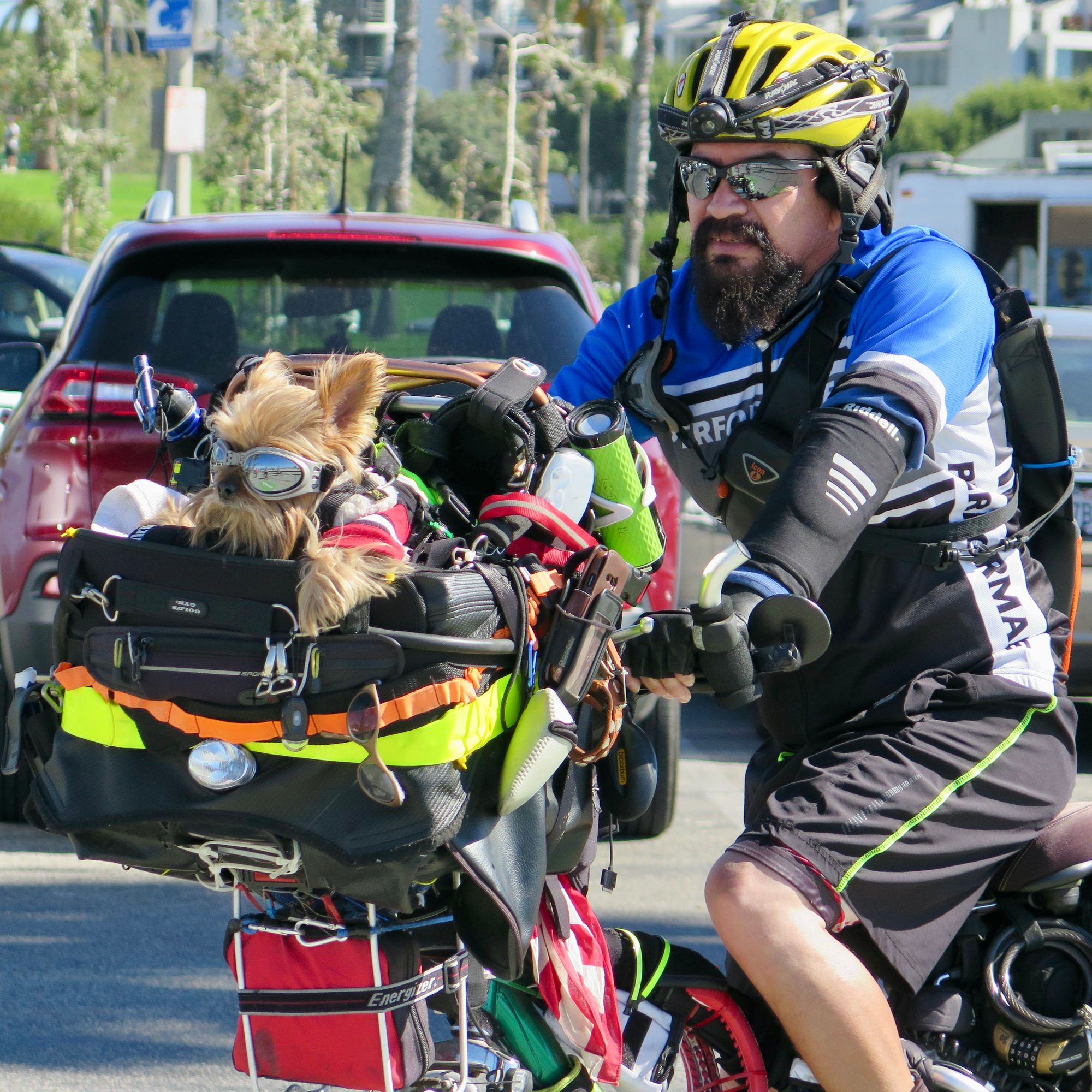
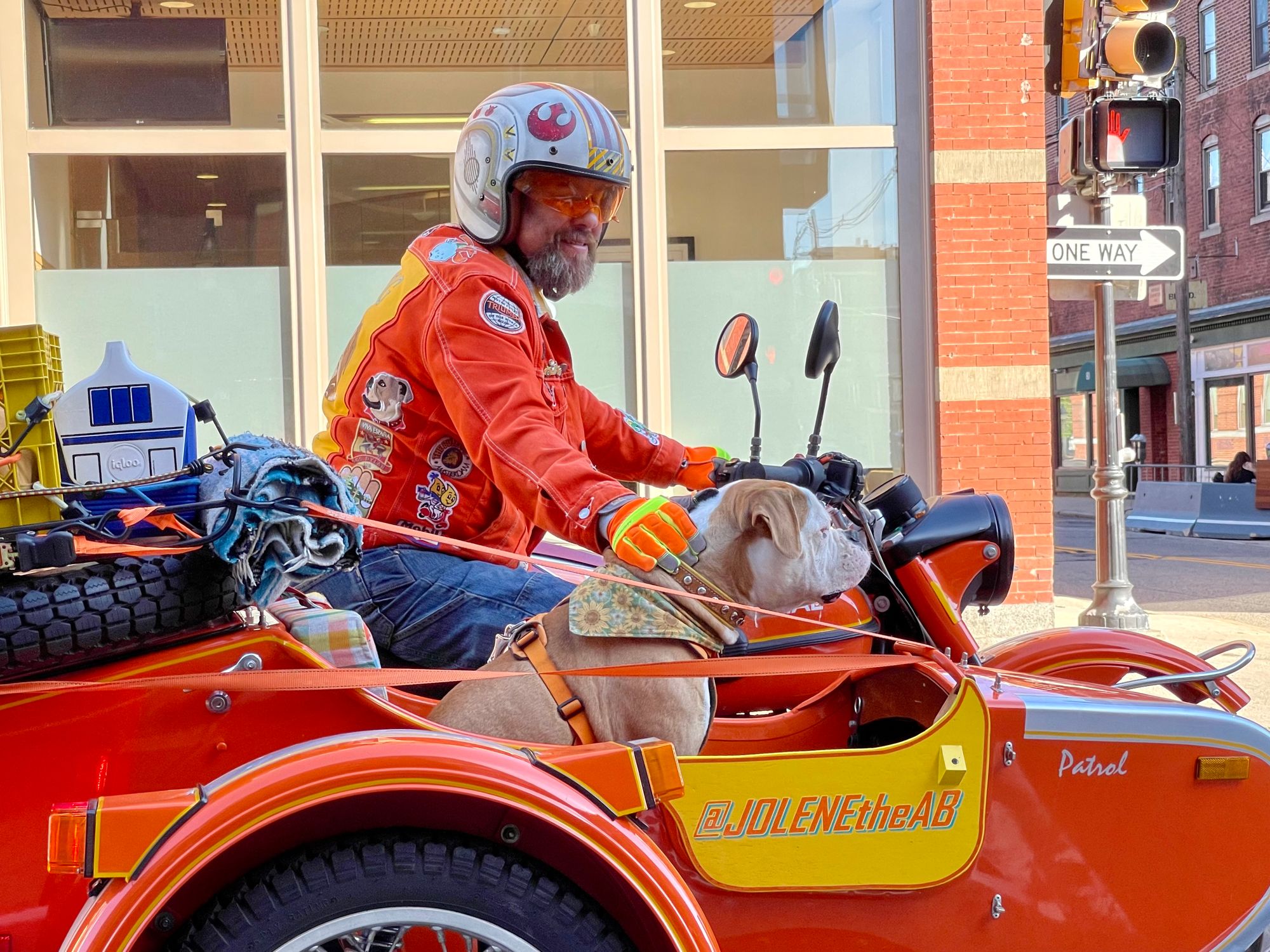
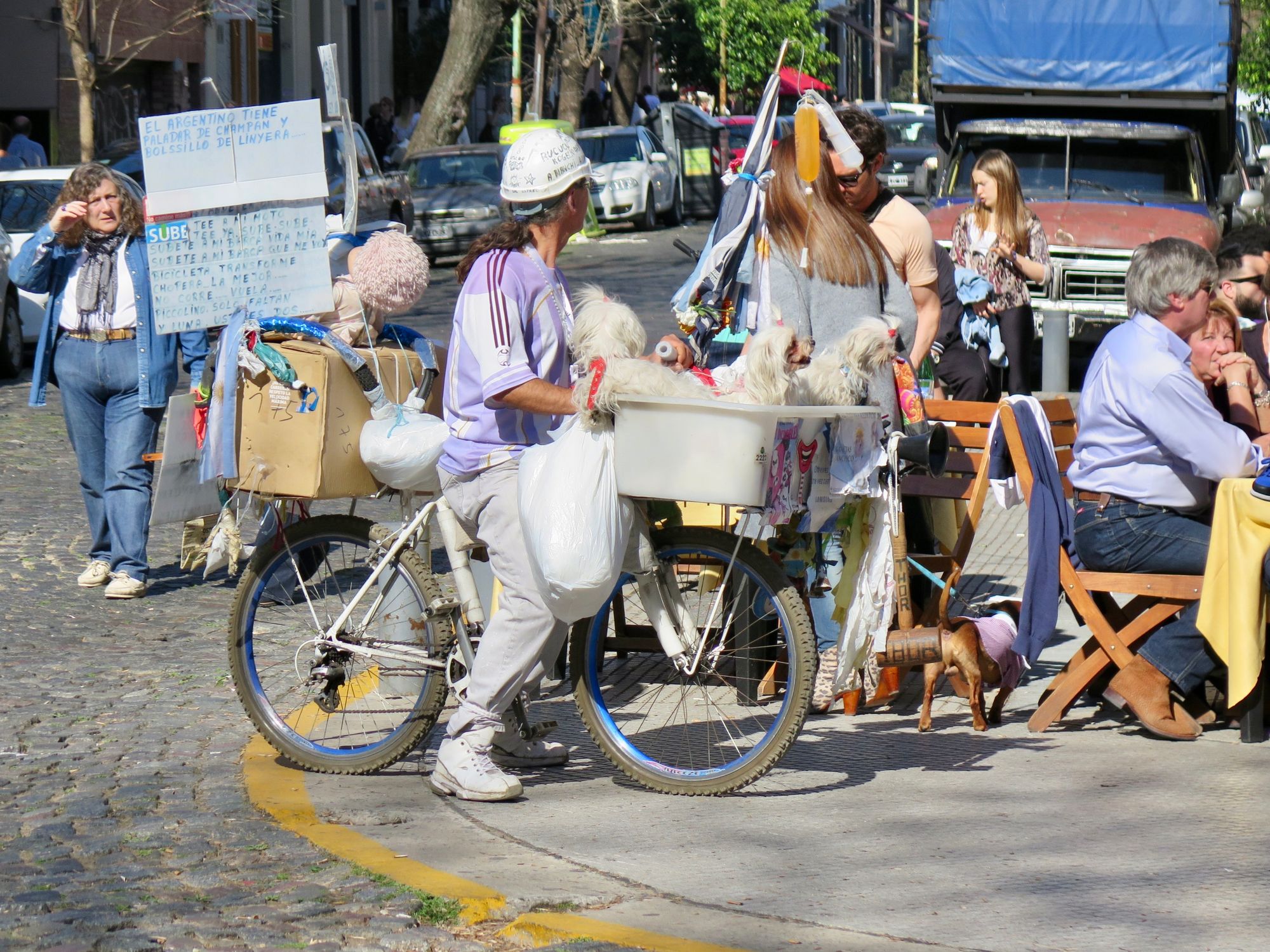

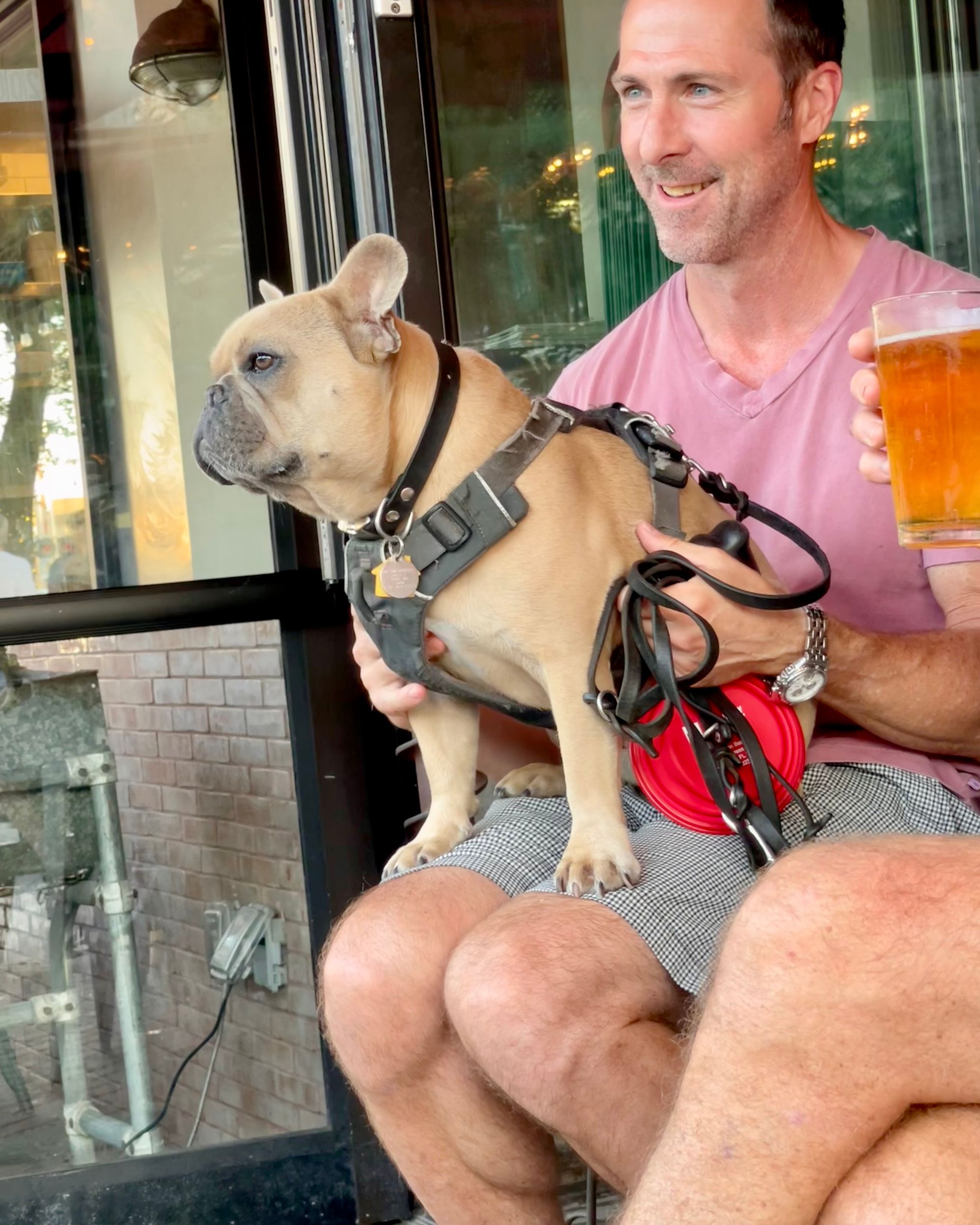
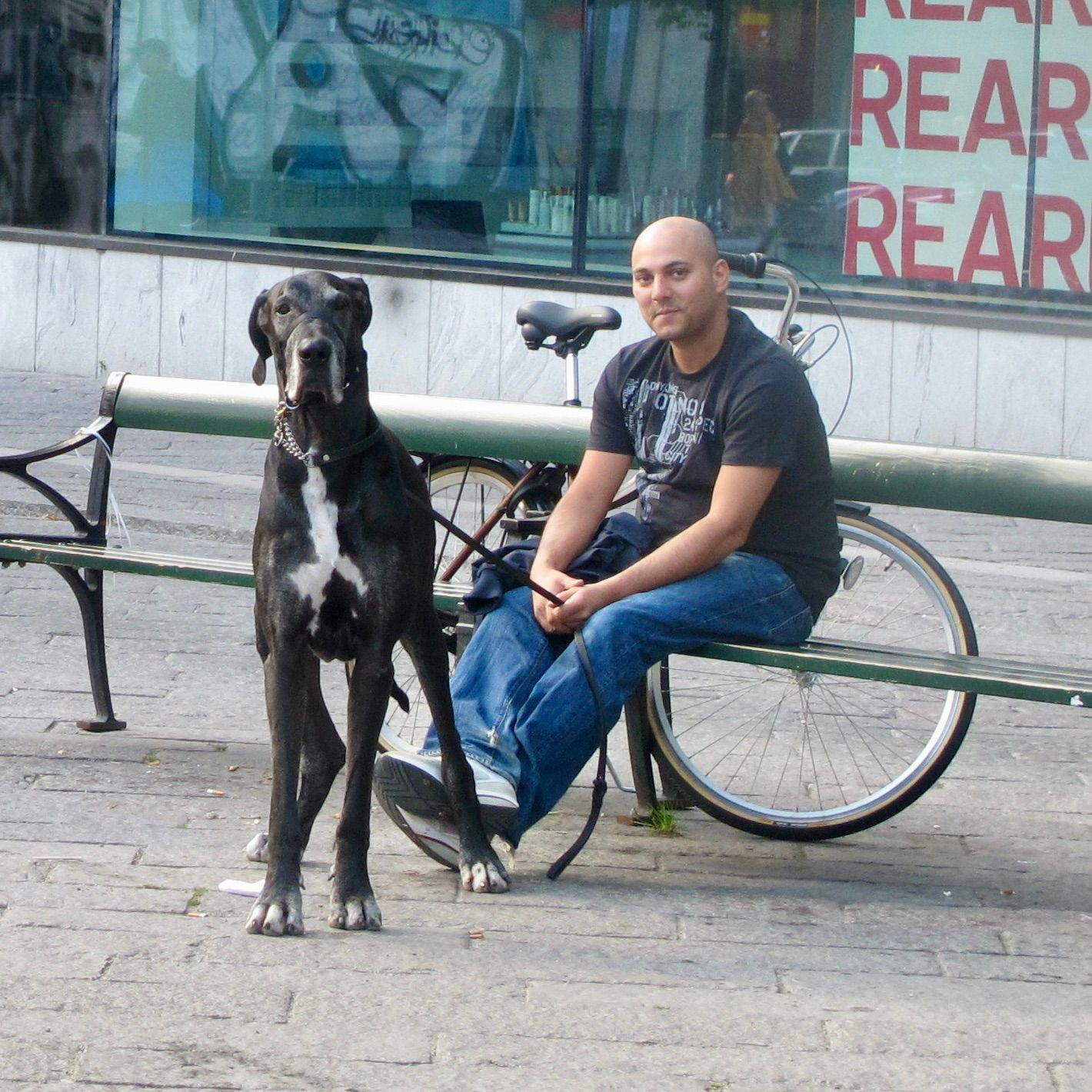
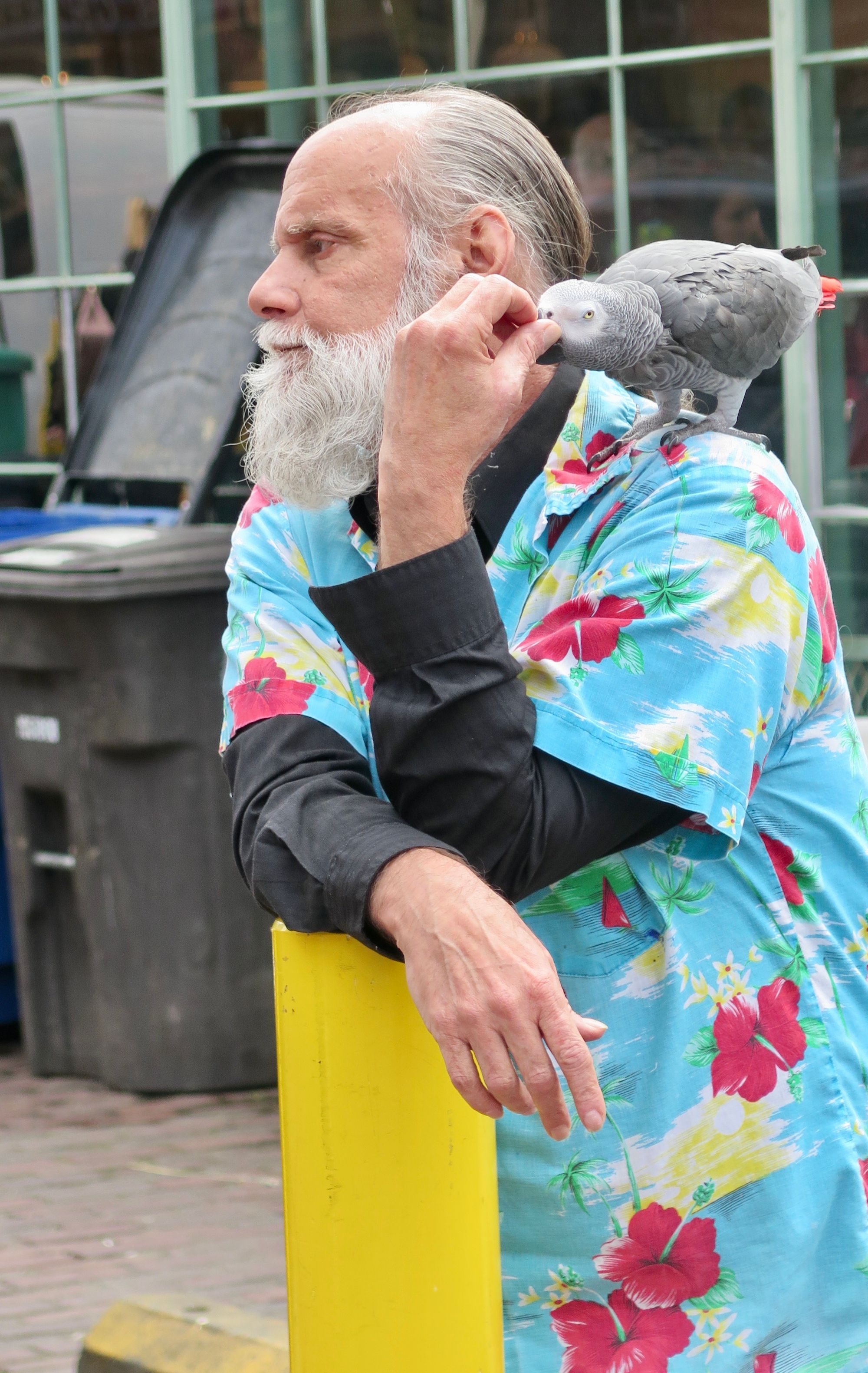
Men alone
Though it is important for people to connect in public spaces, the best places are those where people can also enjoy spending time alone. Giving men a space where they can seek out some quiet or contemplative time is important in reinforcing mental well-being.

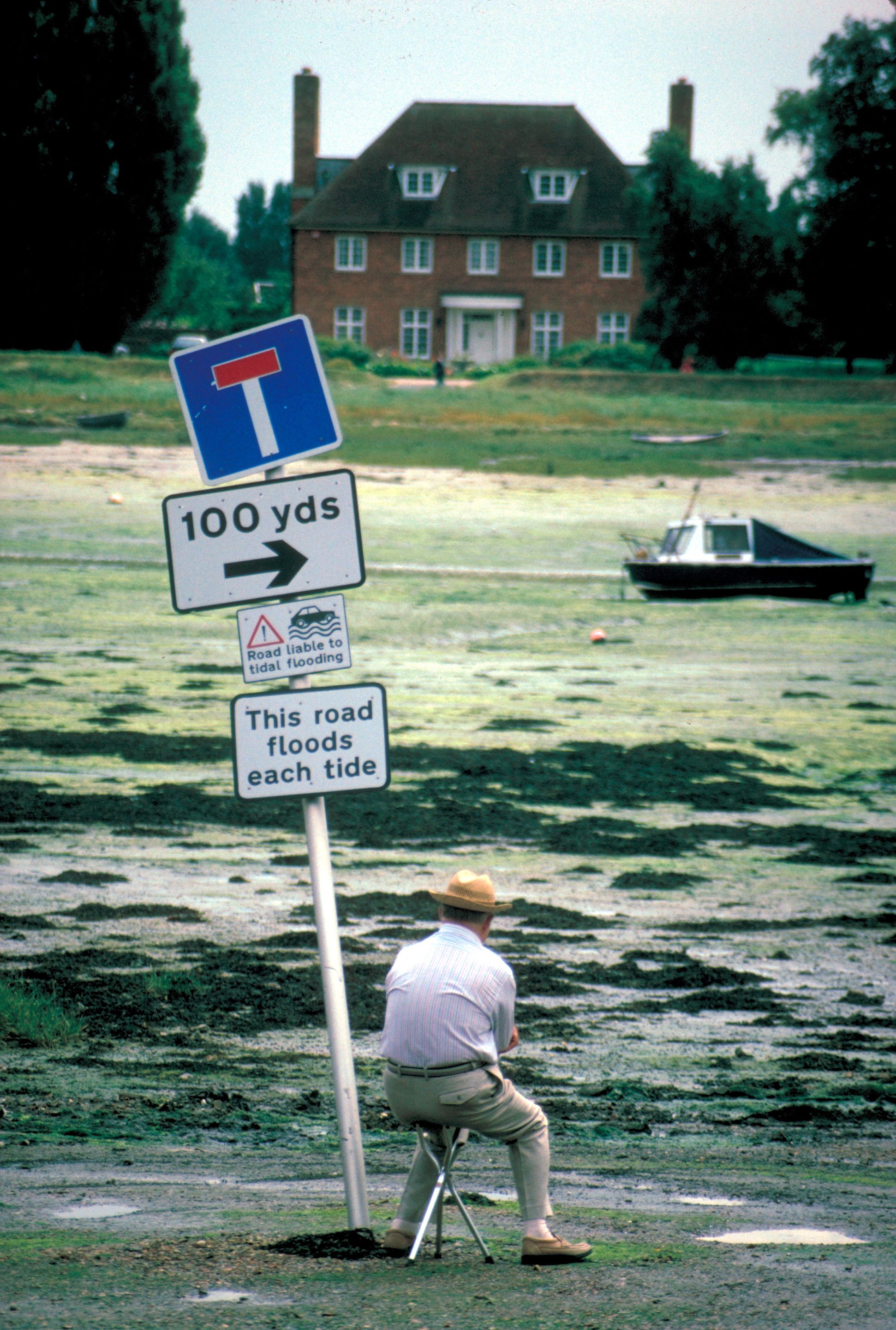
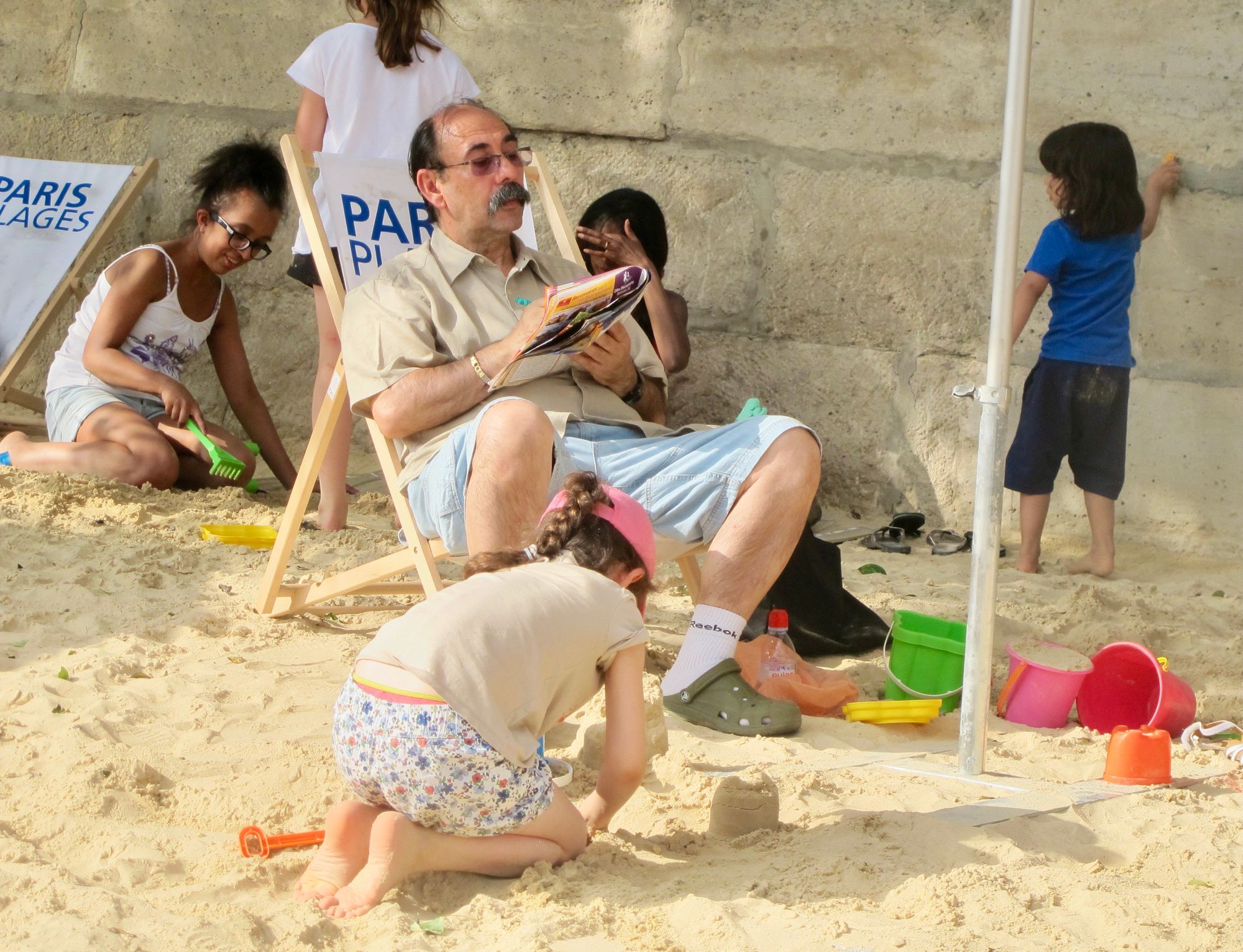
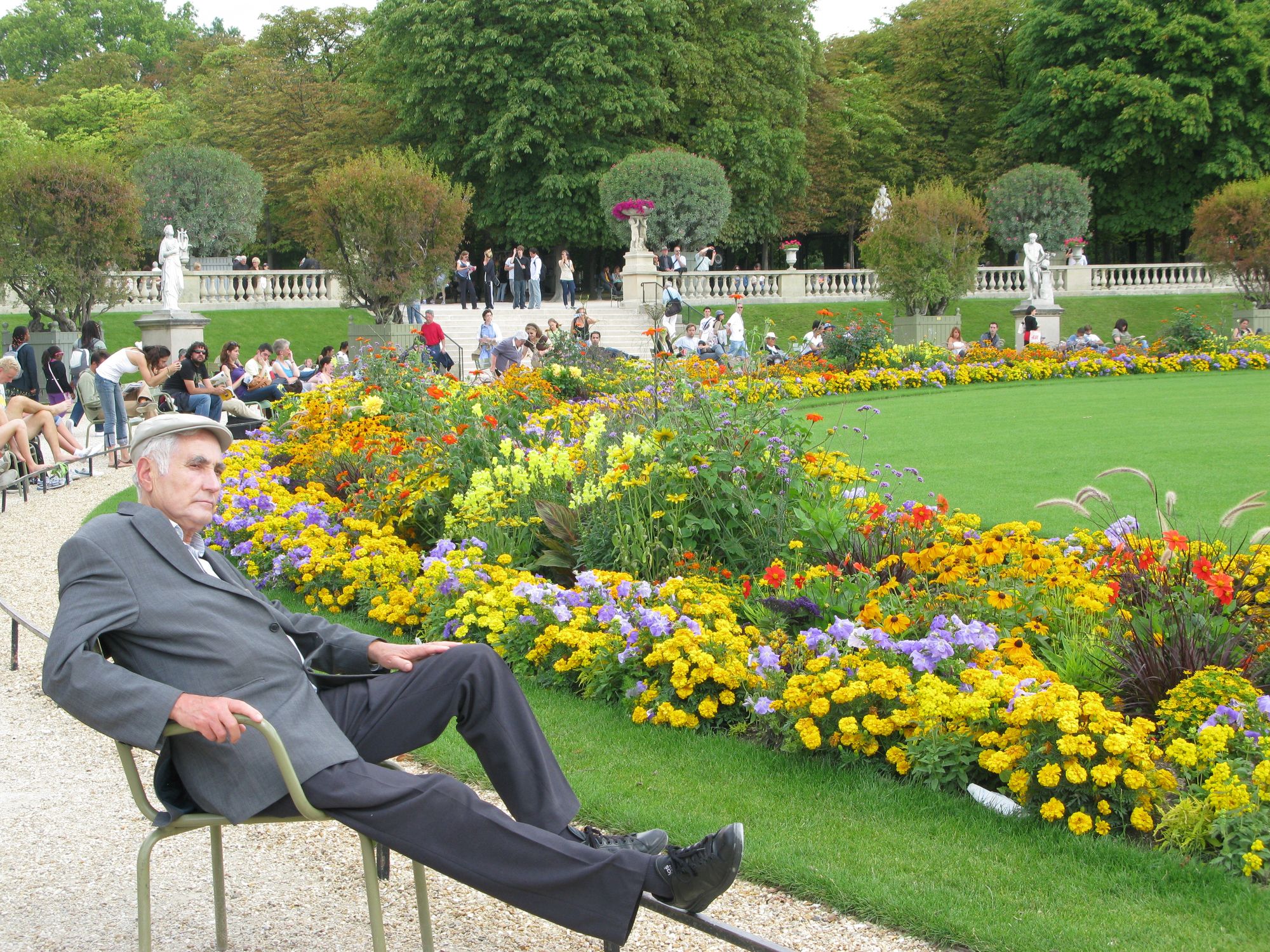
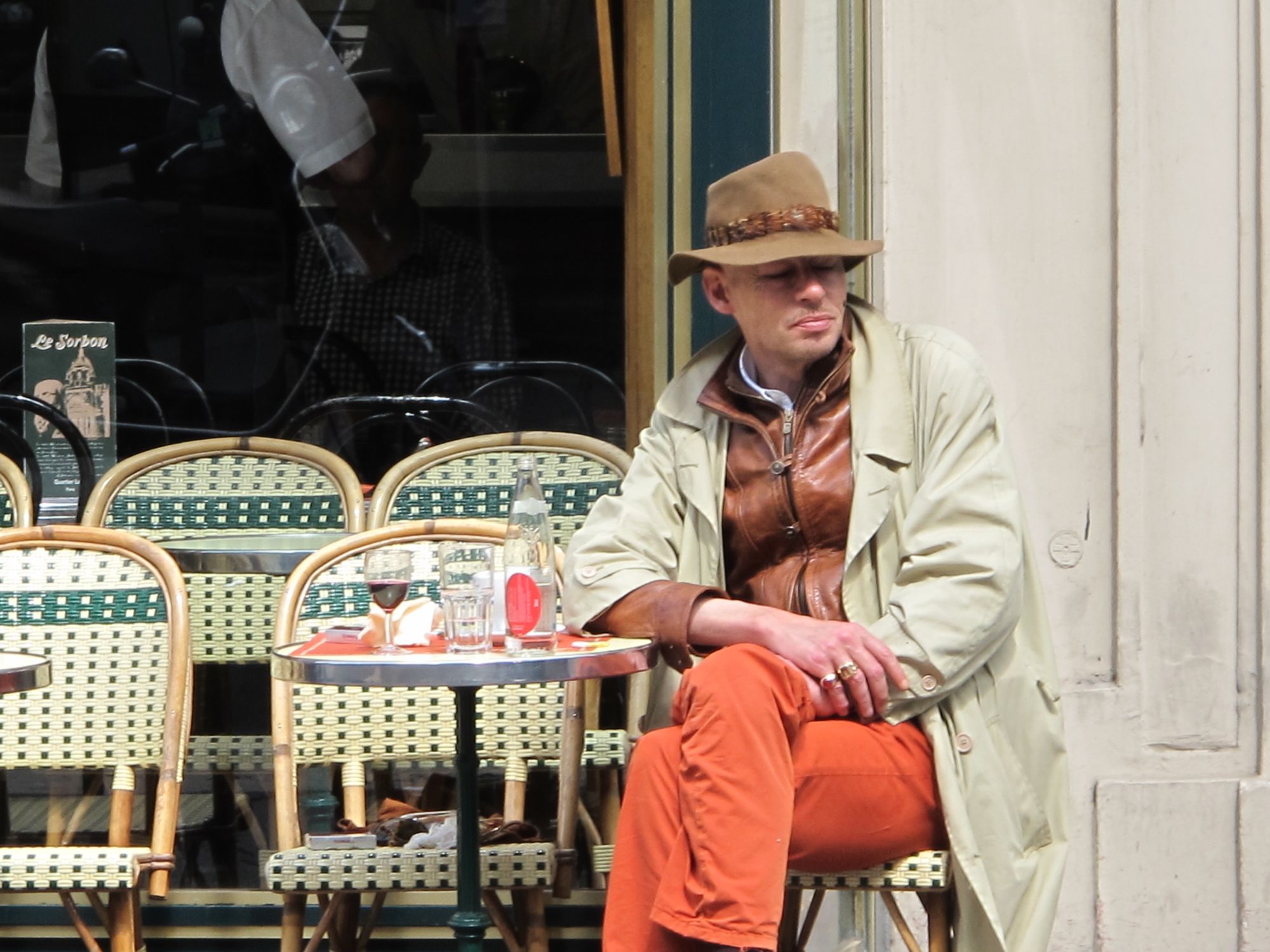
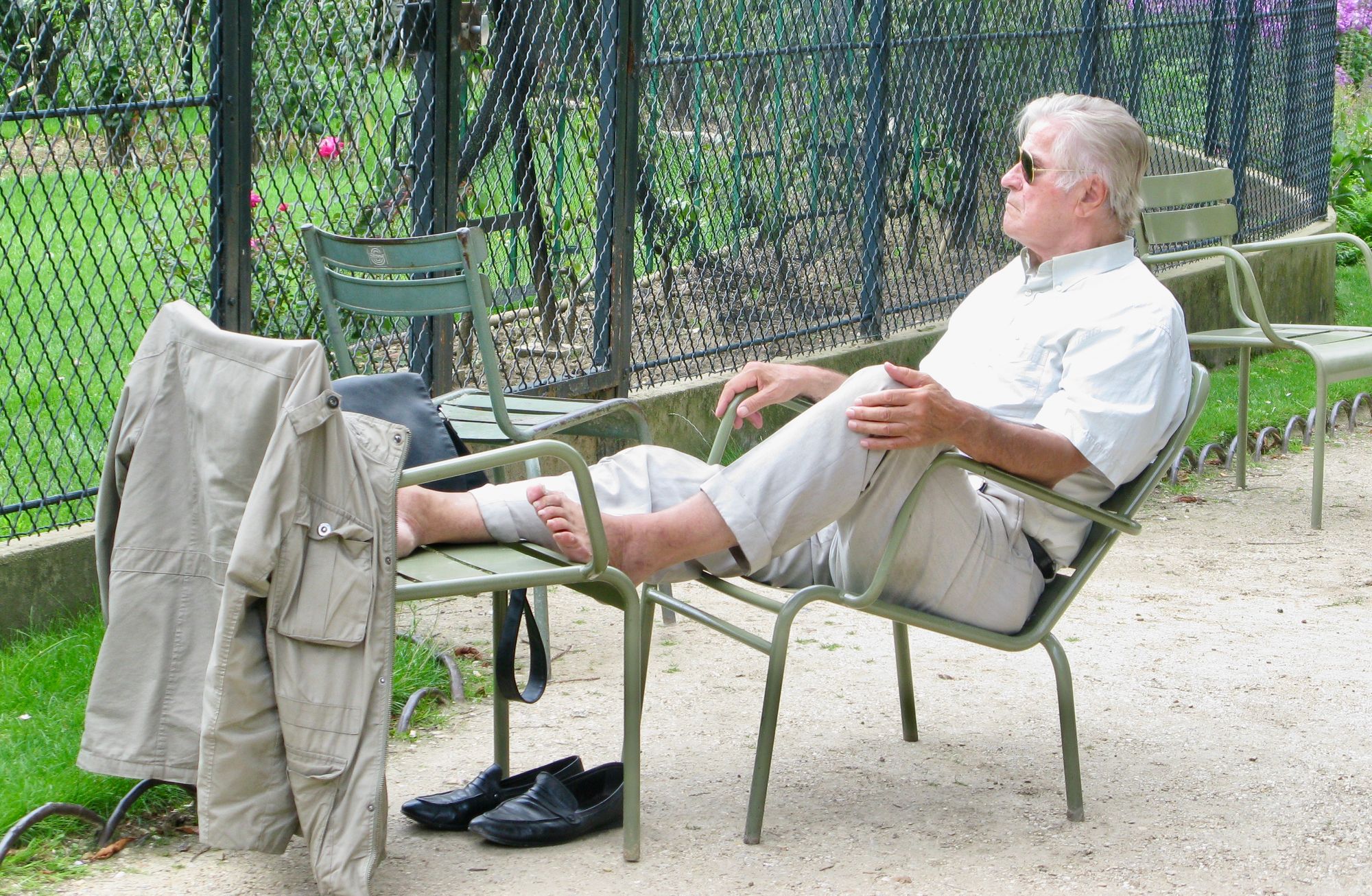
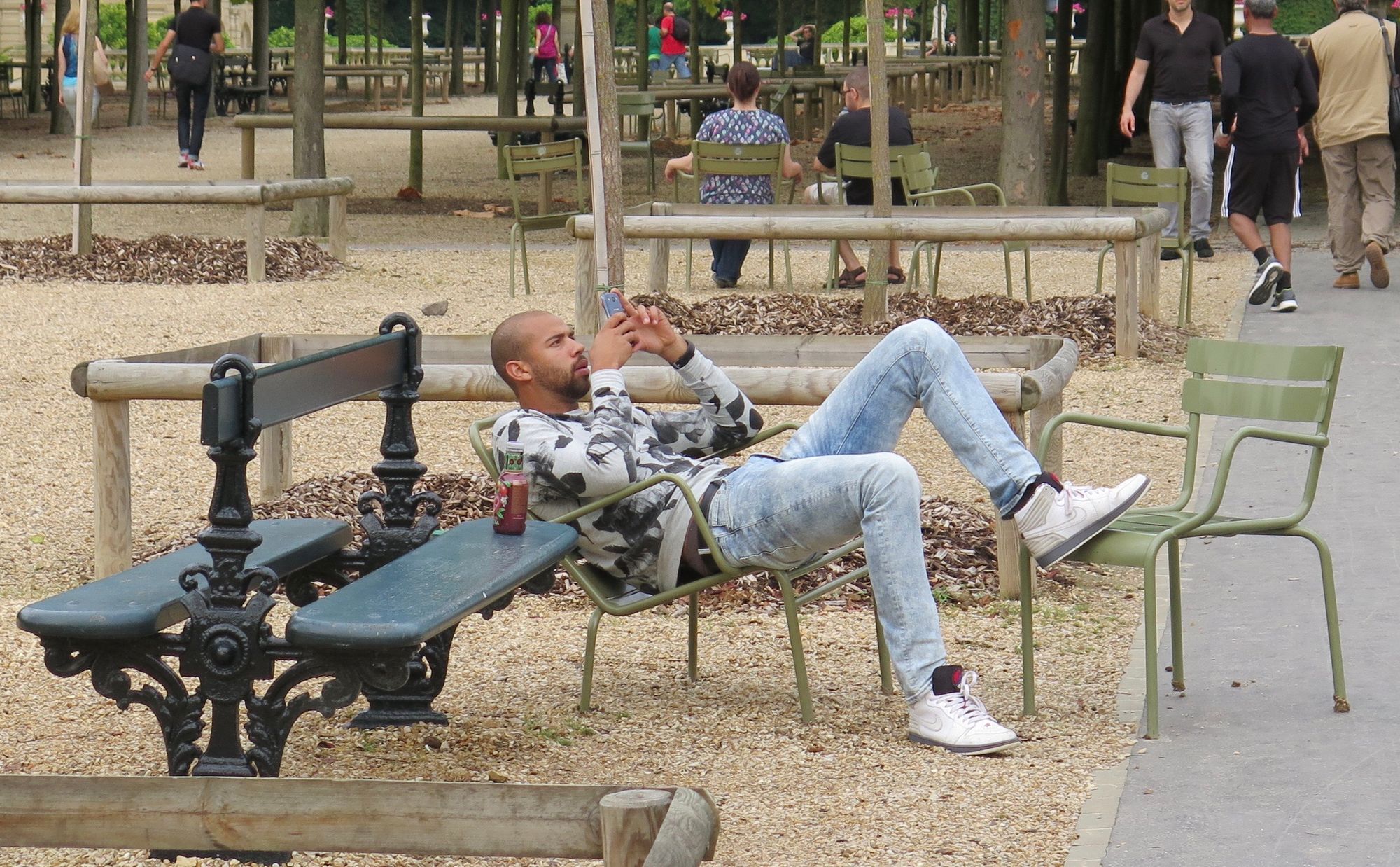
Showing affection
Men are often discouraged from showing tenderness and affection, especially in public. According to an article in Psychology Today, "[men] crave connection, love, and friendship, and in order to achieve that connection and feel truly seen, they must be vulnerable. Yet vulnerability is an emotional risk, and many men have been punished for taking that risk."
The best spots are therefore those that encourage affection and welcome vulnerability.
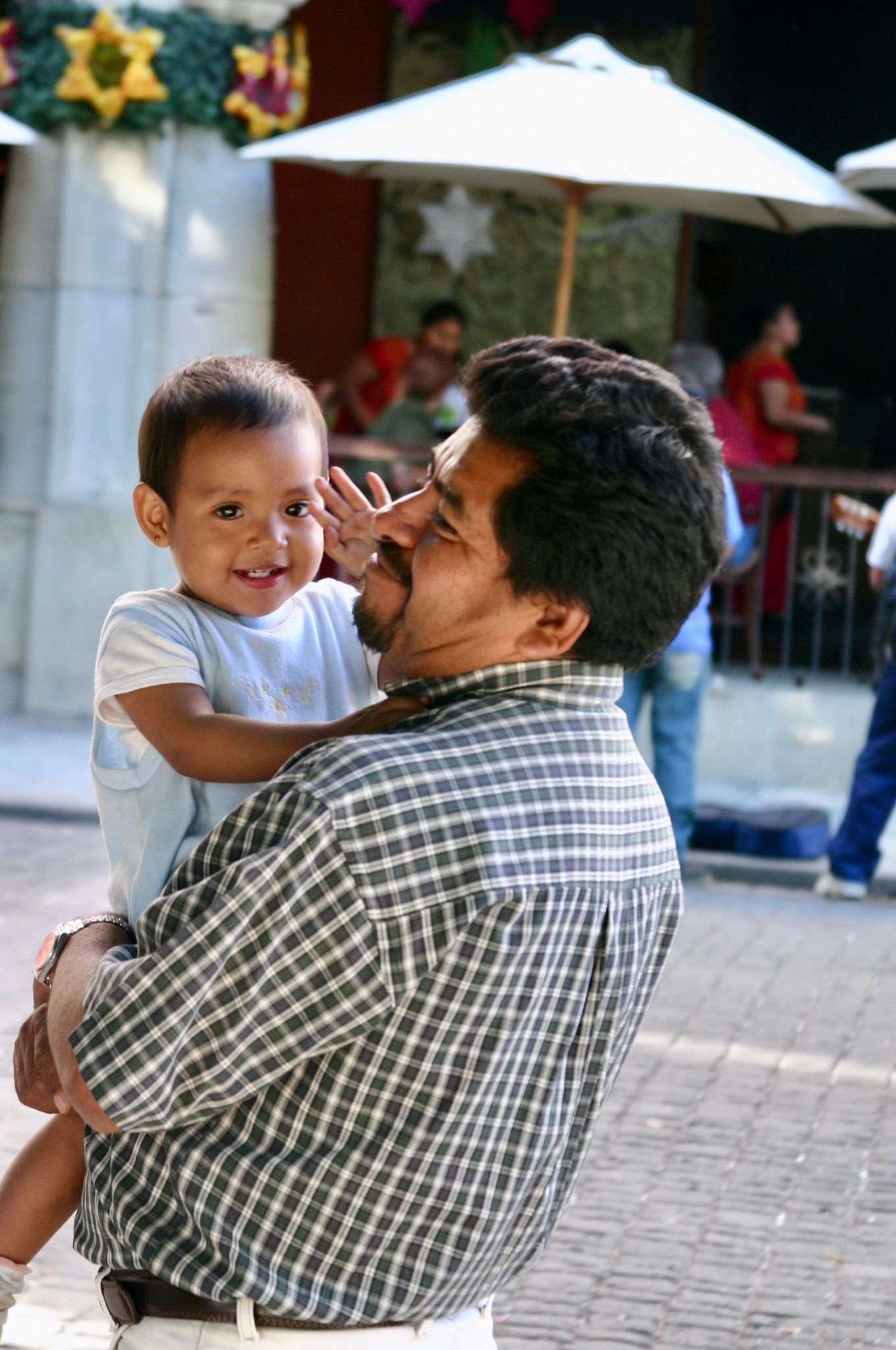
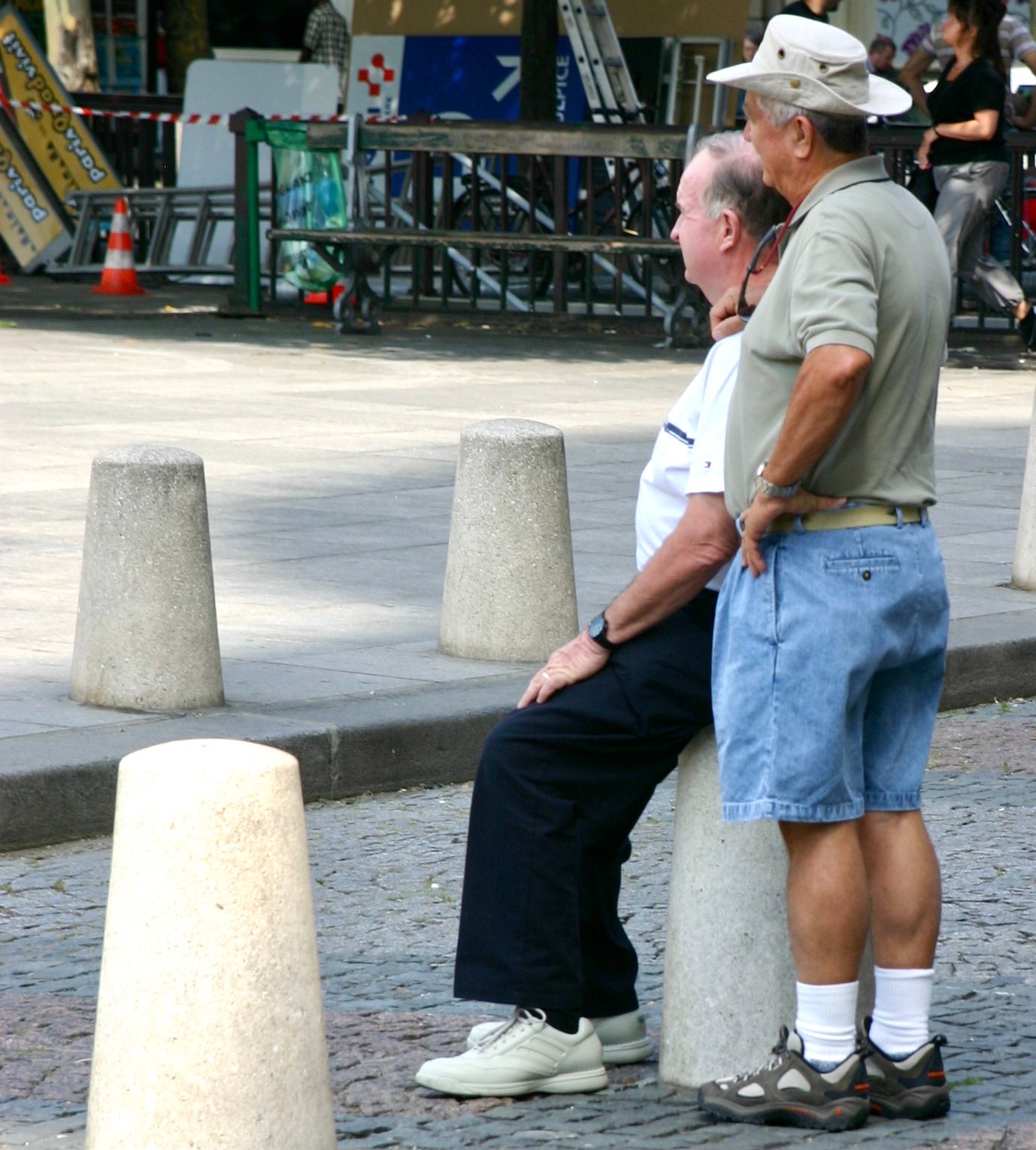
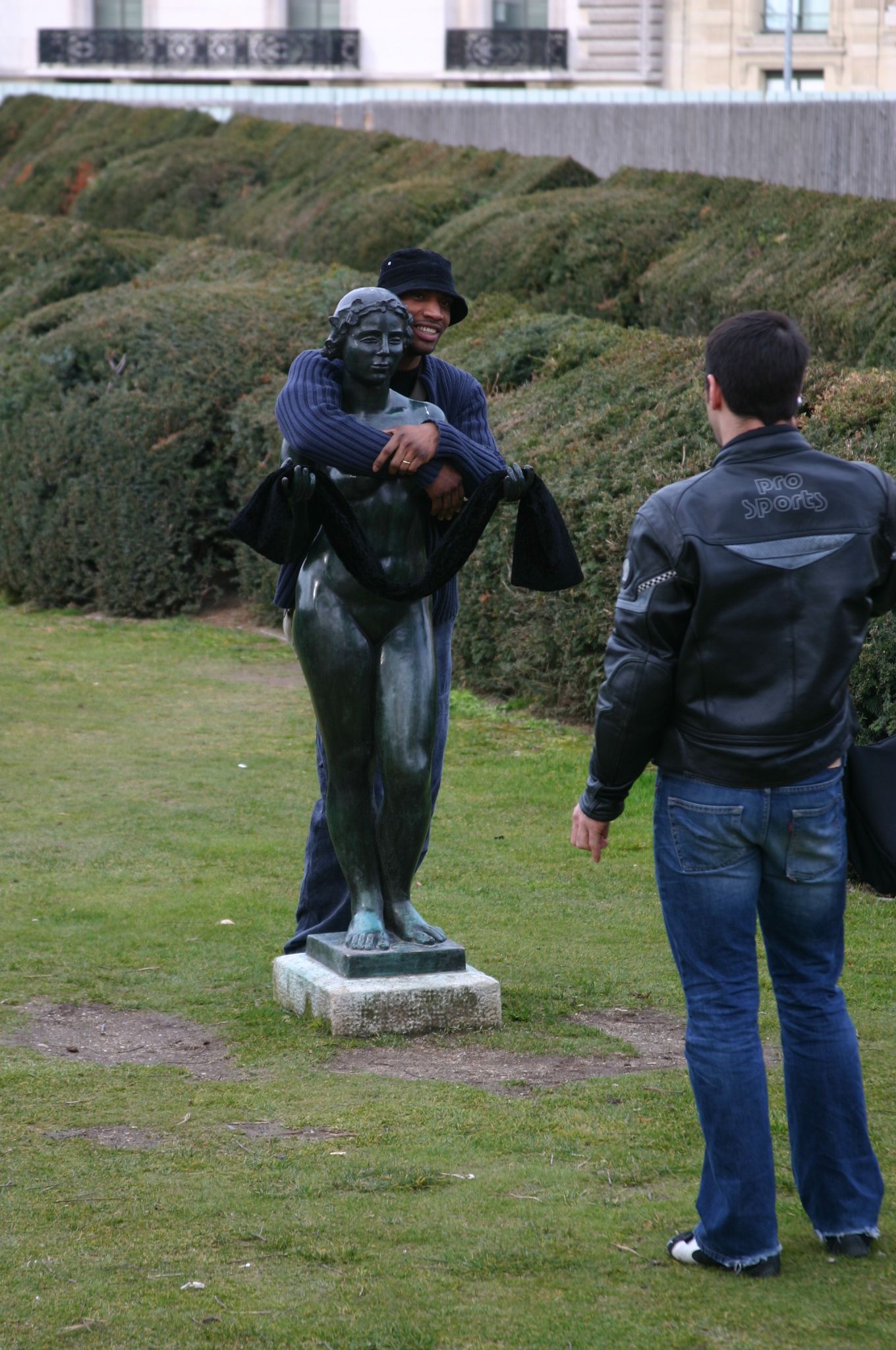
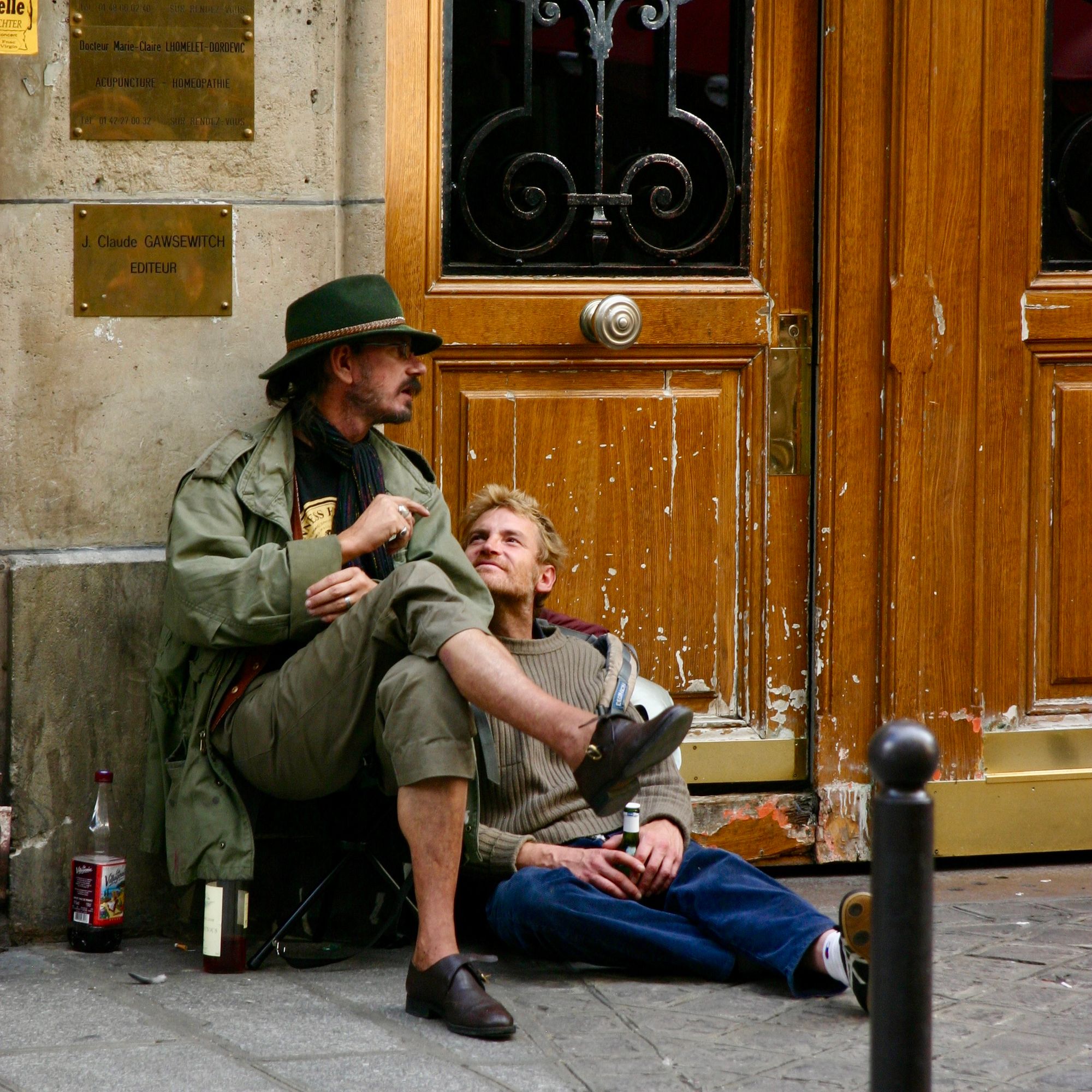
Sculptures
Sculptures invite us to think differently about a particular place, its history, and our place within it. While monuments overwhelmingly depict men which can change to better reflect communities, these sculptures nonetheless encourage conversation and interaction.
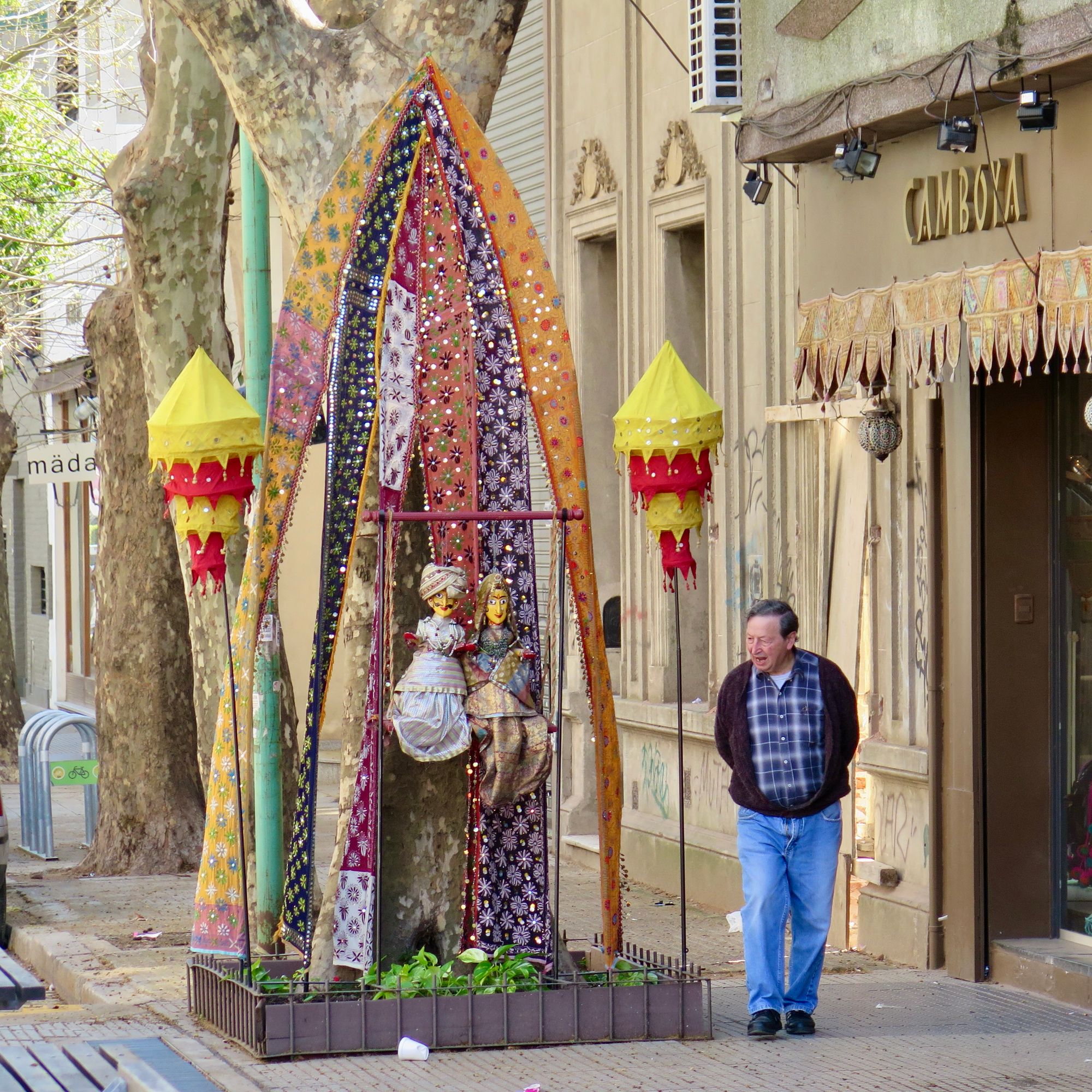
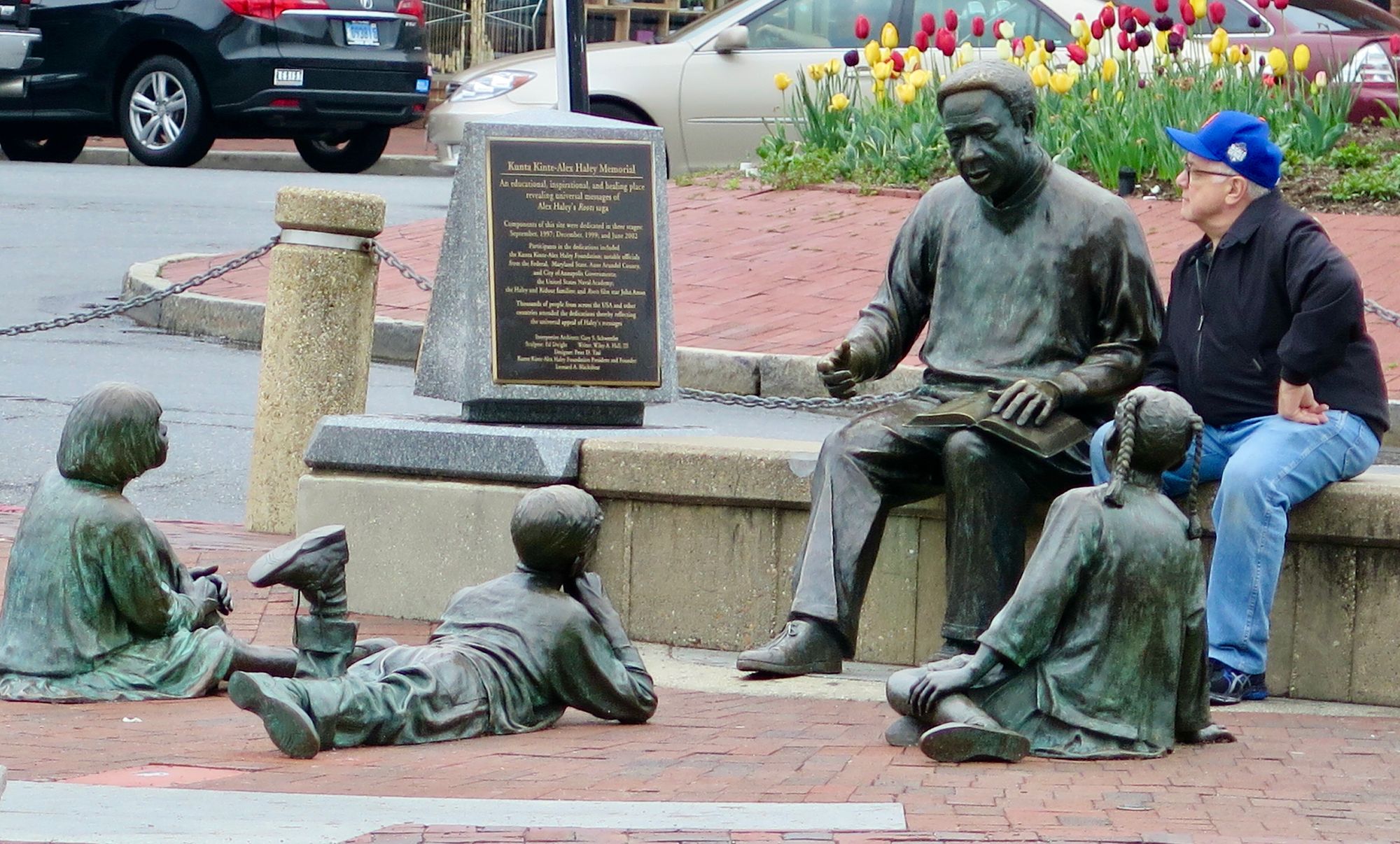
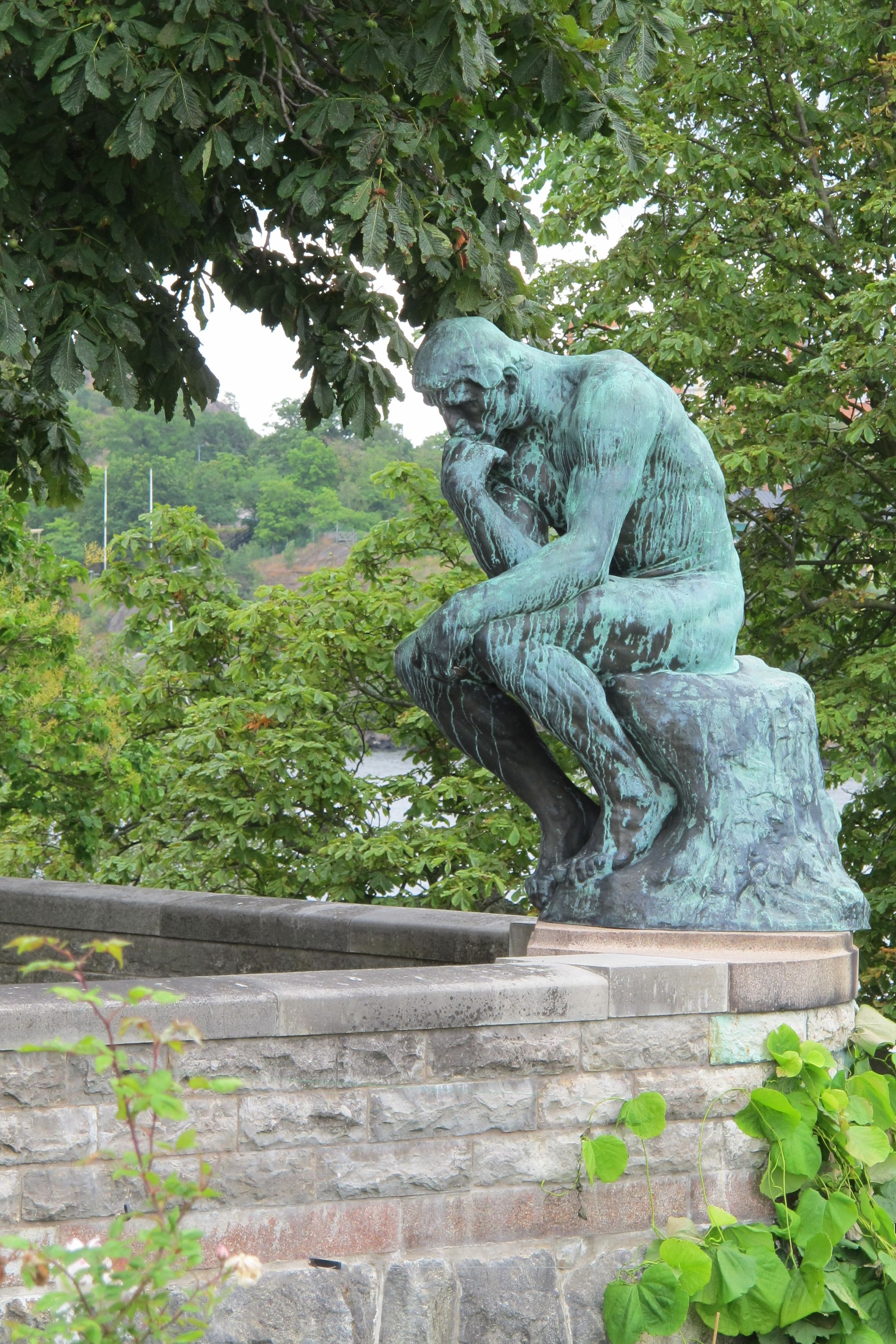
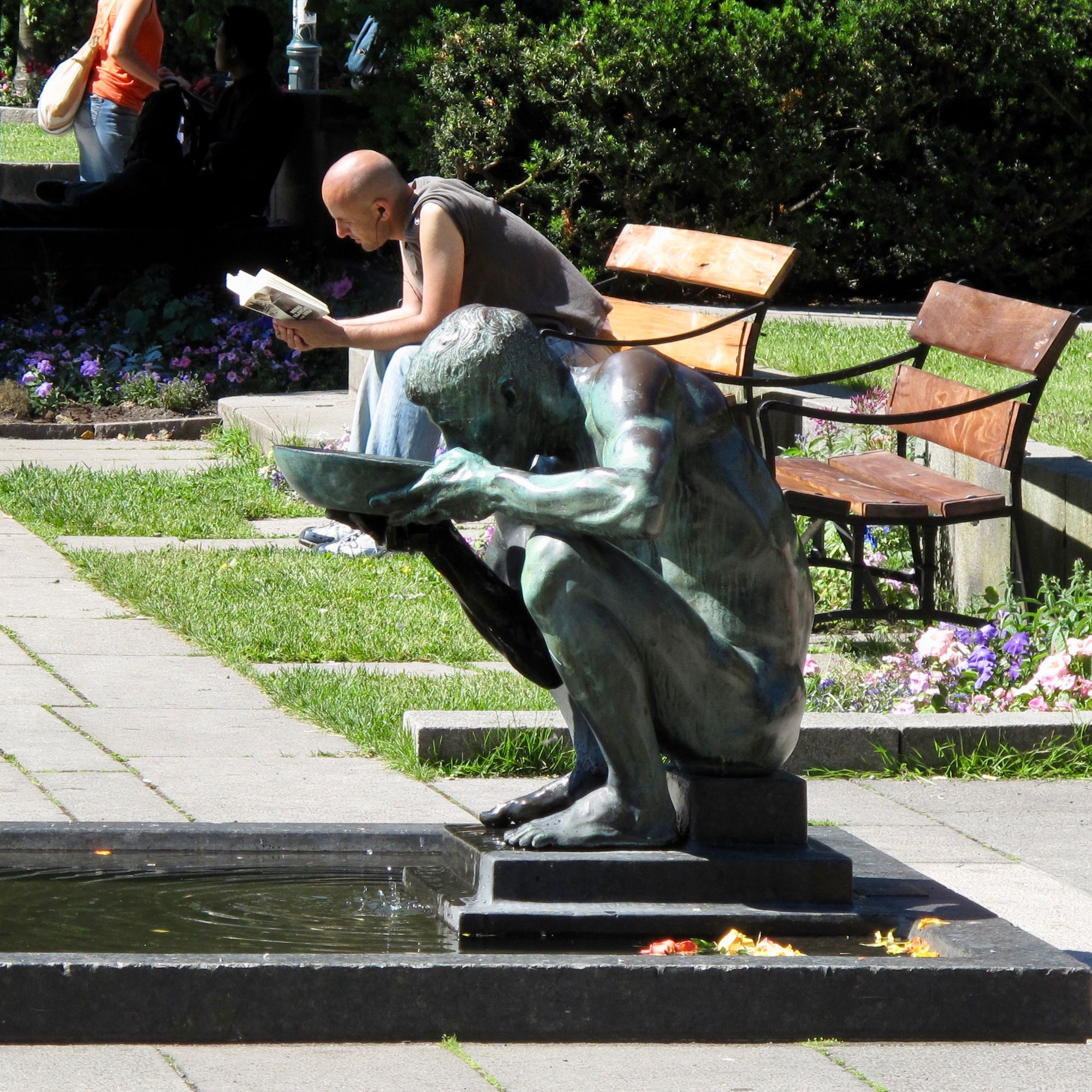
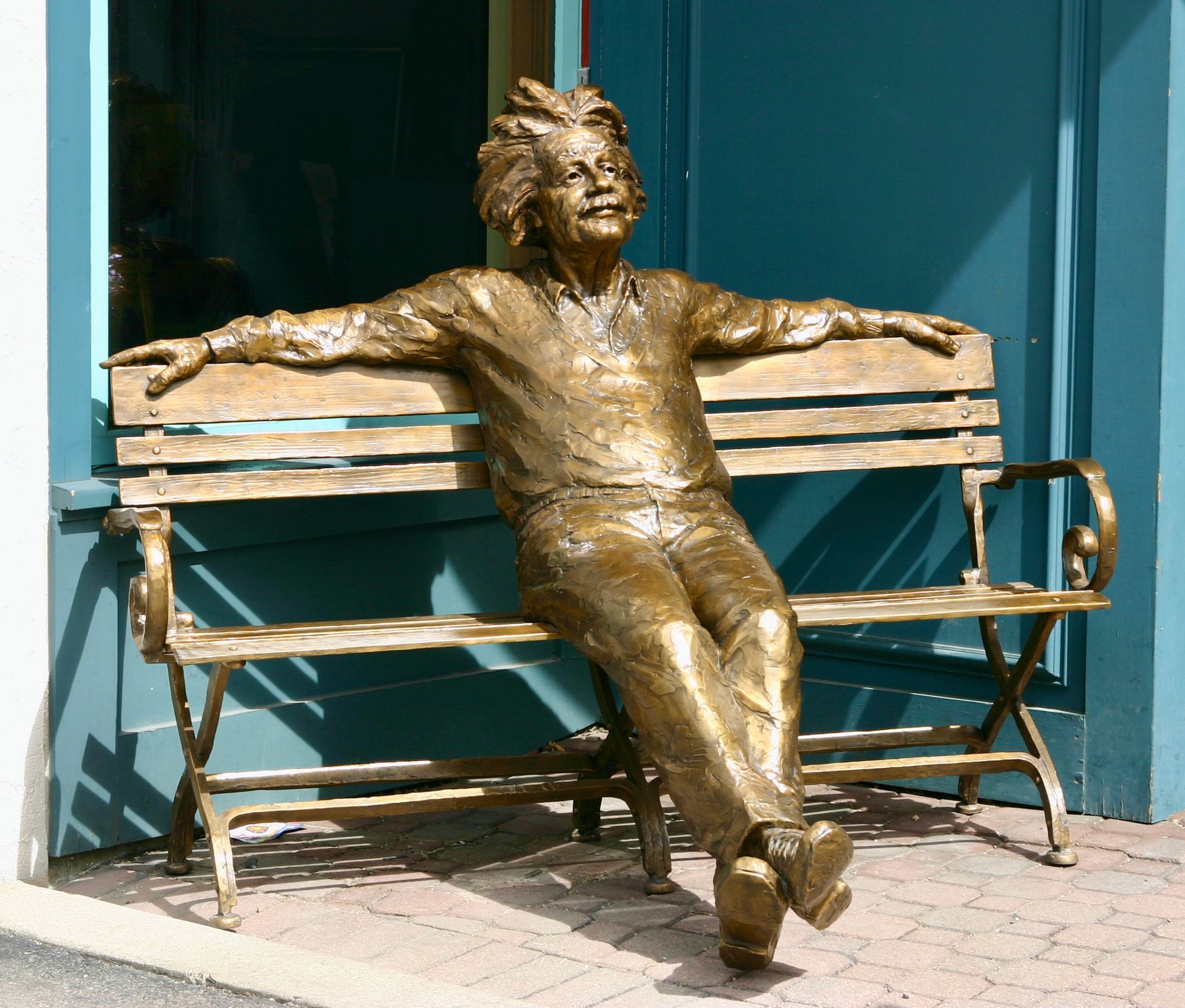
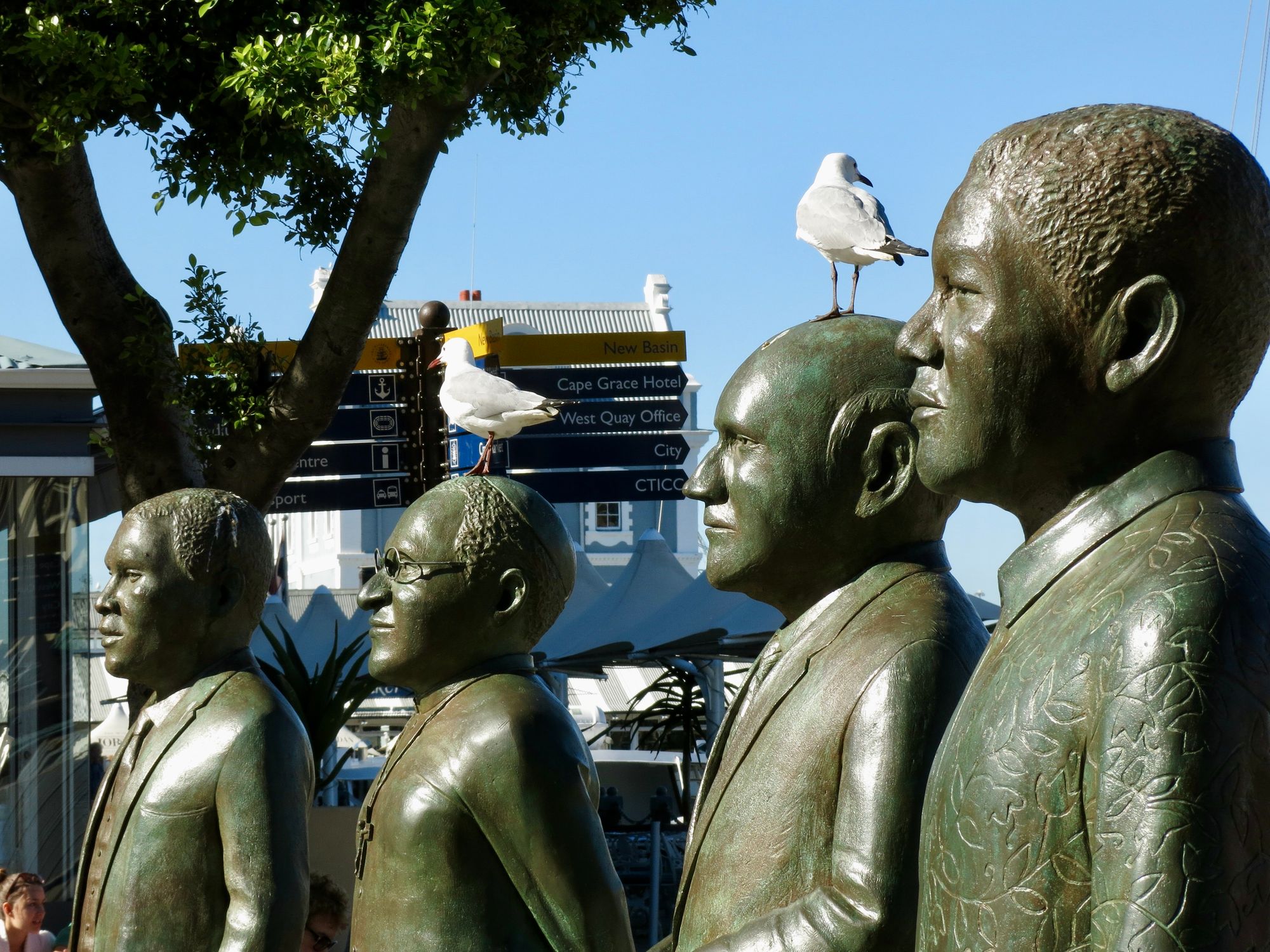
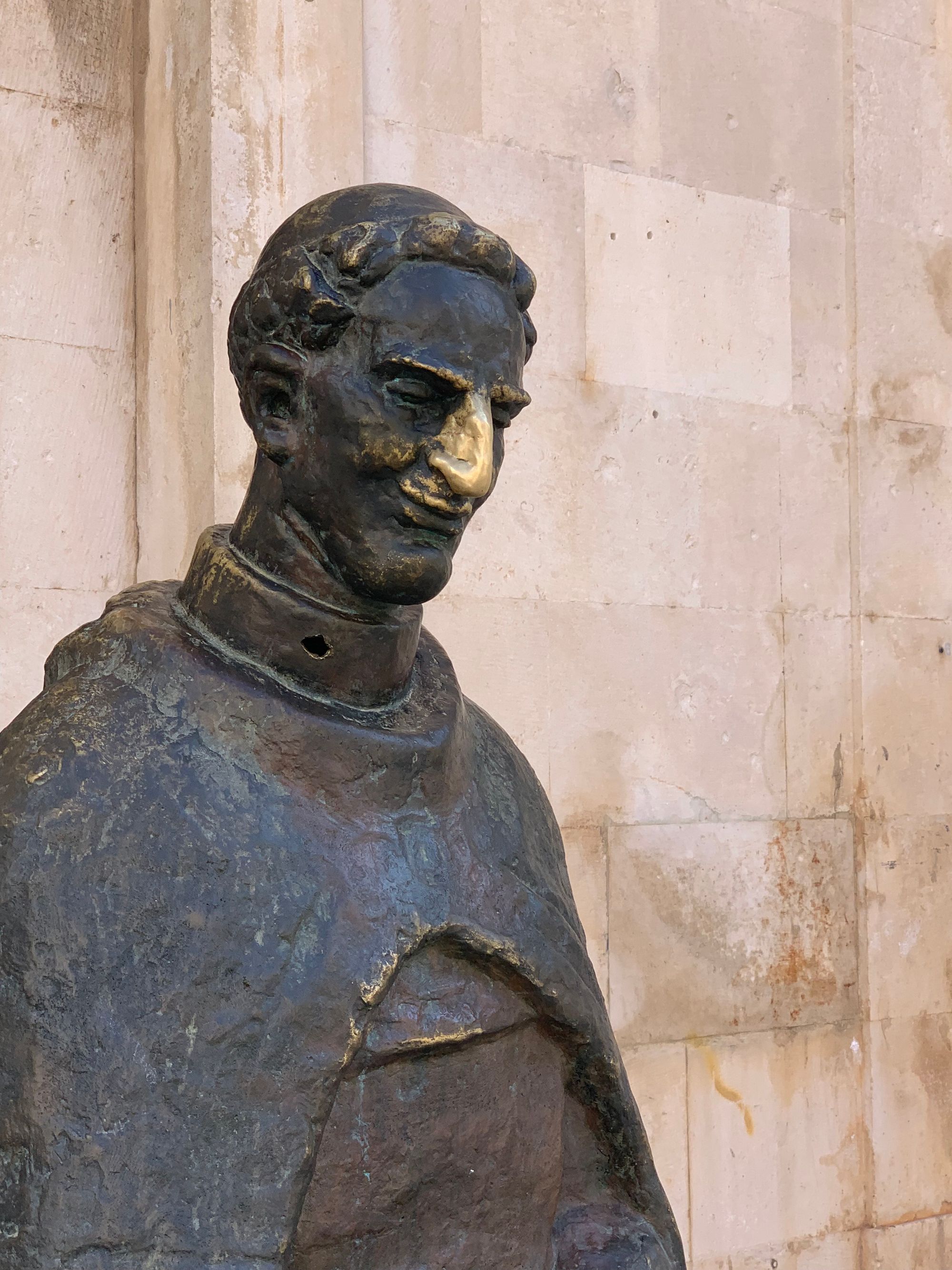

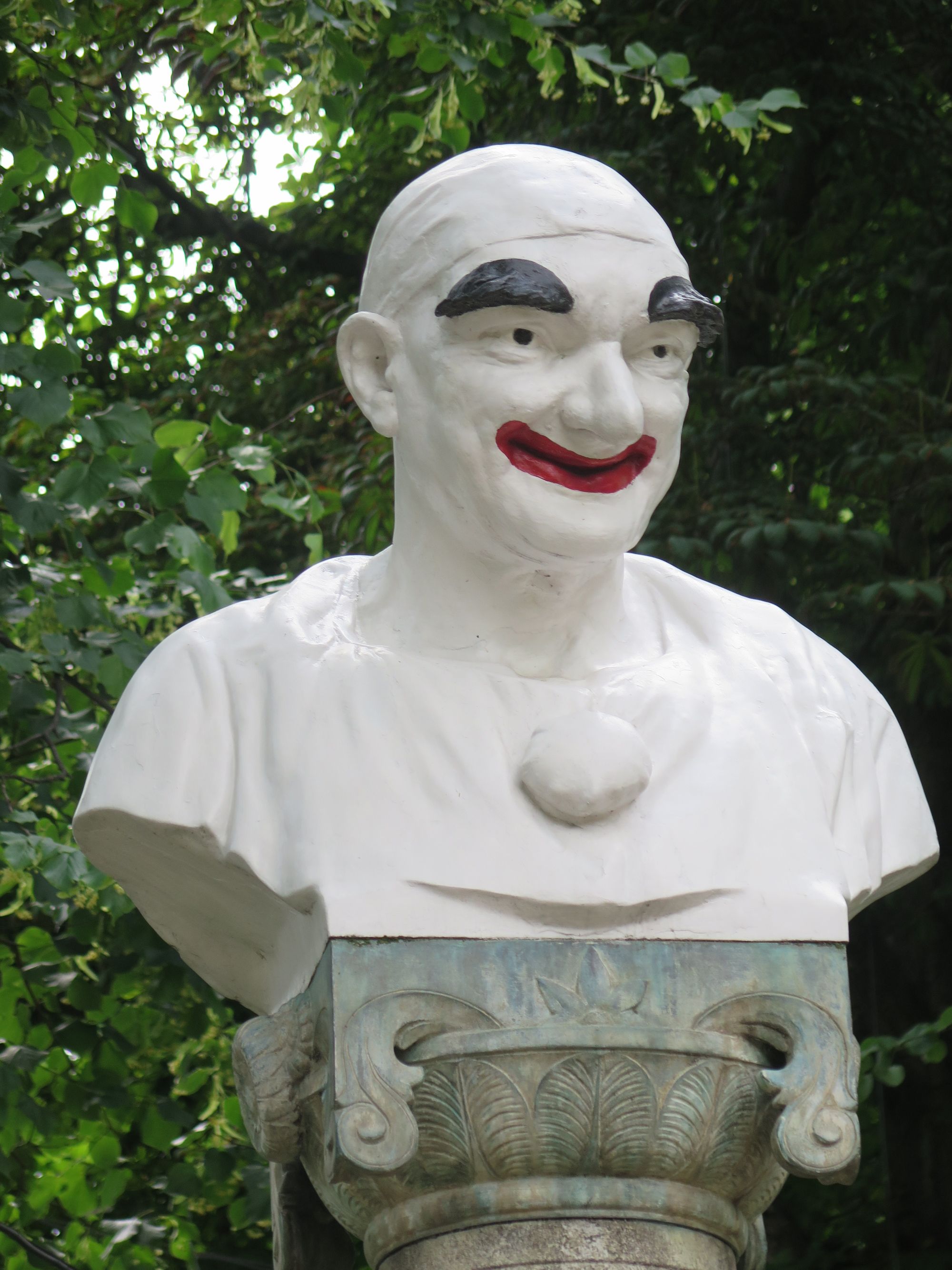
The chance to hold court
There are all kinds of men, ordinary and extraordinary. Great places are welcoming to all, and give people a chance to shine and be a real part of the life force behind a public space.
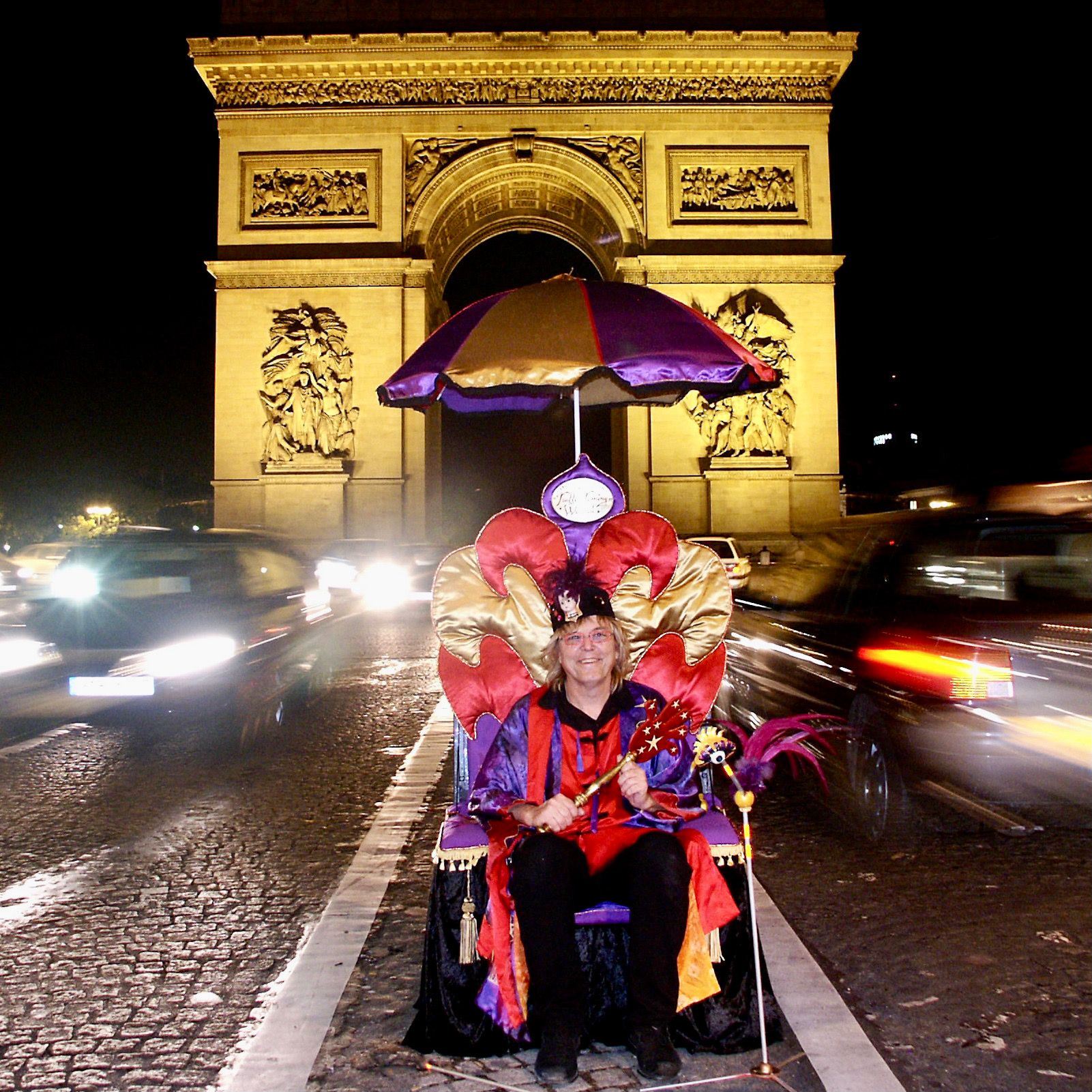
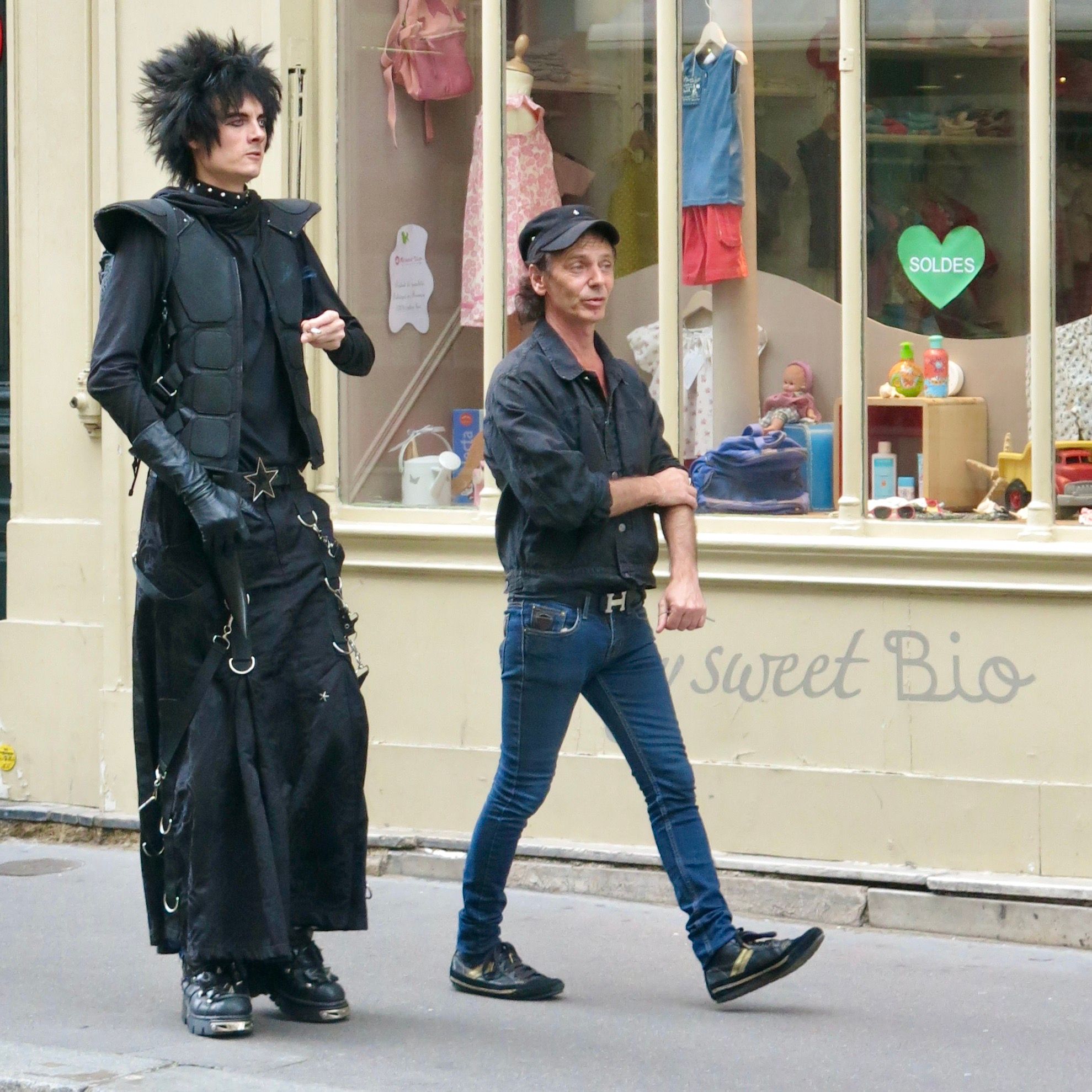
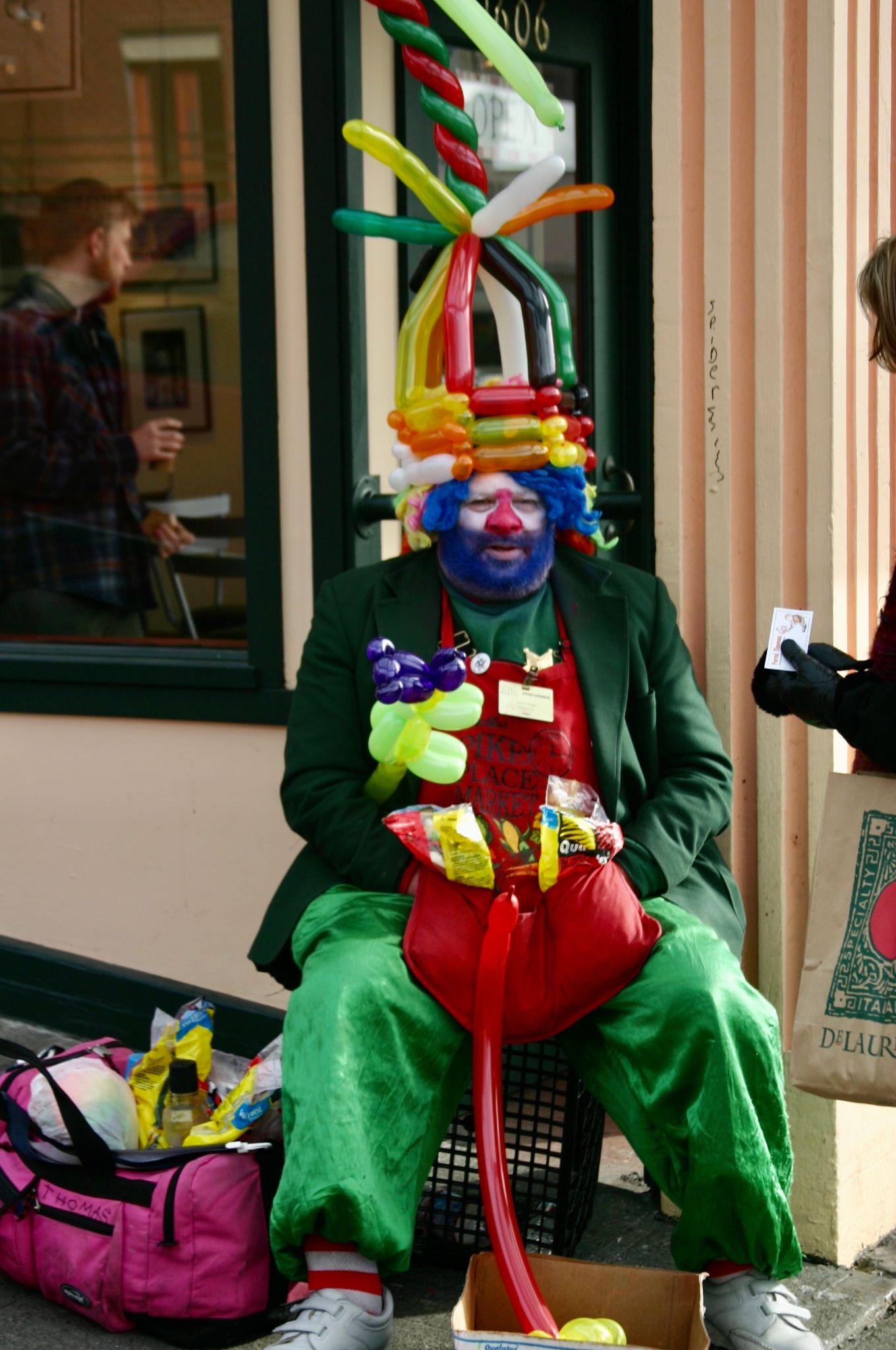
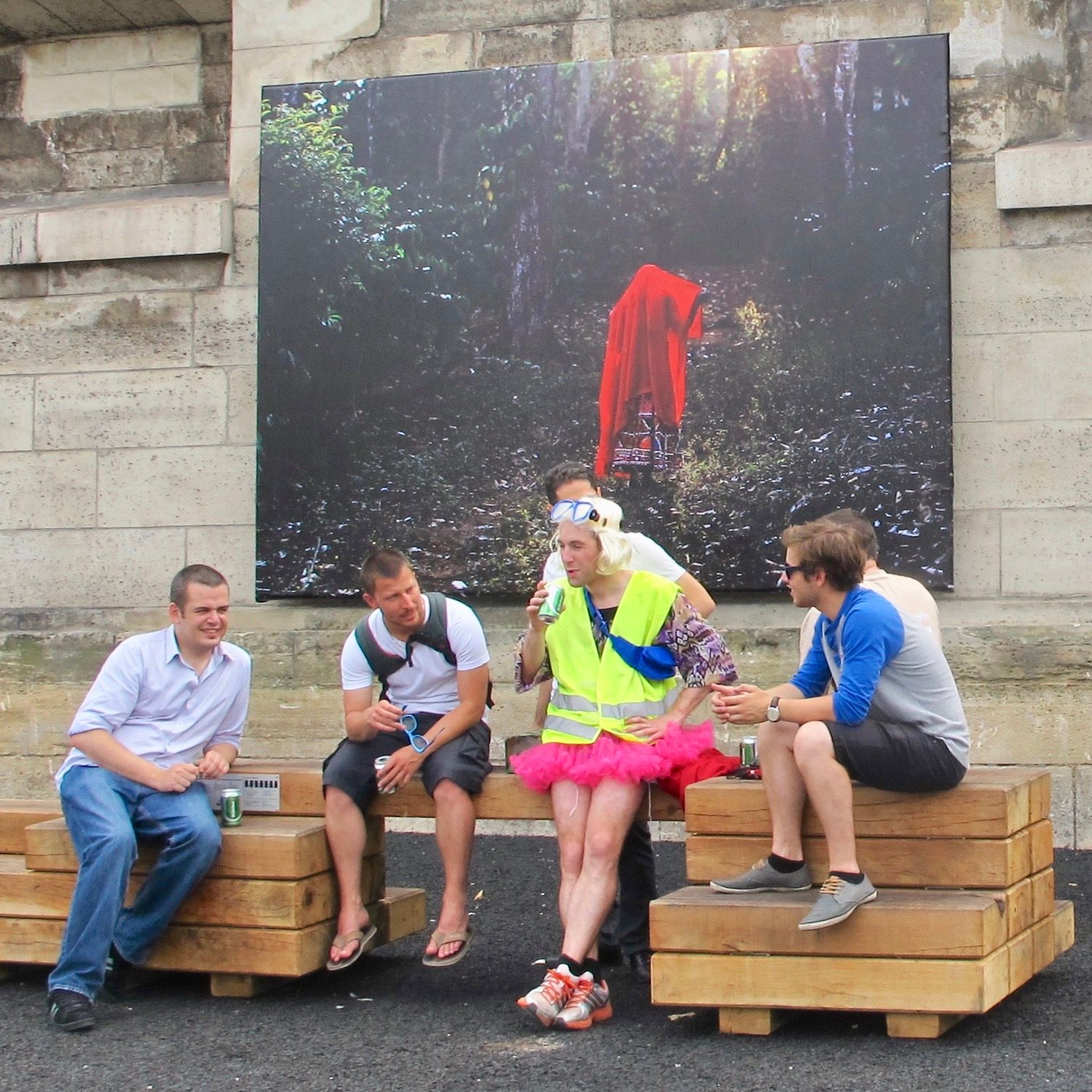
Takeaways
The important thing about public space is that it opens up to let us exist in the full expression of ourselves, and helps us to have that experience alongside others. Though we always aim for public spaces to have a mix of different groups, this article highlights the places in which men seem to feel most comfortable, safe, and able to connect with each other.
Some of the changes we can make to public spaces in order to support this are:
-Places need to reflect all the different needs people might have when they visit: This means giving men space to show affection, gather with one another, bring their pets, or simply have a moment alone
-Creating spaces to sit and perch for conversation, alongside natural gathering points
-Making performances a central part of the way a place is programmed
-Ensuring that spaces are family-friendly and forge inter-generational bonds
-Giving visitors places where they can rest and relax
-Providing spaces and equipment for sports, games, and other group activities (as well as for an audience enjoying the show)
-Core points for interactions can include features like sculptures or bollards that inspire conversation
Gathering with our friends
This is a photo of Fred with friends Jan Gehl (center) and Alexander Garvin (left) – three men who spent their careers studying how to make public spaces work better for people – hanging out in a Copenhagen public space.
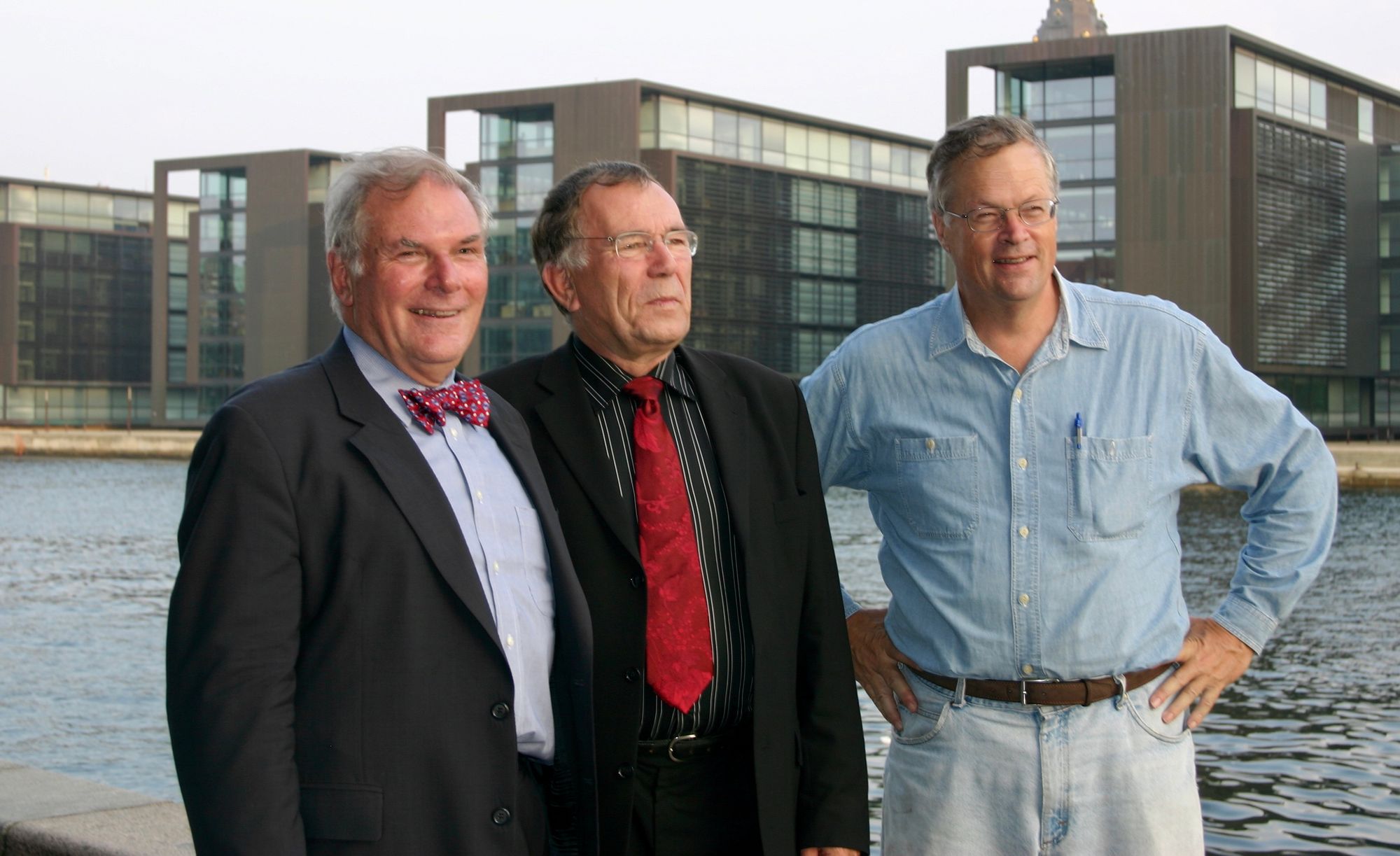
Resources
Other articles in the series Social Life for All:
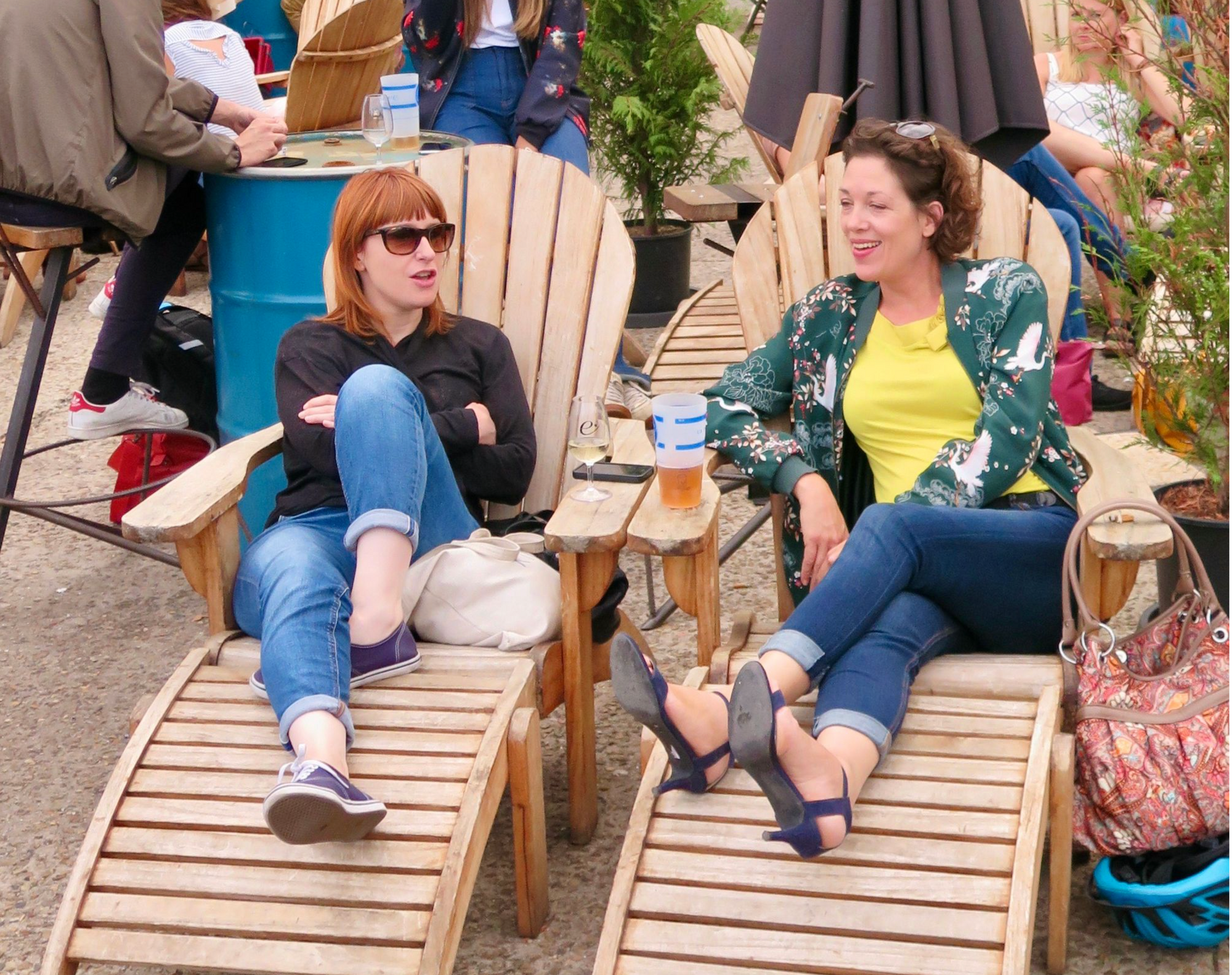
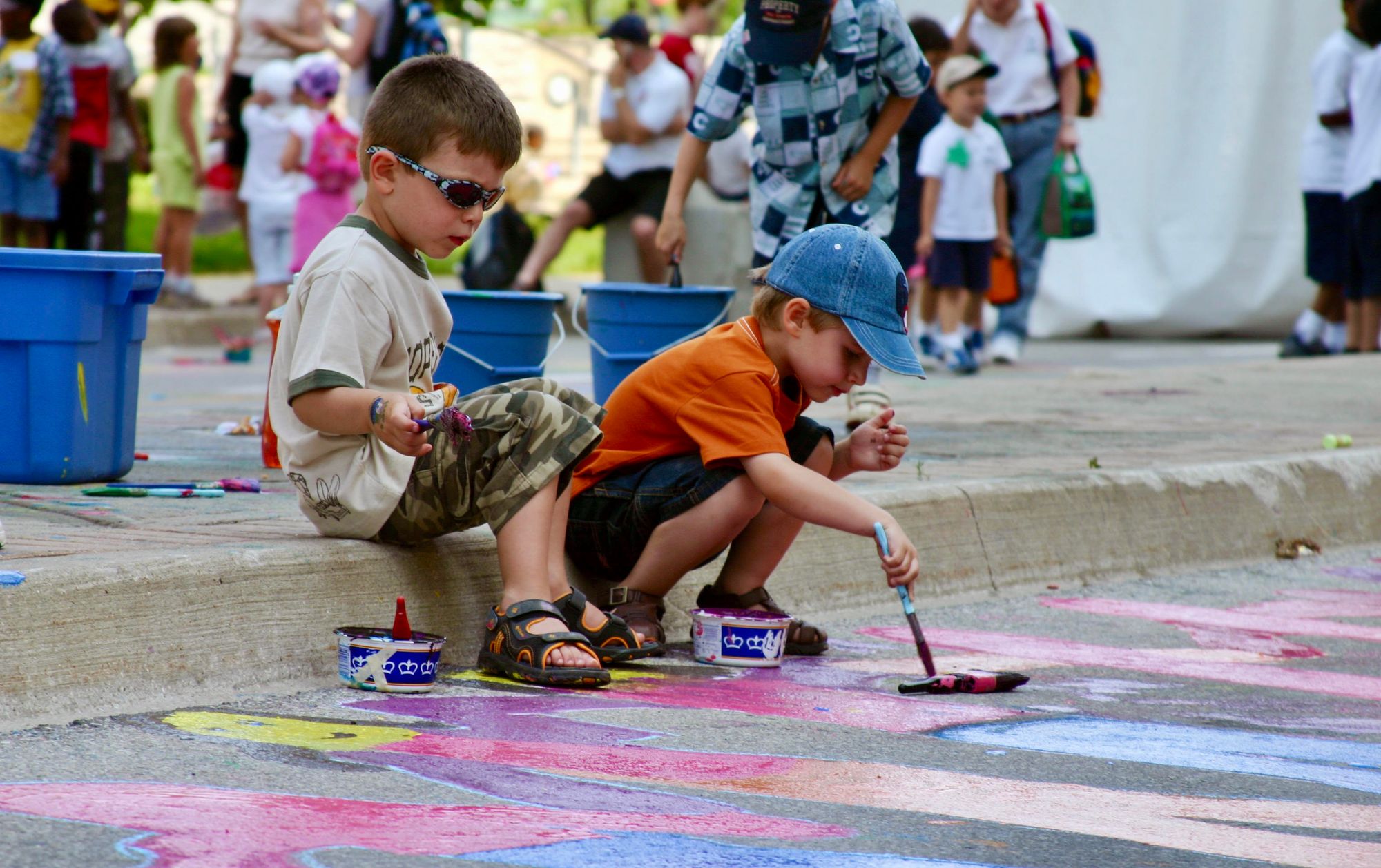
On The Placemaking Movement:
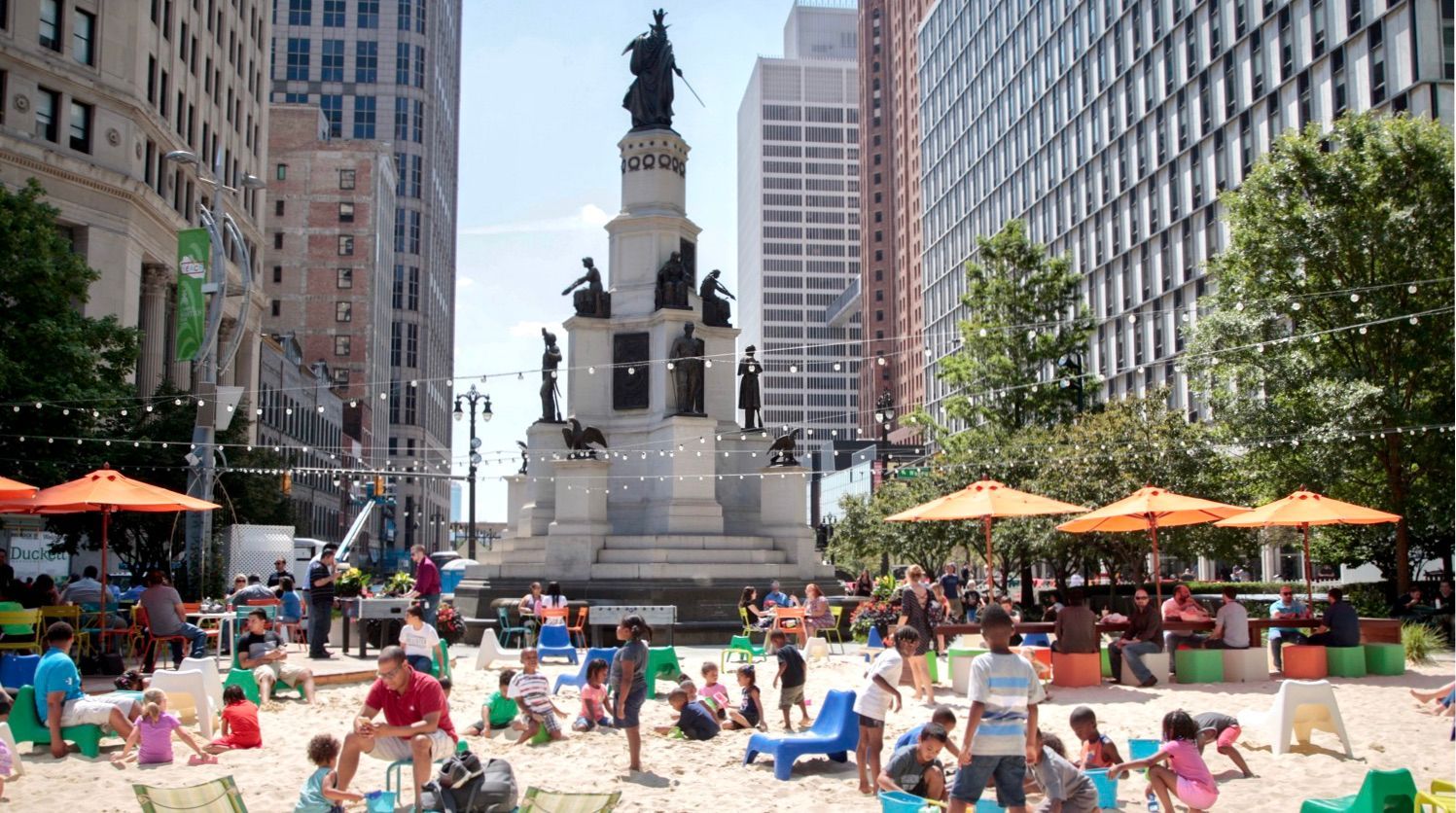

Who We Are
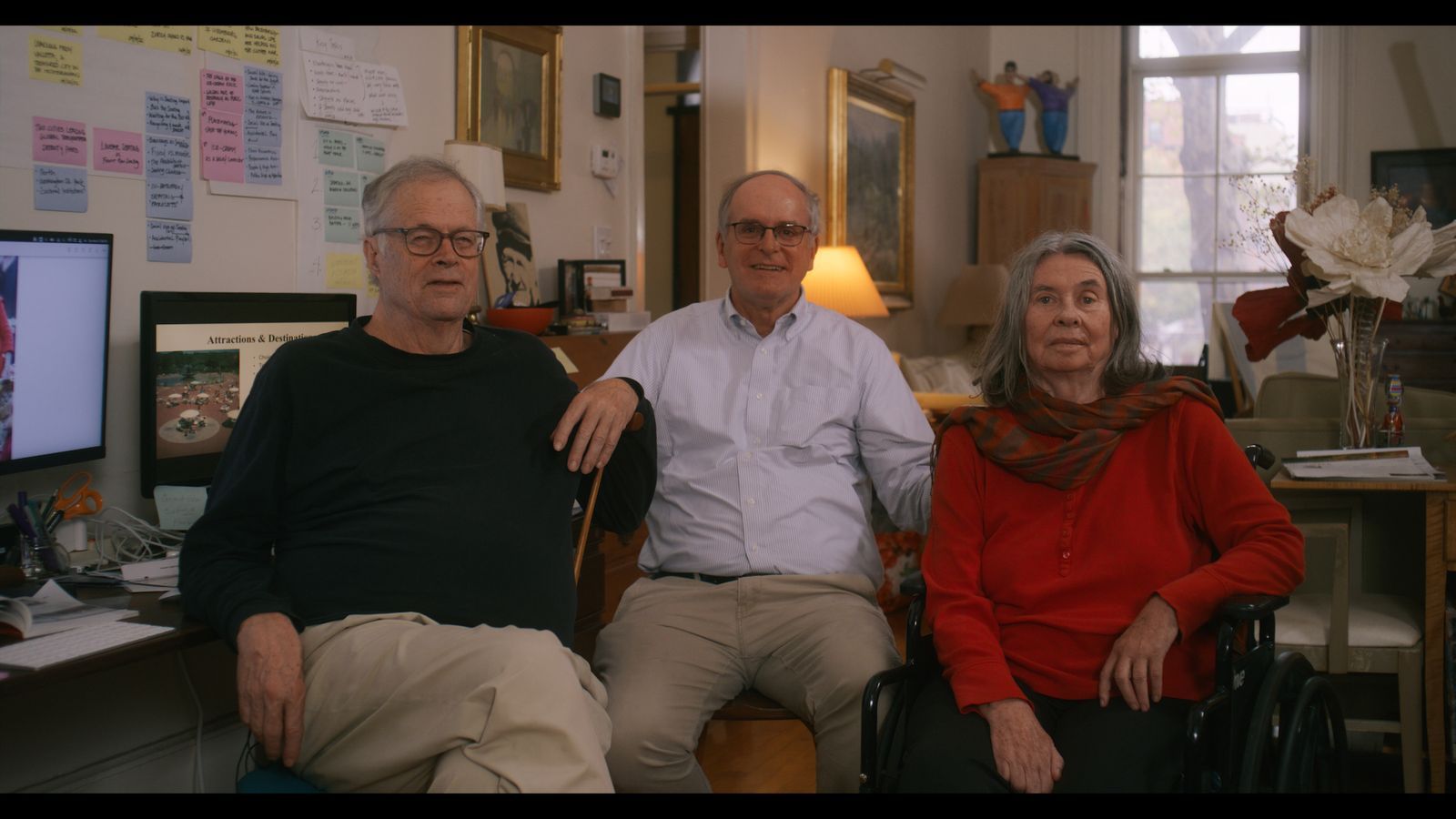
If you are interested in our helping to build a community-wide campaign or catalytic interventions, presentations, exhibits, and more or supporting the cause contact us.
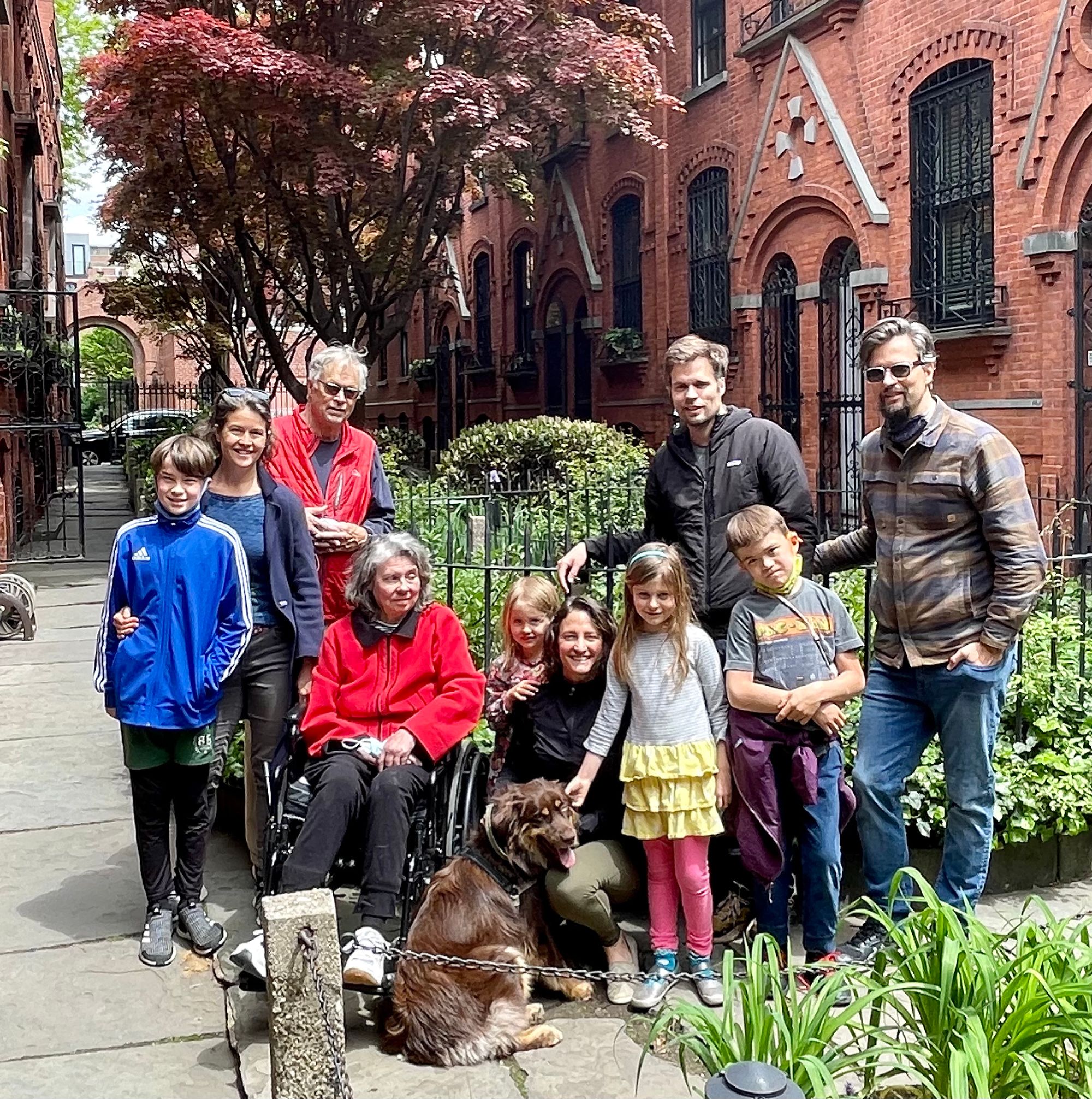
"There are more and more of us fighting for a different vision of the world—a world that takes care of our most precious resources: the air we breathe, the water we drink and the places we share." -Mayor of Paris, France







